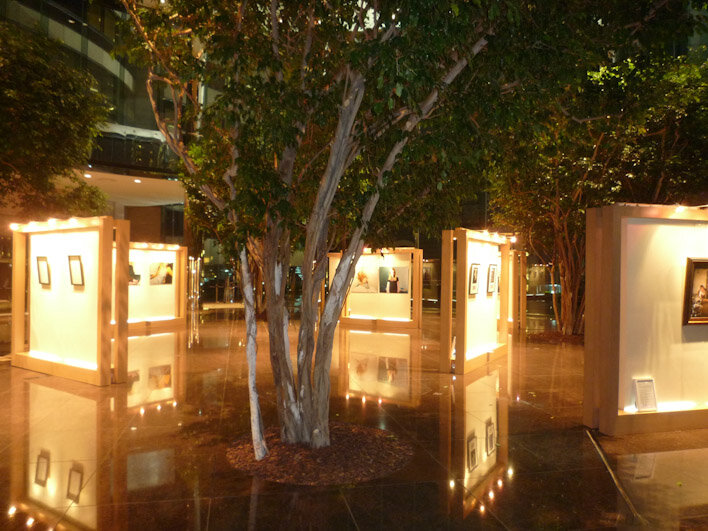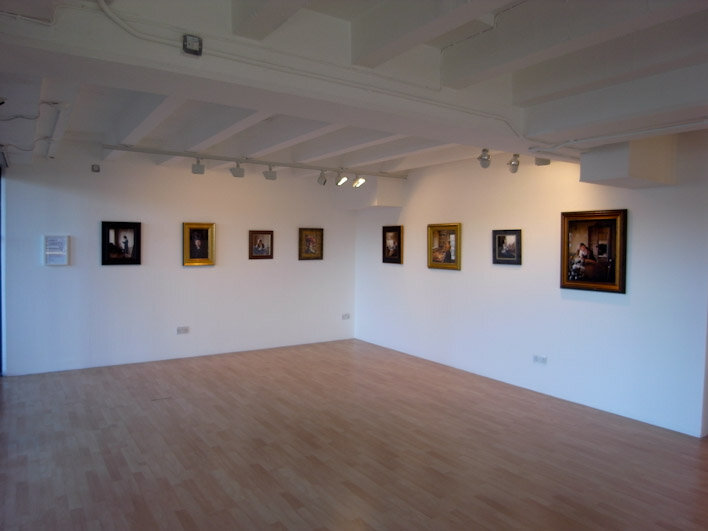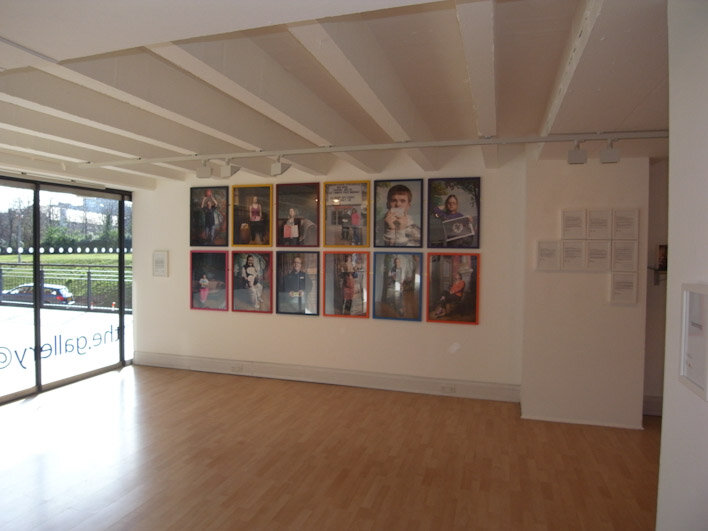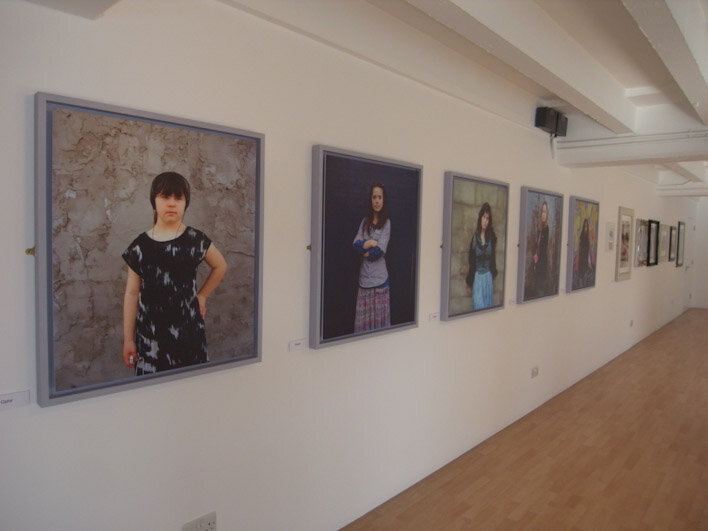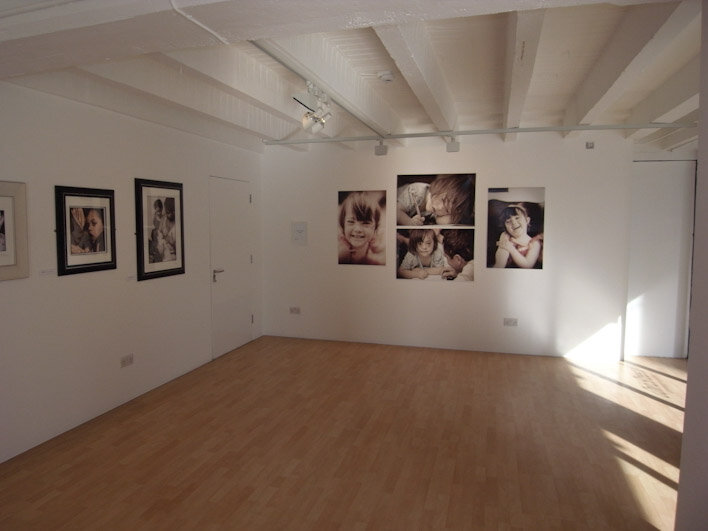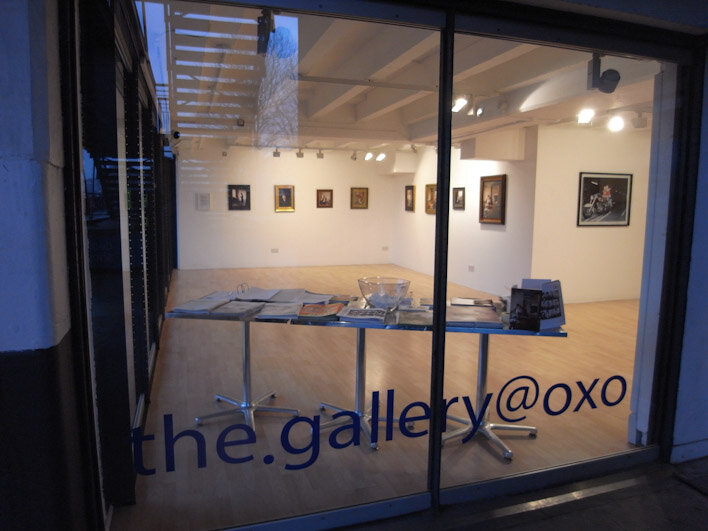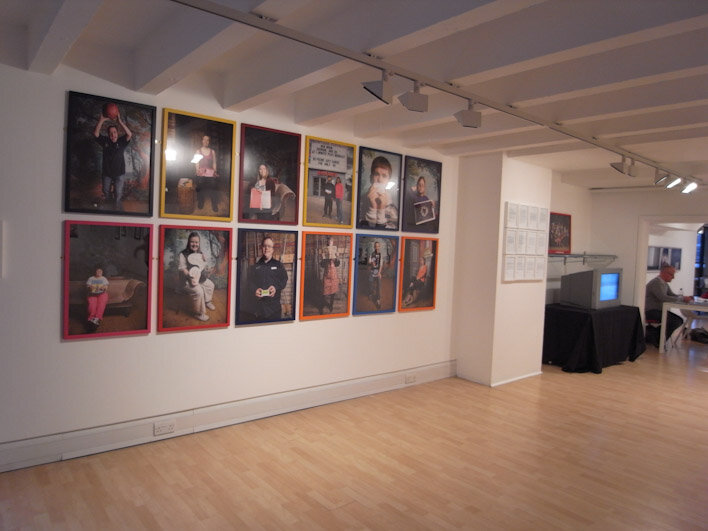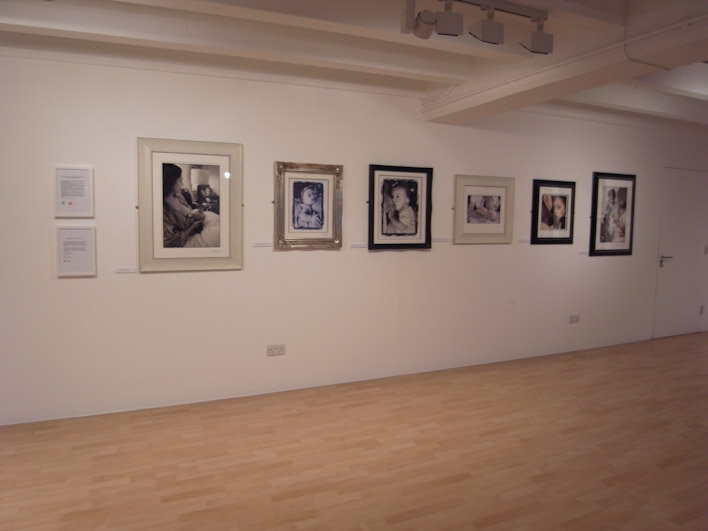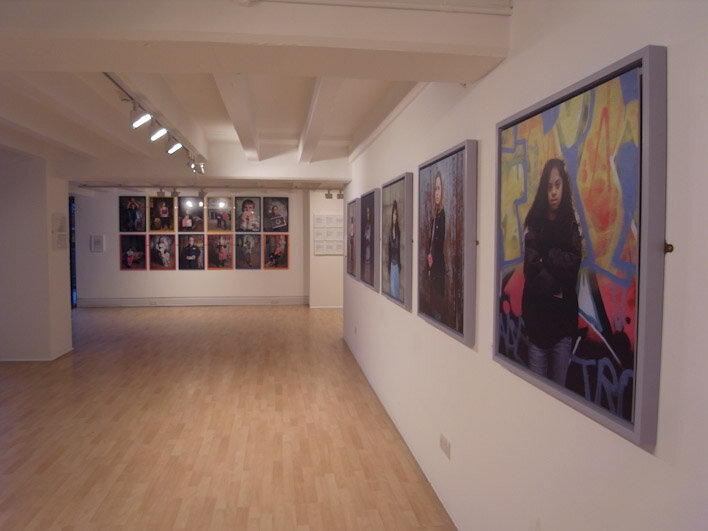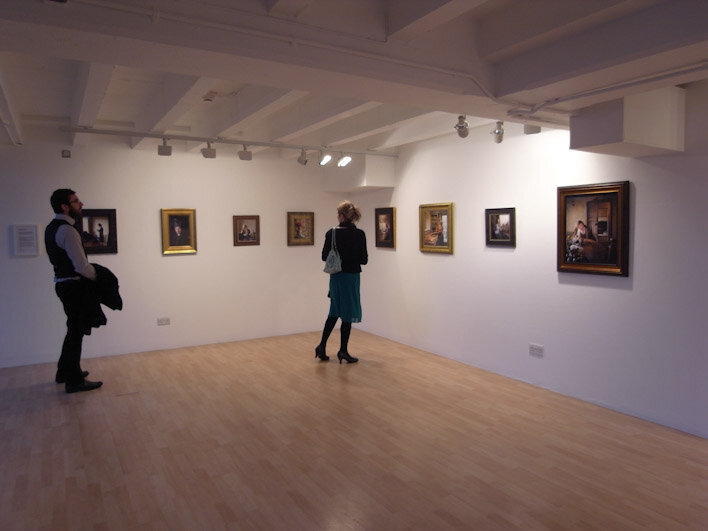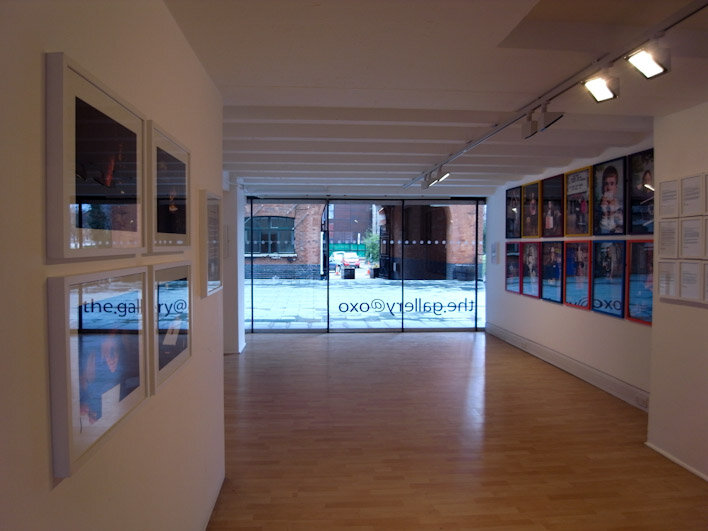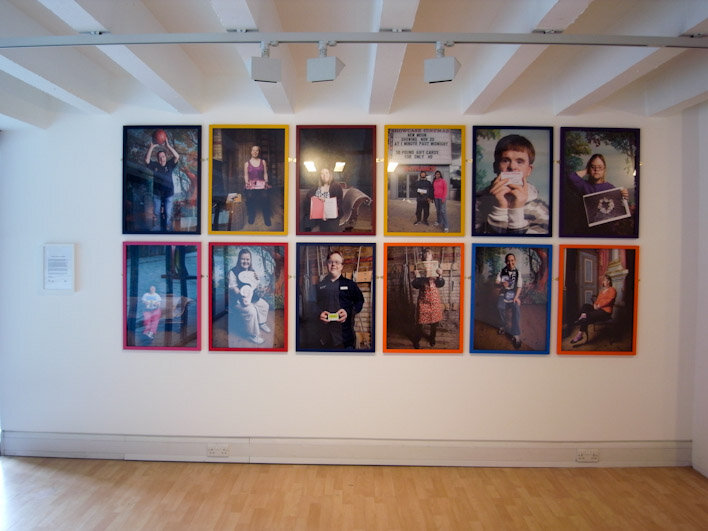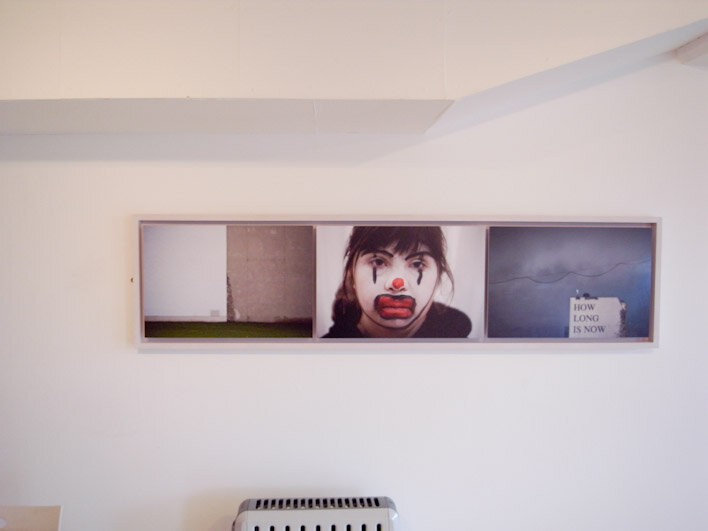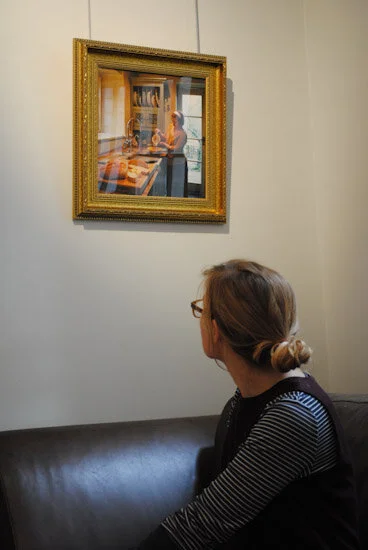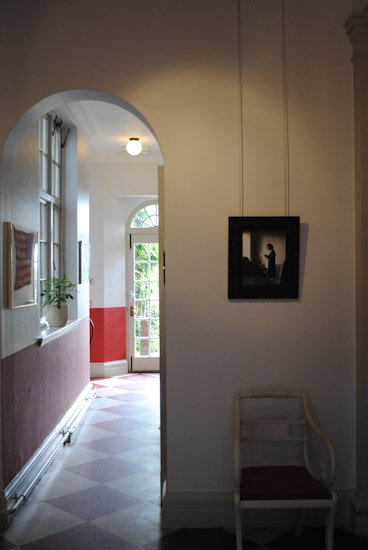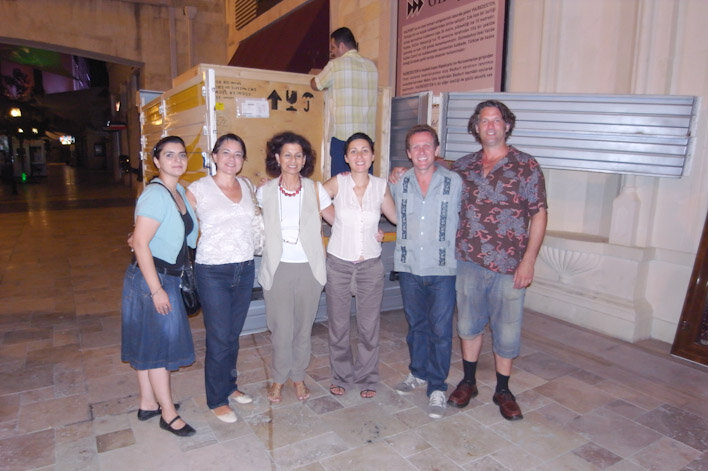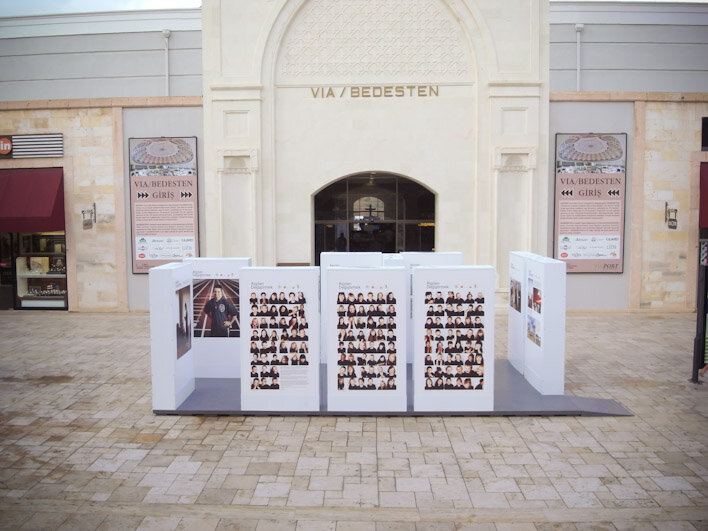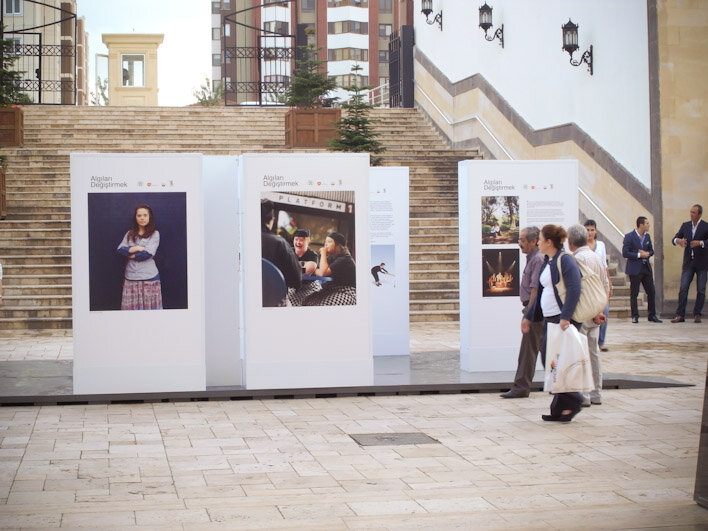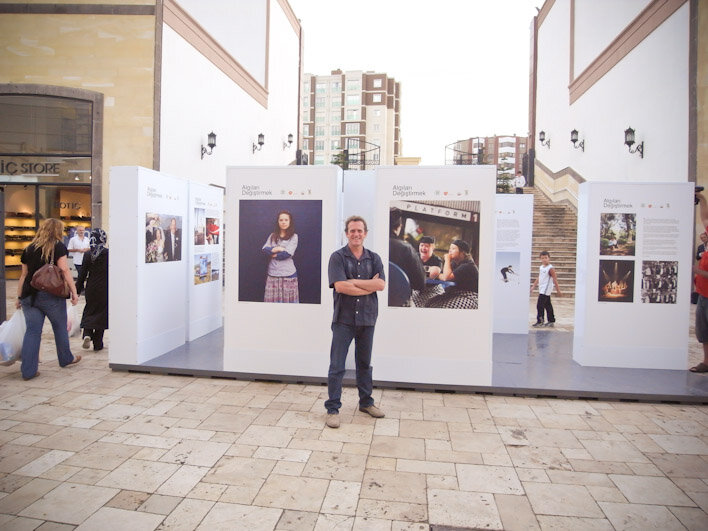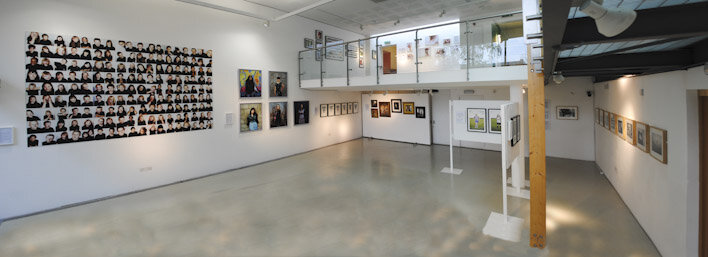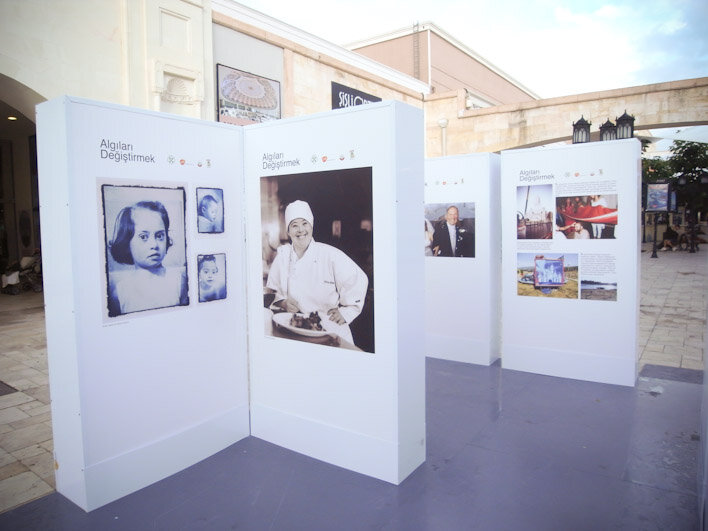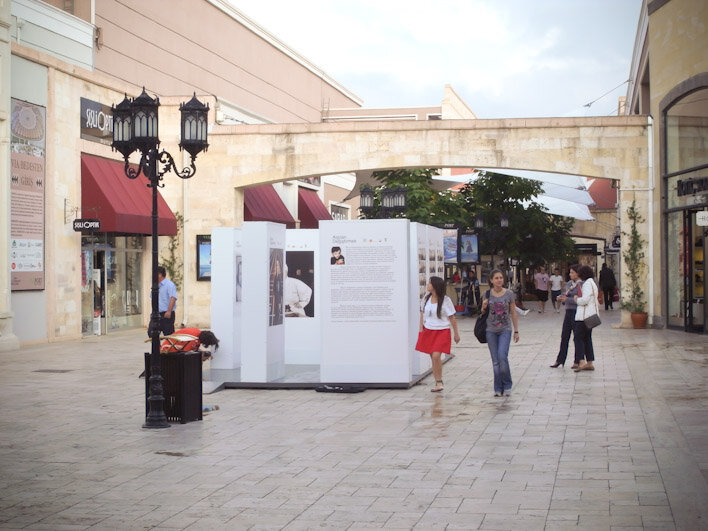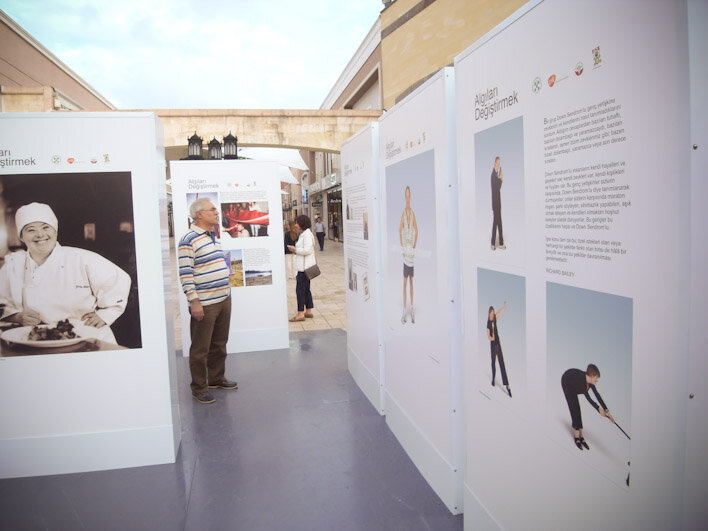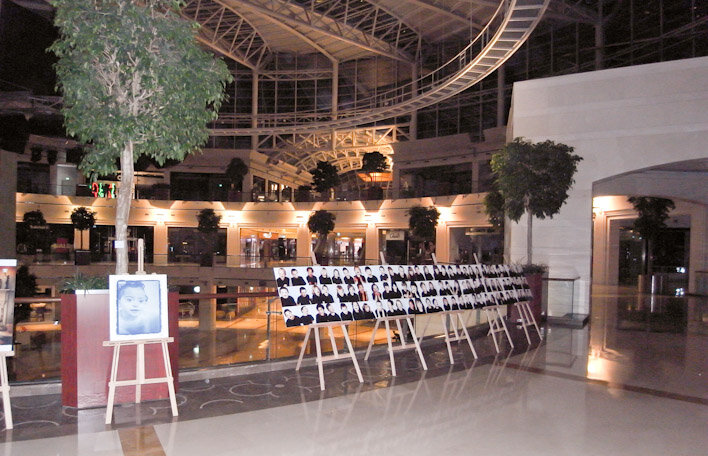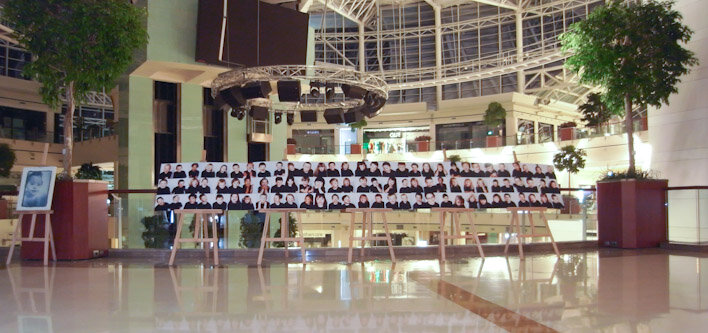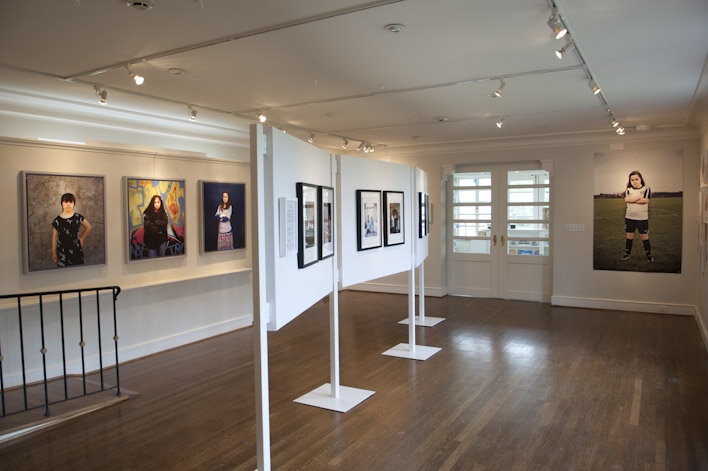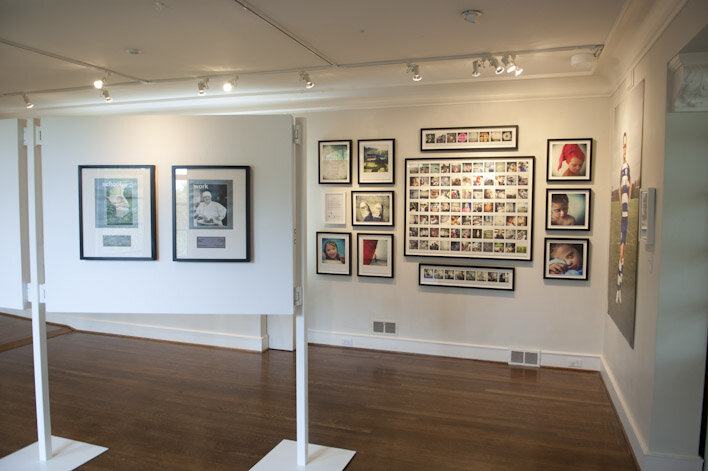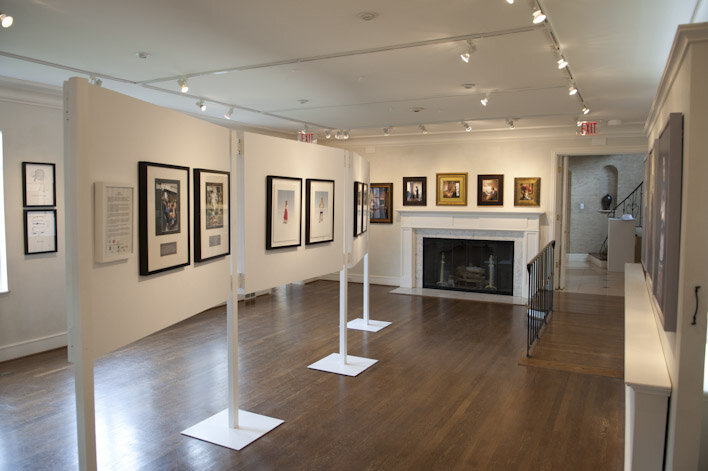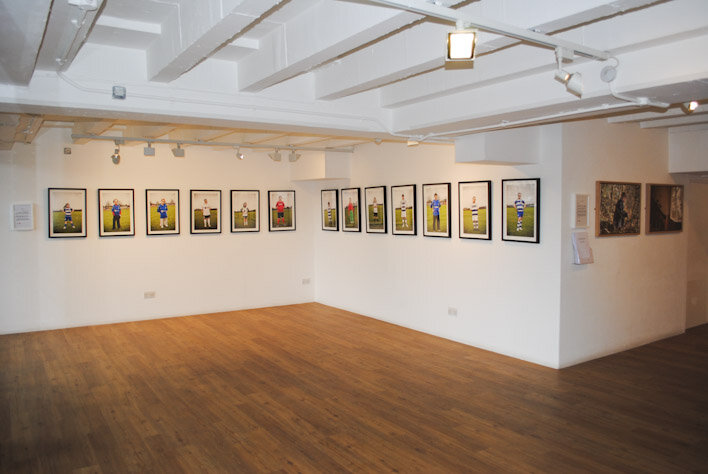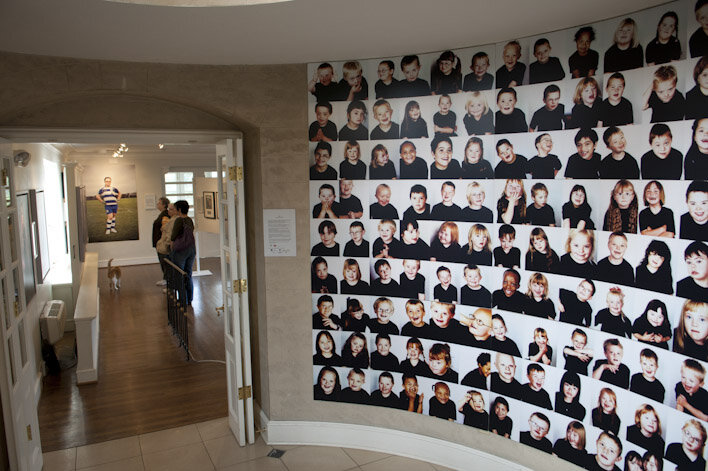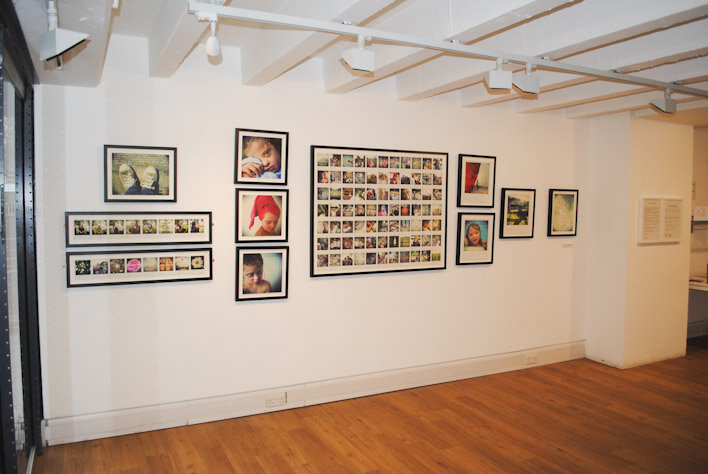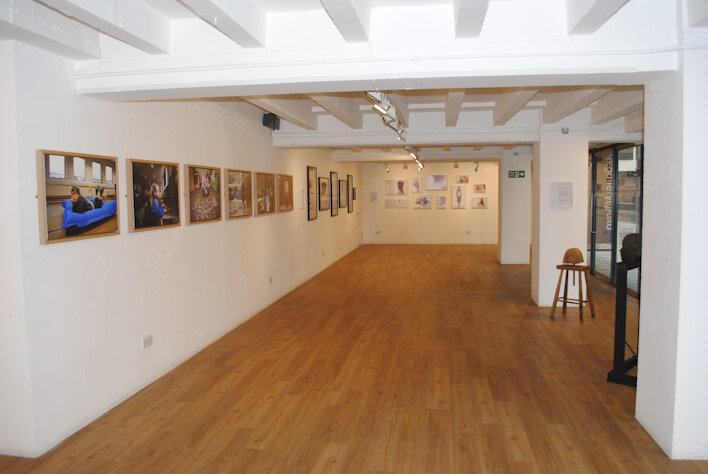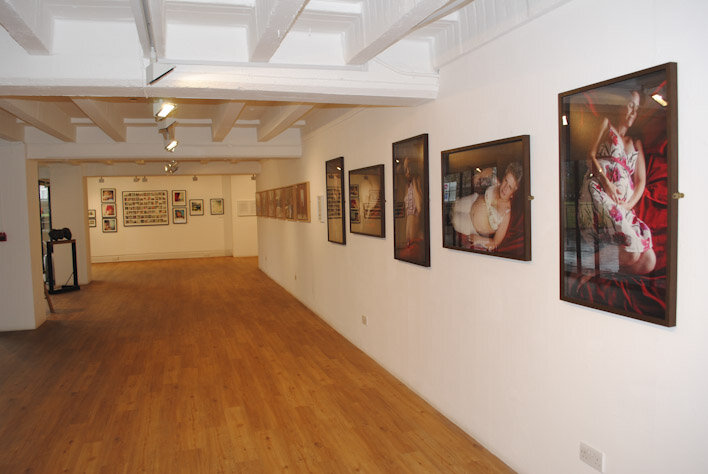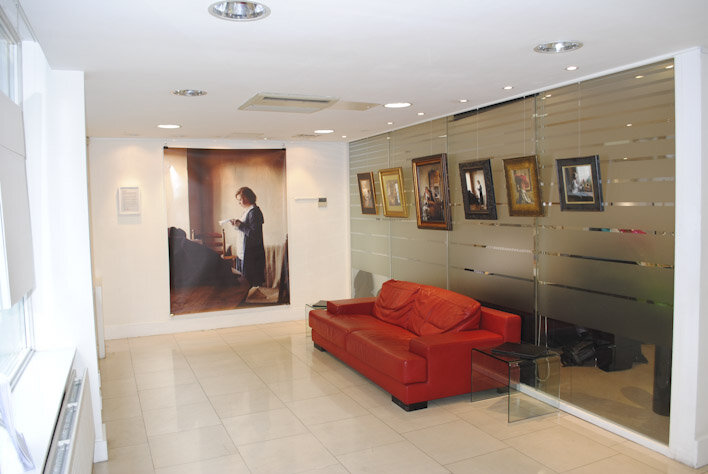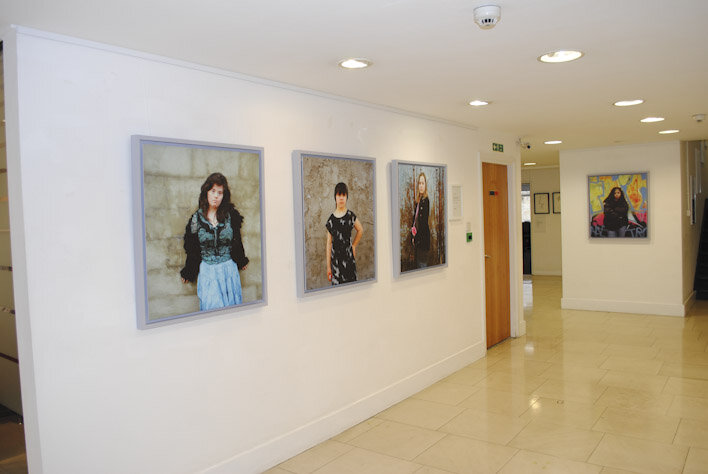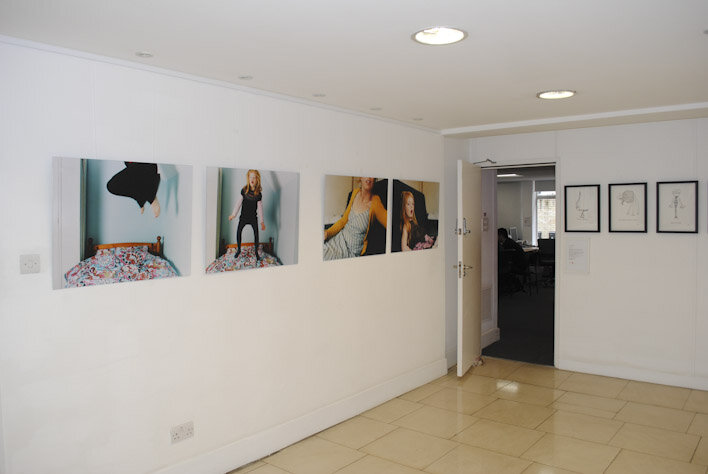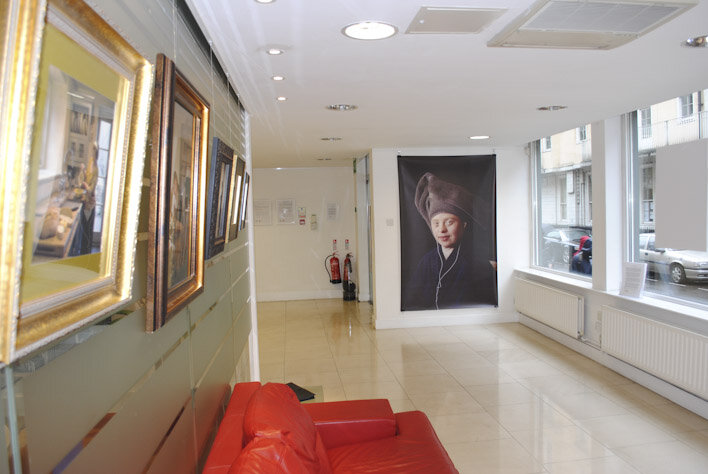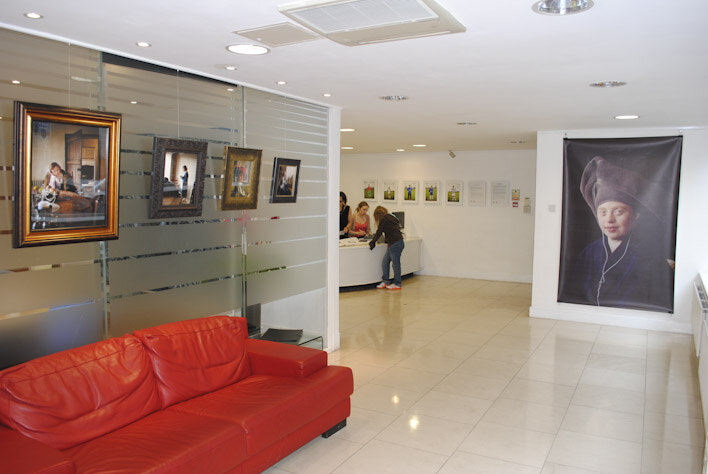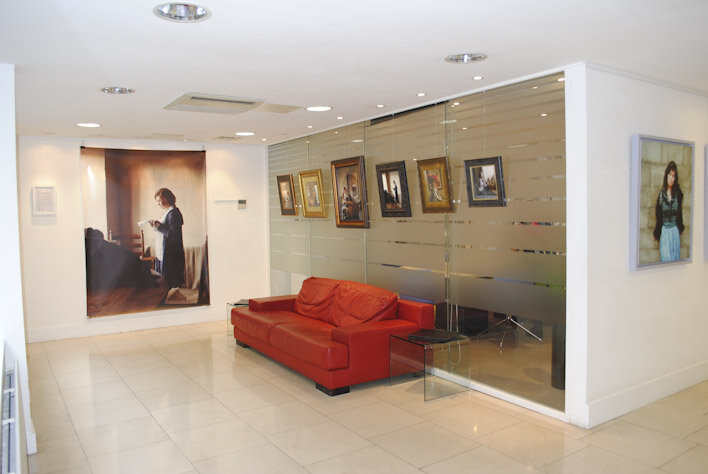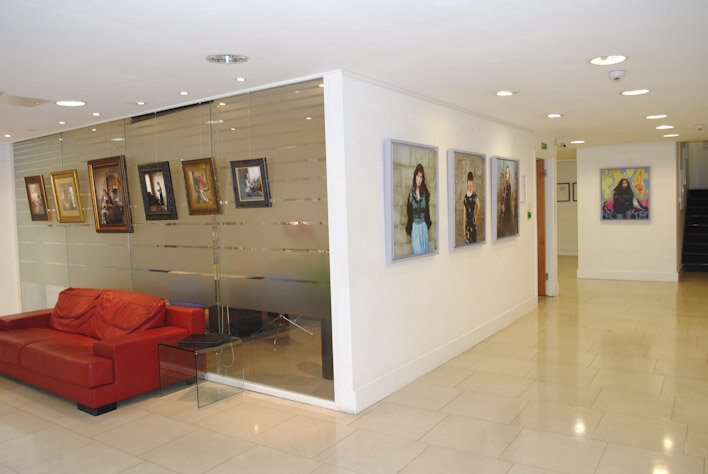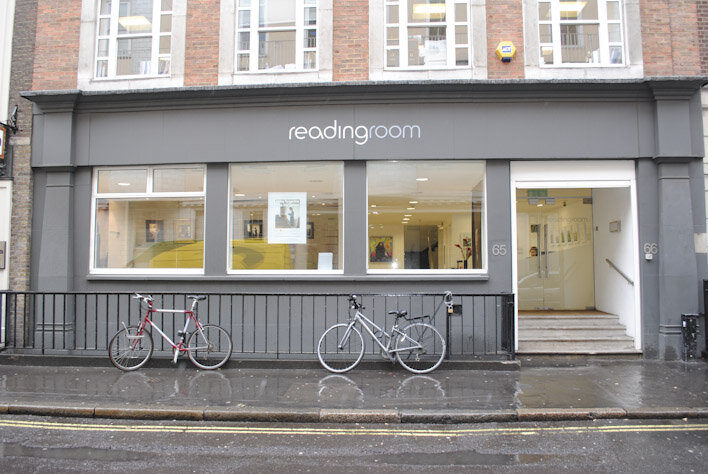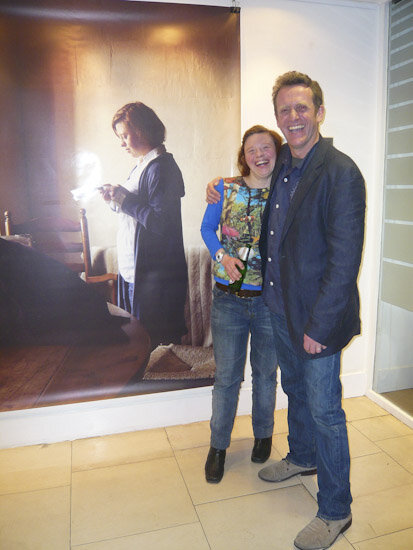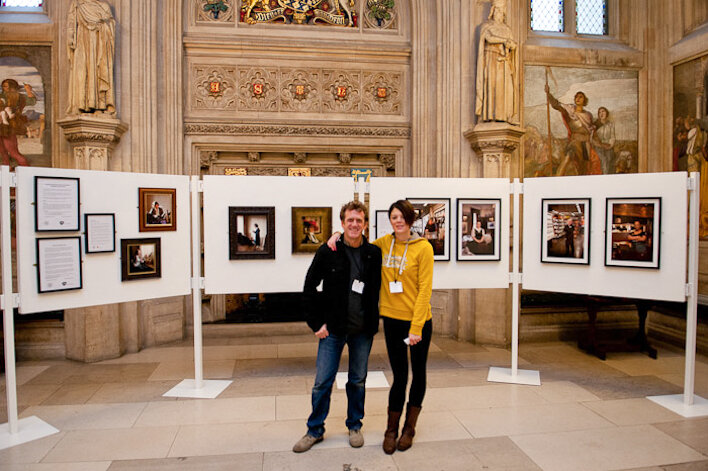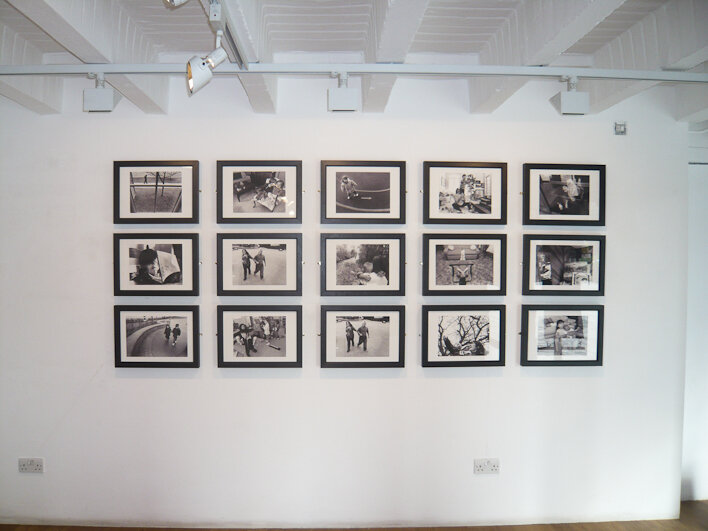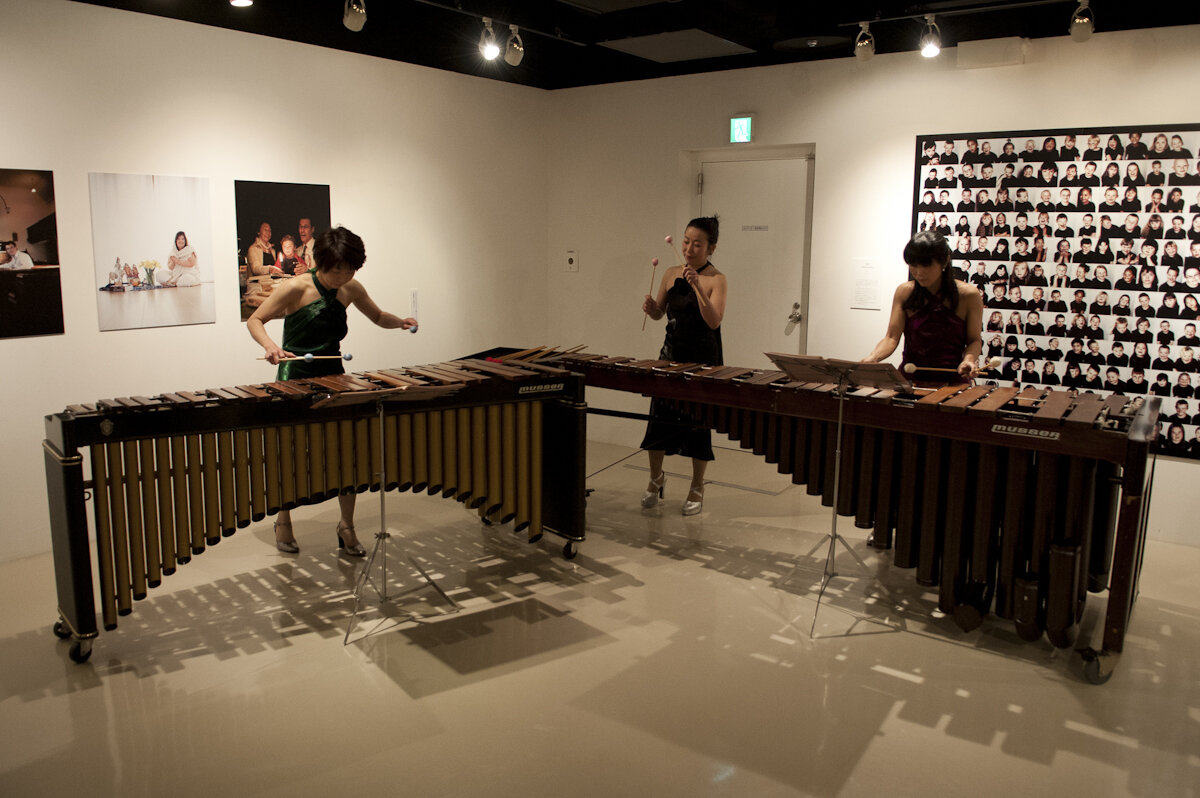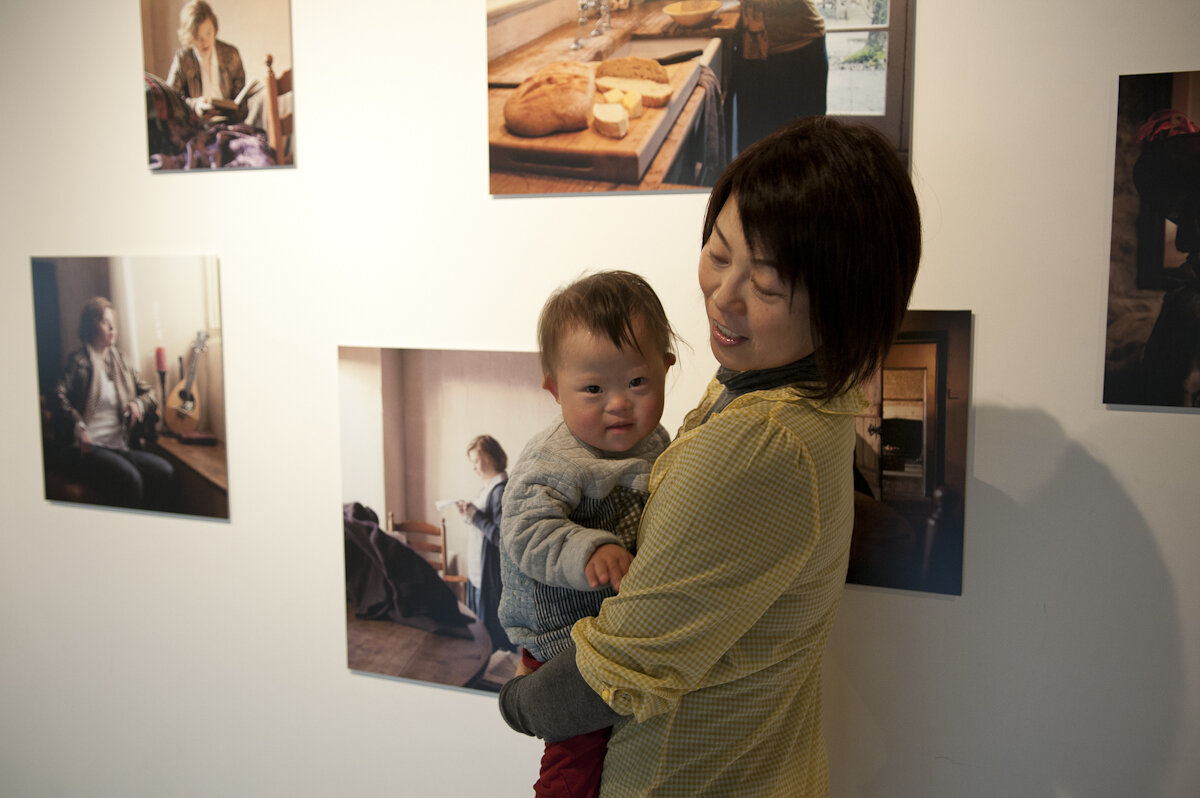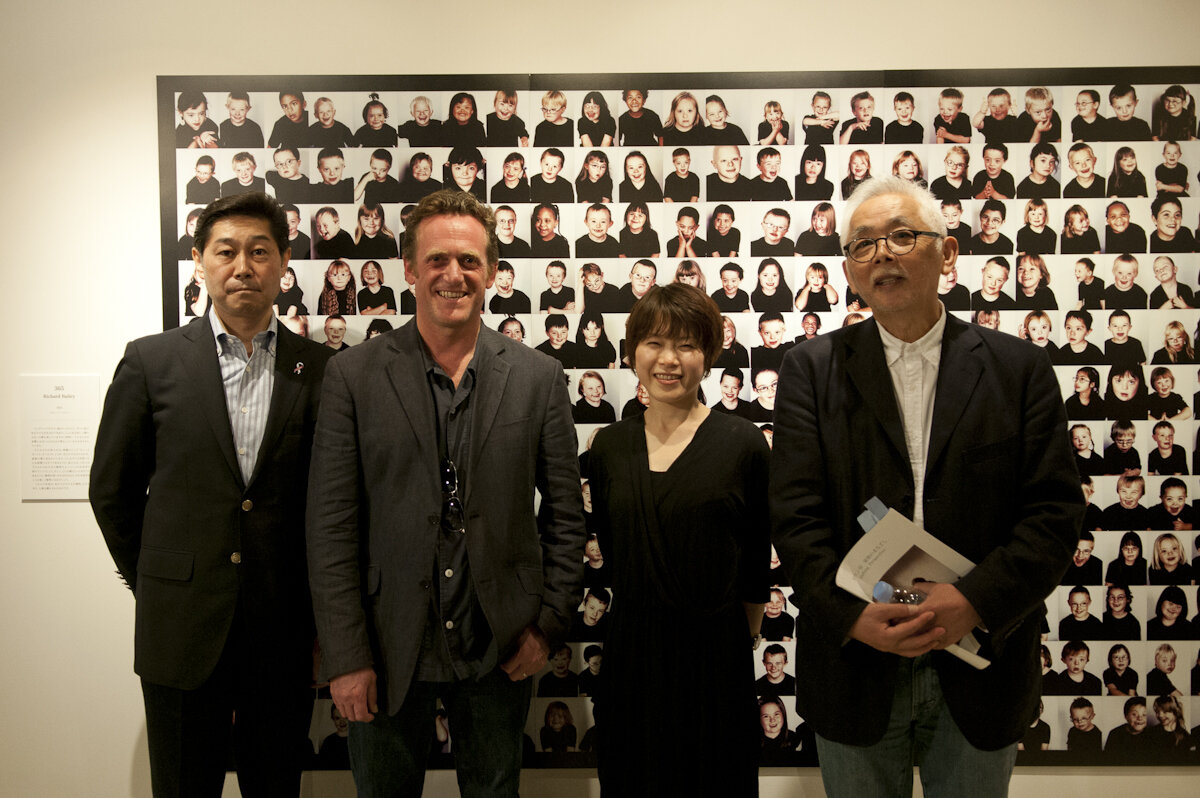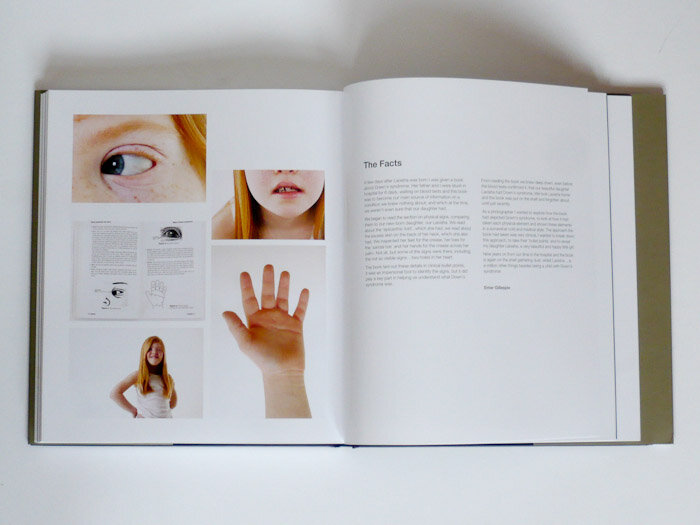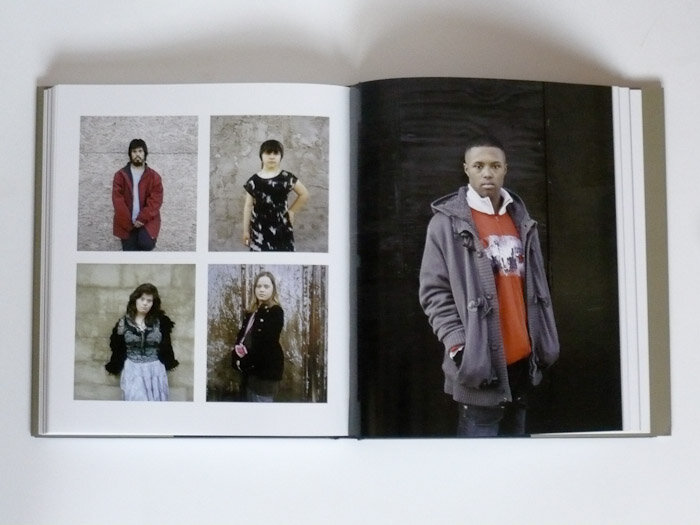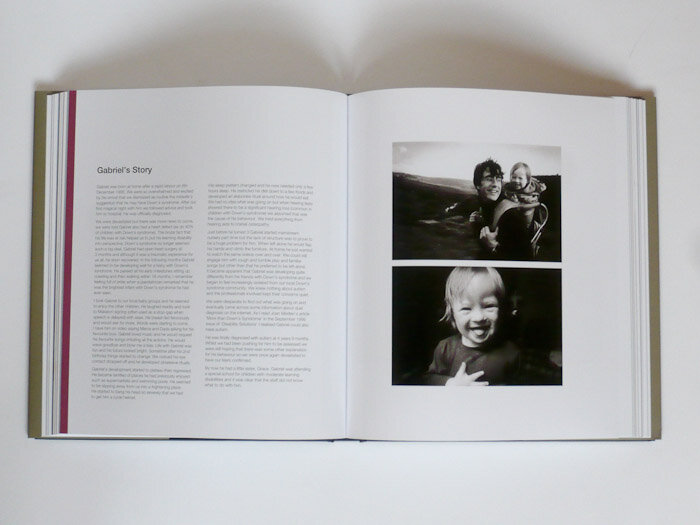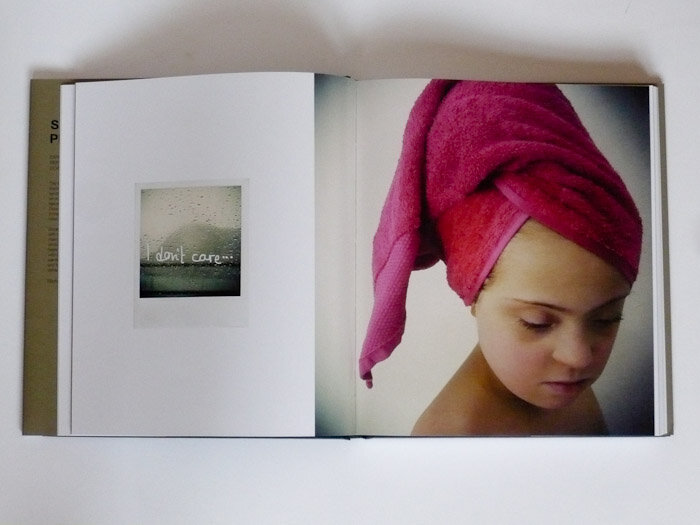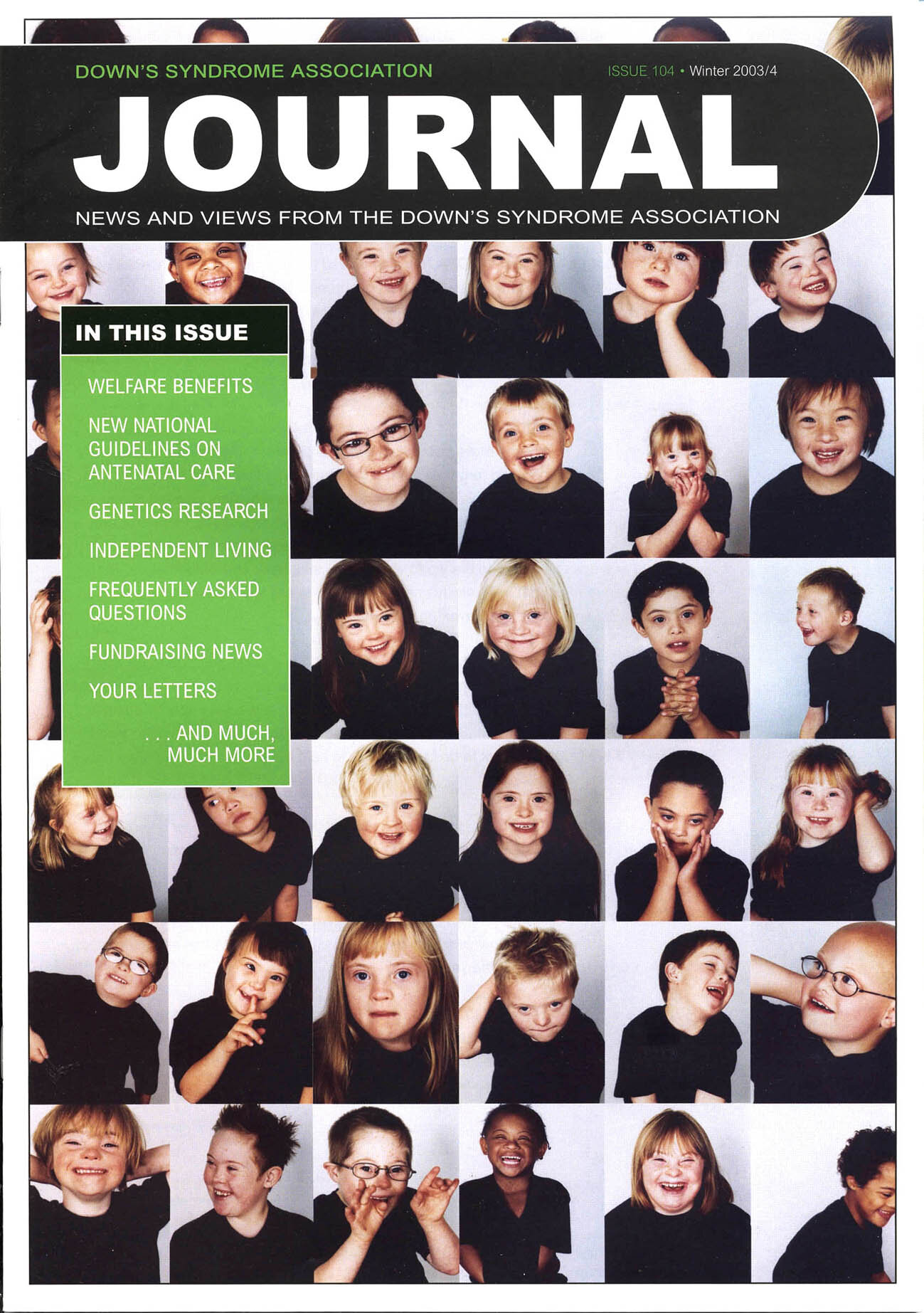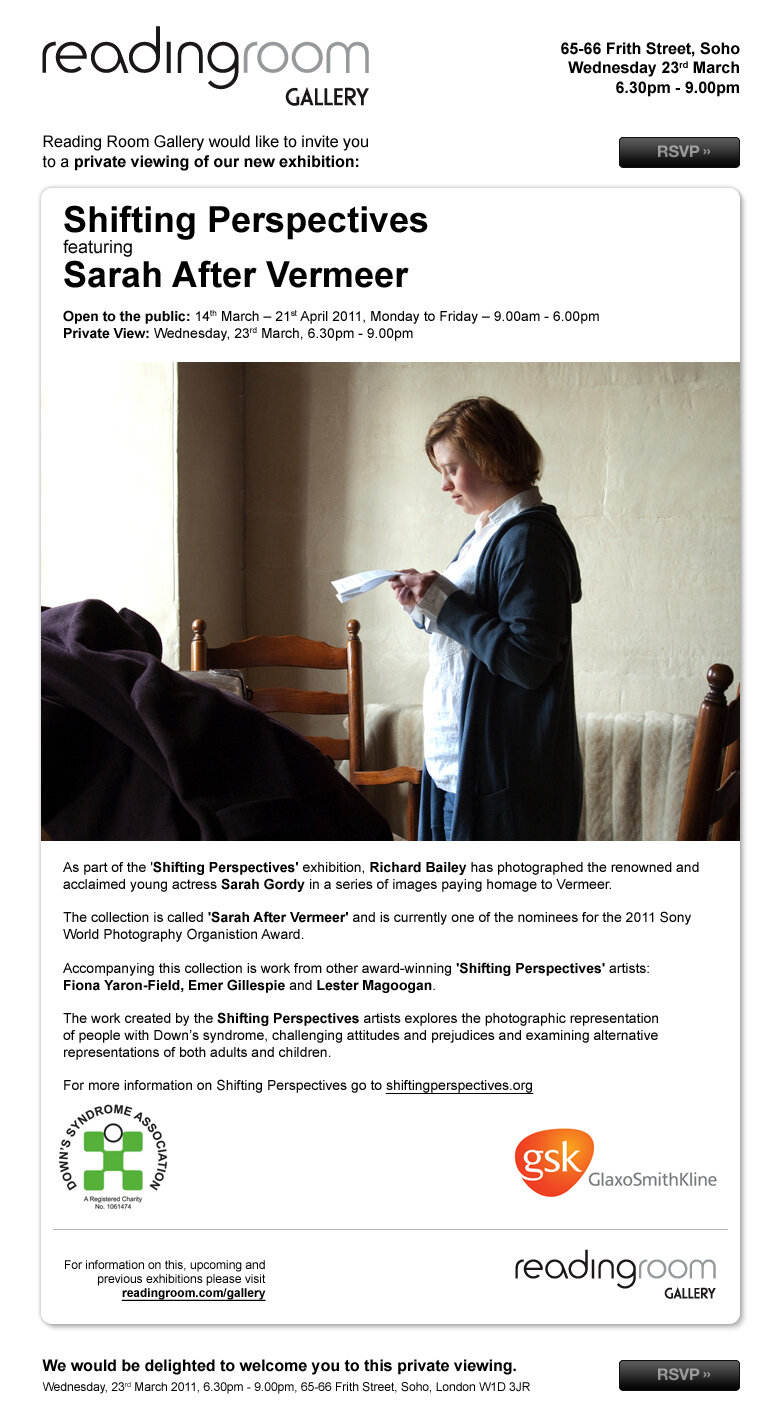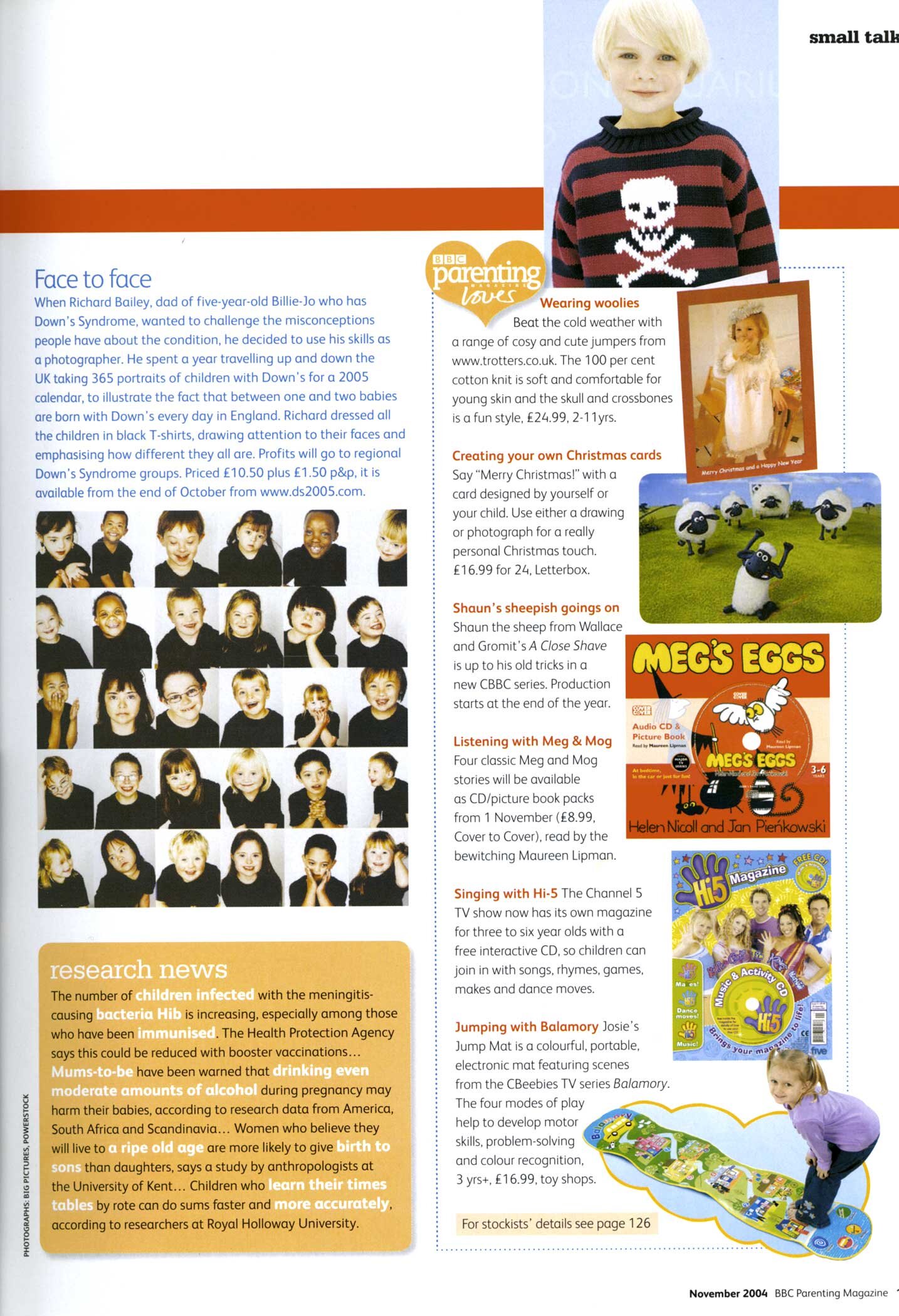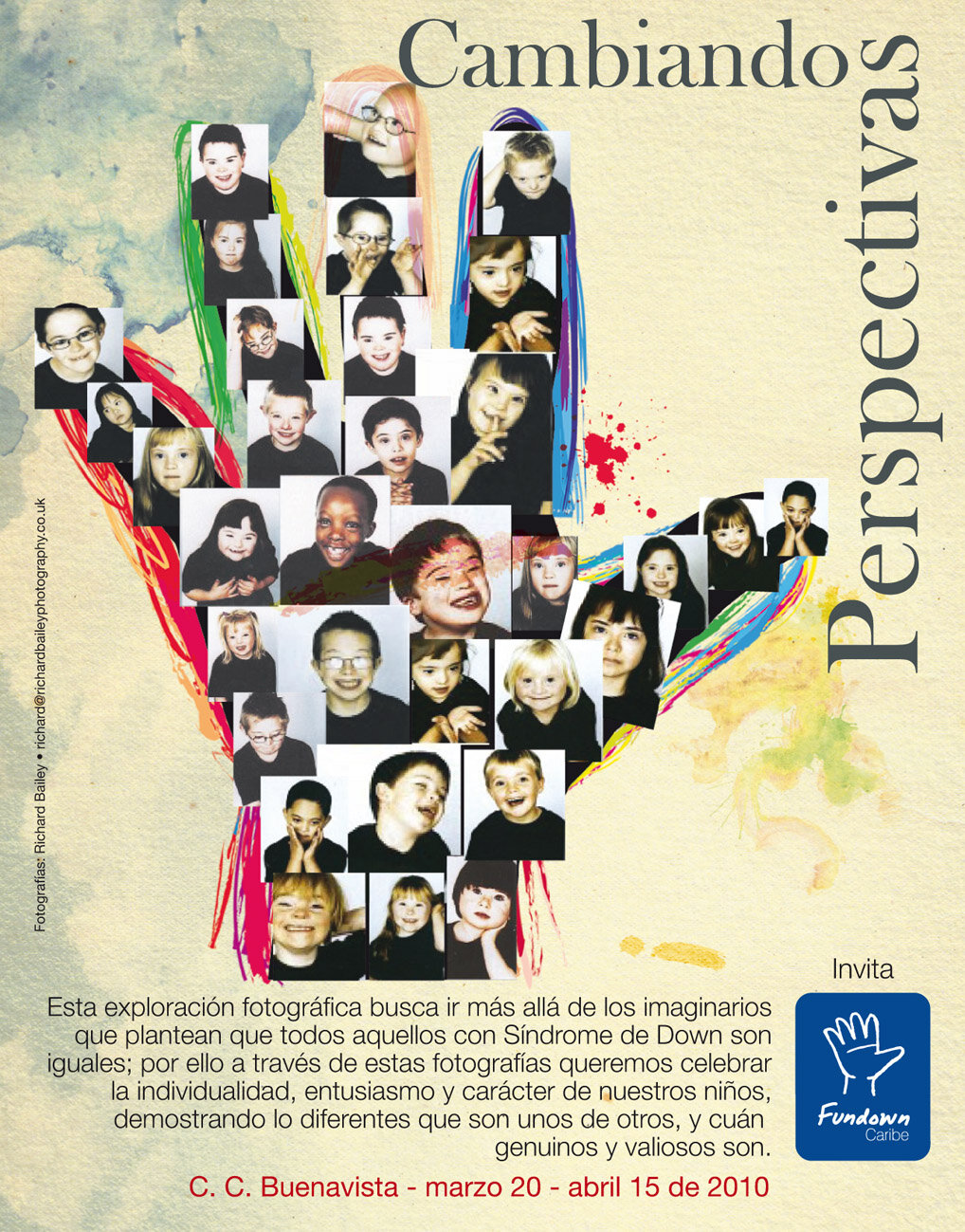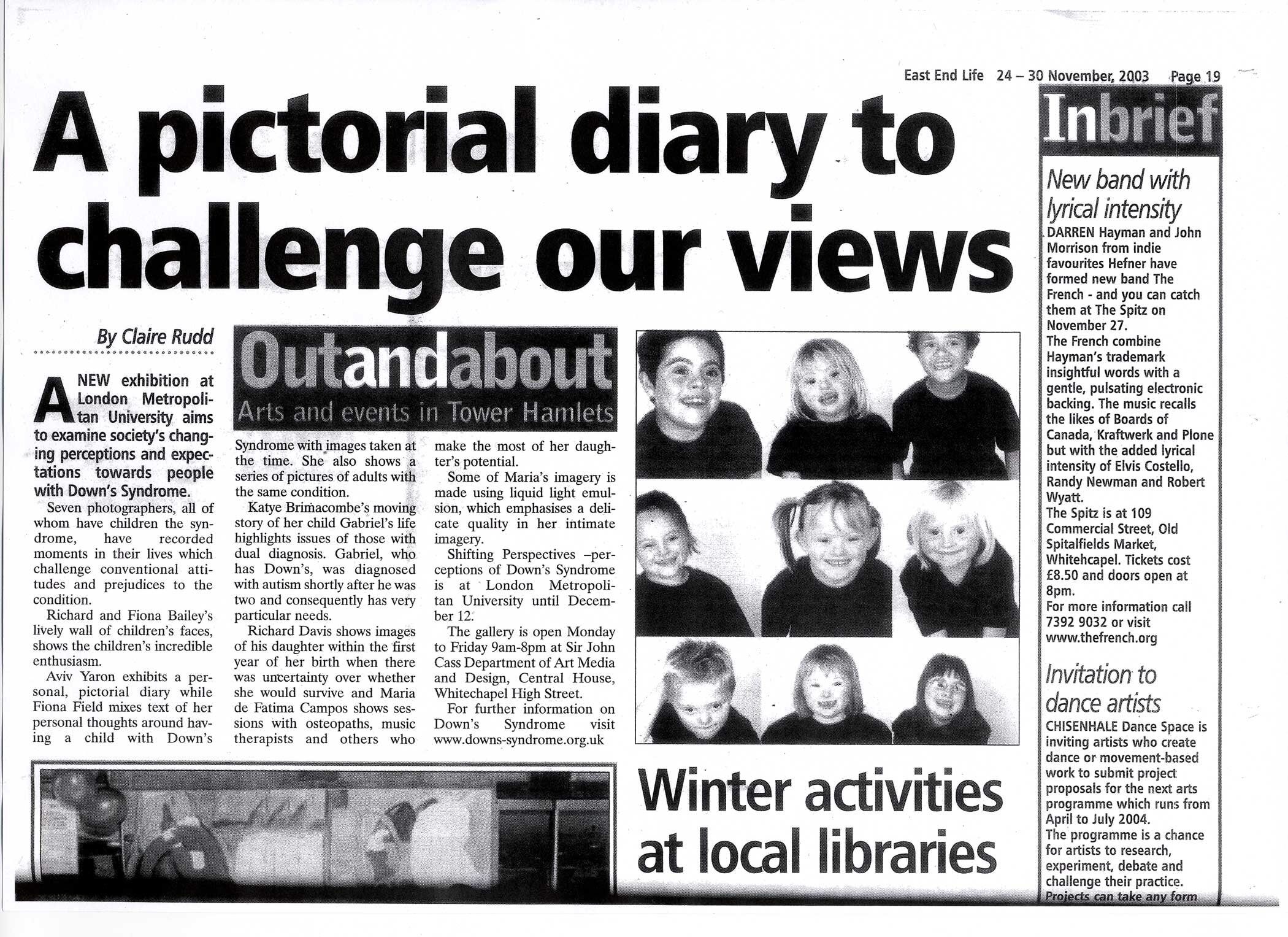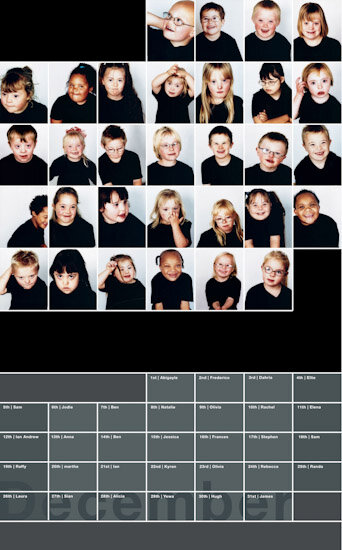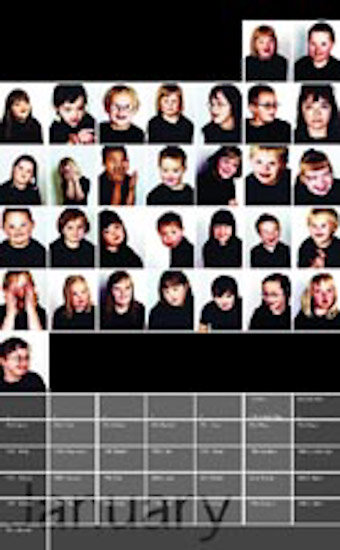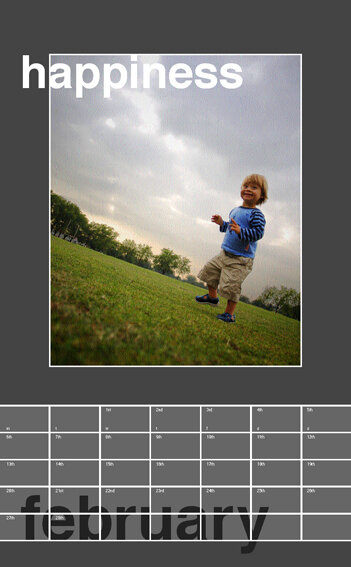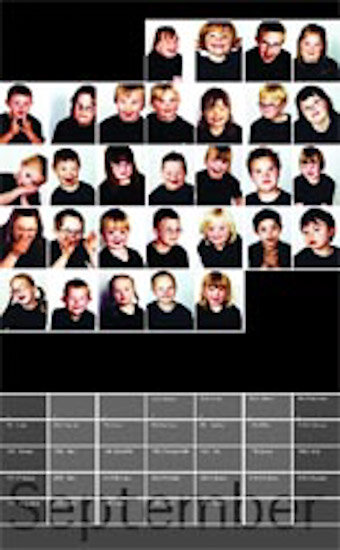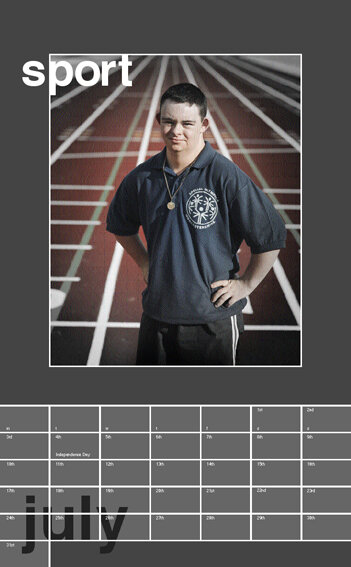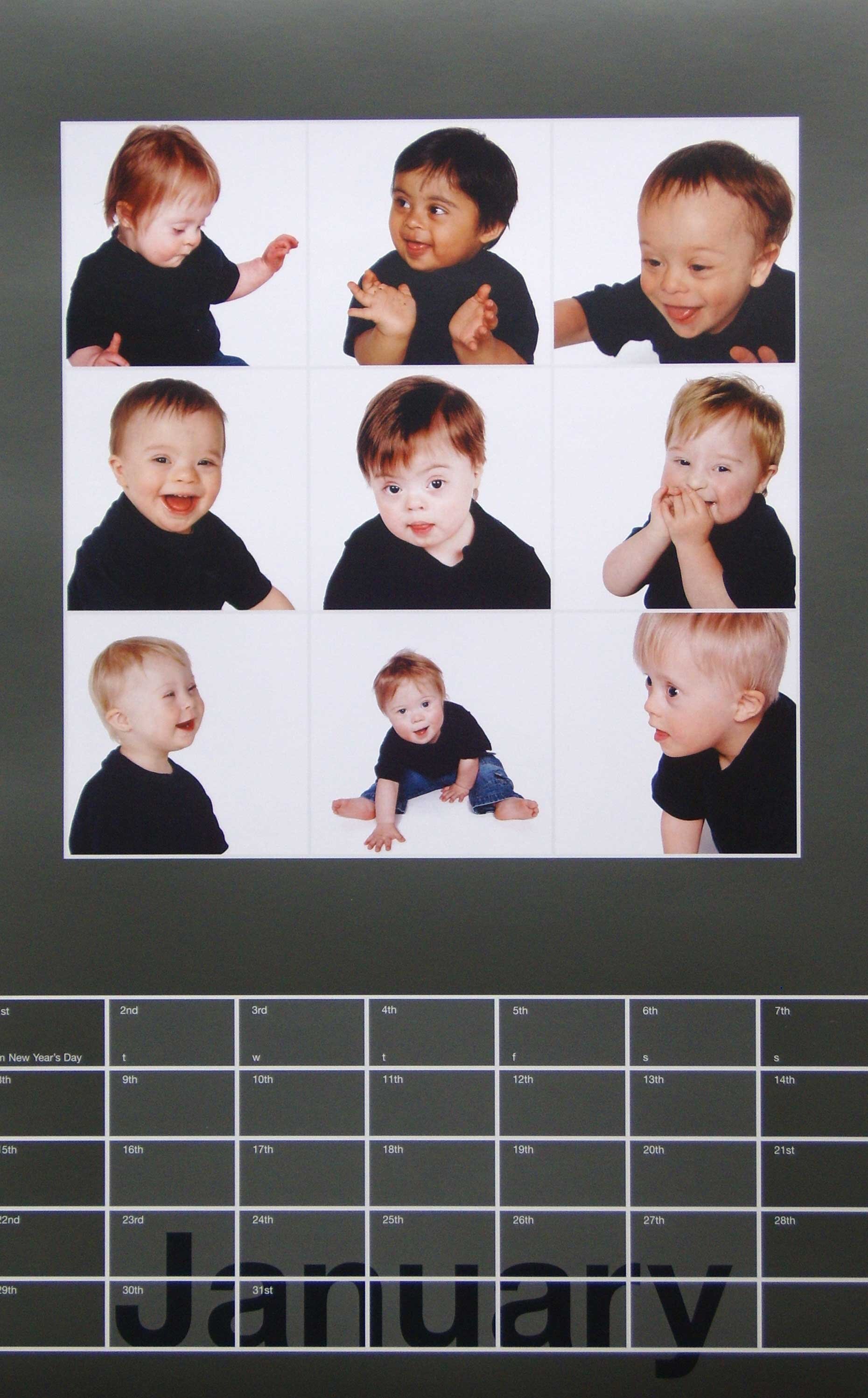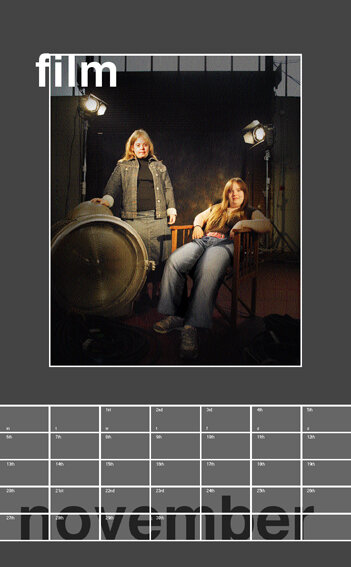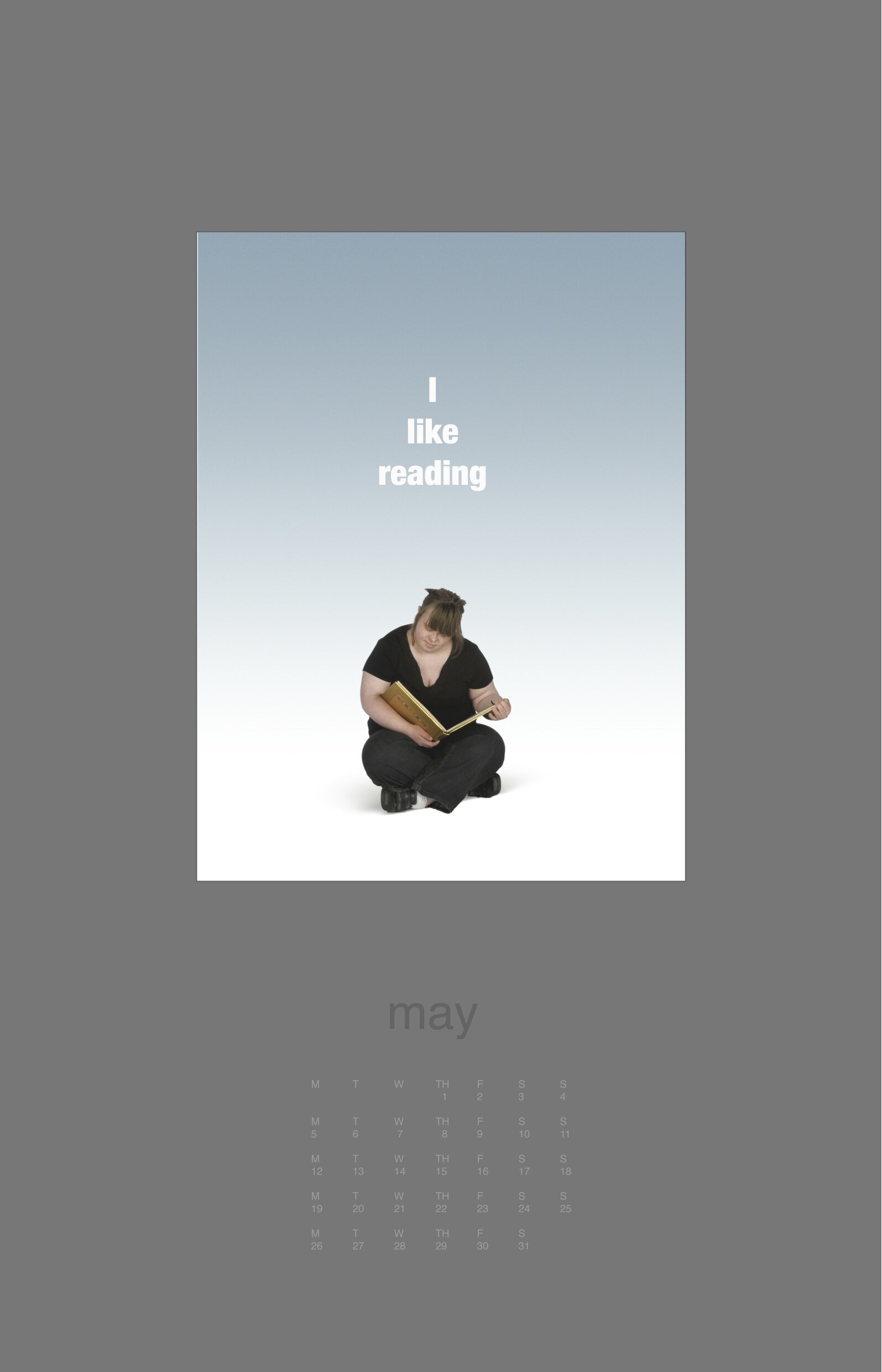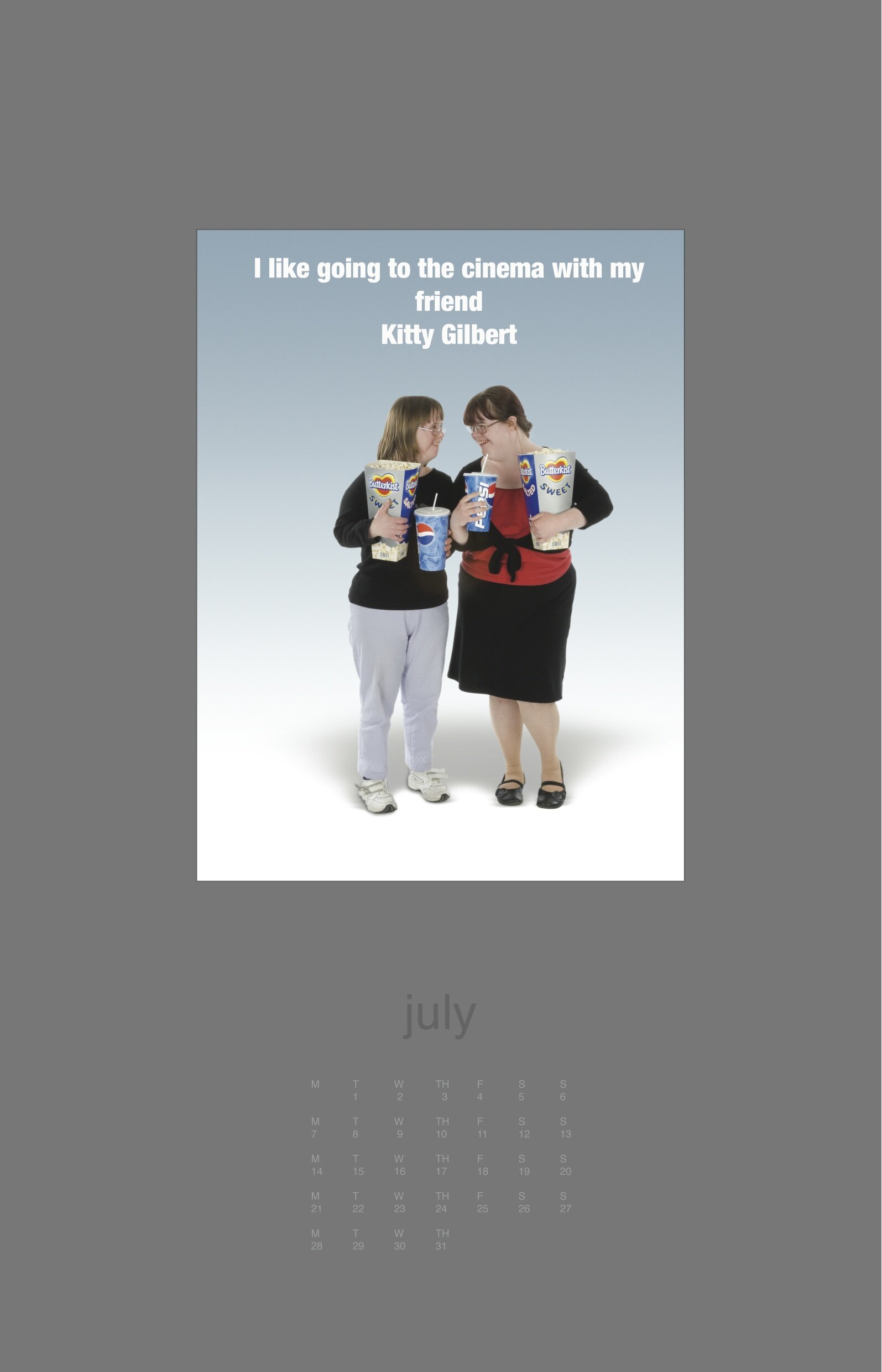By Kayte Brimacombe
Gabriel was born at home after a rapid labour on 6th December 1995. We were so overwhelmed and excited by his arrival that we dismissed as routine the midwife’s suggestion that he may have Down syndrome. After our first magical night with him we followed advice and took him to hospital. He was officially diagnosed. We were devastated but there was more news to come, we were told Gabriel also had a heart defect (as do 40% of children with Down syndrome). The brutal fact that his life was at risk helped us to put his learning disability into perspective. Down syndrome no longer seemed such a big deal. Gabriel had open heart surgery at 3 months and although it was a traumatic experience for us all, he soon recovered. In the following months Gabriel seemed to be developing well for a baby with Down syndrome. He passed all his early milestones sitting up, crawling and then walking within 18 months. I remember feeling full of pride when a paediatrician remarked that he was the brightest infant with Down syndrome he had ever seen. I took Gabriel to our local baby groups and he seemed to enjoy the other children. He laughed readily and took to Makaton signing (often used as a stop-gap when speech is delayed) with ease. He breast-fed ferociously and would ask for more. Words were starting to come, I have him on video saying Mama and Dada asking for his favourite toys. Gabriel loved music and he would request his favourite songs imitating all the actions. He would wave goodbye and blow me a kiss. Life with Gabriel was fun and his future looked bright.
Sometime after his 2nd birthday things started to change. We noticed his eye contact dropped off and he developed obsessive rituals. Gabriel’s development started to plateau then regressed. He became terrified of places he had previously enjoyed such as supermarkets and swimming pools. He seemed to be slipping away from us into a frightening place. He started to bang his head so severely that we had to get him a cycle helmet. His sleep pattern changed and he now needed only a few hours sleep. He restricted his diet down to a few foods and developed an elaborate ritual around how he would eat. We had no idea what was going on but when hearing tests showed there to be a significant hearing loss (common in children with Down syndrome) we assumed that was the cause of his behaviour. We tried everything from hearing aids to cranial osteopathy. Just before he turned 3 Gabriel started mainstream nursery part-time but the lack of structure was to prove to be a huge problem for him. When left alone he would flap his hands and climb the furniture. At home he just wanted to watch the same videos over and over. We could still engage him with rough and tumble play and familiar songs but other than that he preferred to be left alone. It became apparent that Gabriel was developing quite differently from his friends with Down syndrome and we began to feel increasingly isolated from our local Down syndrome community. We knew nothing about autism and the professionals involved kept their concerns quiet.
We were desperate to find out what was going on for Gabriel and eventually came across some information about dual diagnosis on the internet. As I read Joan Medlen’s article ‘More than Down Syndrome’ in the September 1999 issue of ‘Disability Solutions’ I realised Gabriel could also have autism. He was finally diagnosed with autism at 4 years 9 months. Whilst we had been pushing for him to be assessed we were still hoping that there was some other explanation for his behaviour so we were once again devastated to have our fears confirmed. By now he had a little sister, Grace. Gabriel was attending a special school for children with moderate learning disabilities and it was clear that the staff did not know what to do with him. They described him as ‘unteachable’ and asked us to find another school. It became apparent that autism was his primary disability and we needed to gear his education around that. Good educational provision for children with autism is scarce and we were preparing to home school Gabriel when he was offered a place at Treehouse, the first special school for children with autism in the UK where the principles of ABA (Applied Behavioural Analysis) are applied.
Update May 2009
Gabriel is now 13 and still attends Treehouse. Initially he seemed to respond well but even maintaining what he learned has proved a struggle and at times elusive. Despite skilled and dedicated teachers he has made little progress. His communication skills are far less developed than when he was 2 years old. He remains non-verbal although he can use a sign for ‘yes, more, help’ and a card for ‘No’ which he carries on his waistband.
He now has another little sister, Lily, who is 4. His teenage years are proving to be the most turbulent for the whole family. Gabriel has a further diagnosis of ADHD for which he is on medication. He has no sense of danger and has to be watched constantly. He still needs less sleep than us. His self-help skills are severely delayed and we are still working on toilet training, eating and dressing. When Gabriel turned 12 his long-standing tendency to hit his head changed into quite extreme self-injurious behaviour. His moods can change dramatically from one minute to the next. At school he is frequently restrained for his own safety and at home we often have to use a soft-helmet to prevent tissue damage. Reducing his challenging behaviour has become our main priority. We are in a long-standing battle with our local authority for appropriate overnight respite to support the whole family. We are told he could go to residential school (at vast expense to the LEA) but that is not what we want, we just need more support to enable us to carry on caring for him at home. There was a time when Gabriel’s autism seemed like the enemy, now it seems as though social services are.
I no longer think about wanting my little boy with ‘just’ Down syndrome back. I am now focussing on how I can make sure that each day brings him some joy, that he has the best possible quality of life. He still loves water: be it splashing in the shower or going swimming. He enjoys horse riding and swinging on his swing with his sisters. He loves to cuddle up and read his favourite books with us and dance to music. Above all I want him to stay with his family where he belongs. My journey with Gabriel has brought me to a place of acceptance I could never have imagined. For all Gabriel’s complex challenges I only have to see his enormous smile each morning to be reminded to live in the moment as he does. When Gabriel does learn something new, such as pulling on his socks, as he did this year, I am moved to tears. Gabriel has given me the opportunity to discover what it really means to love unconditionally. I will continue to do all I can to be the best advocate for my son. I offer these images as a tribute to the person who has taught me more than anyone else in my life, my very special son.
Kayte Brimacombe
Autism is a neurobehavioural disorder of the brain which is estimated to occur in 6% of children with Down syndrome (this is higher than in the general population). Until recently it was thought that the two conditions could not co-exist.
The Down Syndrome Association recently set up an e-group to offer support and advice to families of individuals with dual diagnosis. To subscribe go to LISTSERV@listserv.down-syndrome.net with SUBSCRIBE DS-AUTISM-UK in the body of the message
The challenging behaviour foundation offer support and advice to families of children or adults with severe learning difficulties and challenging behaviour.
www.challengingbehaviour.org.uk








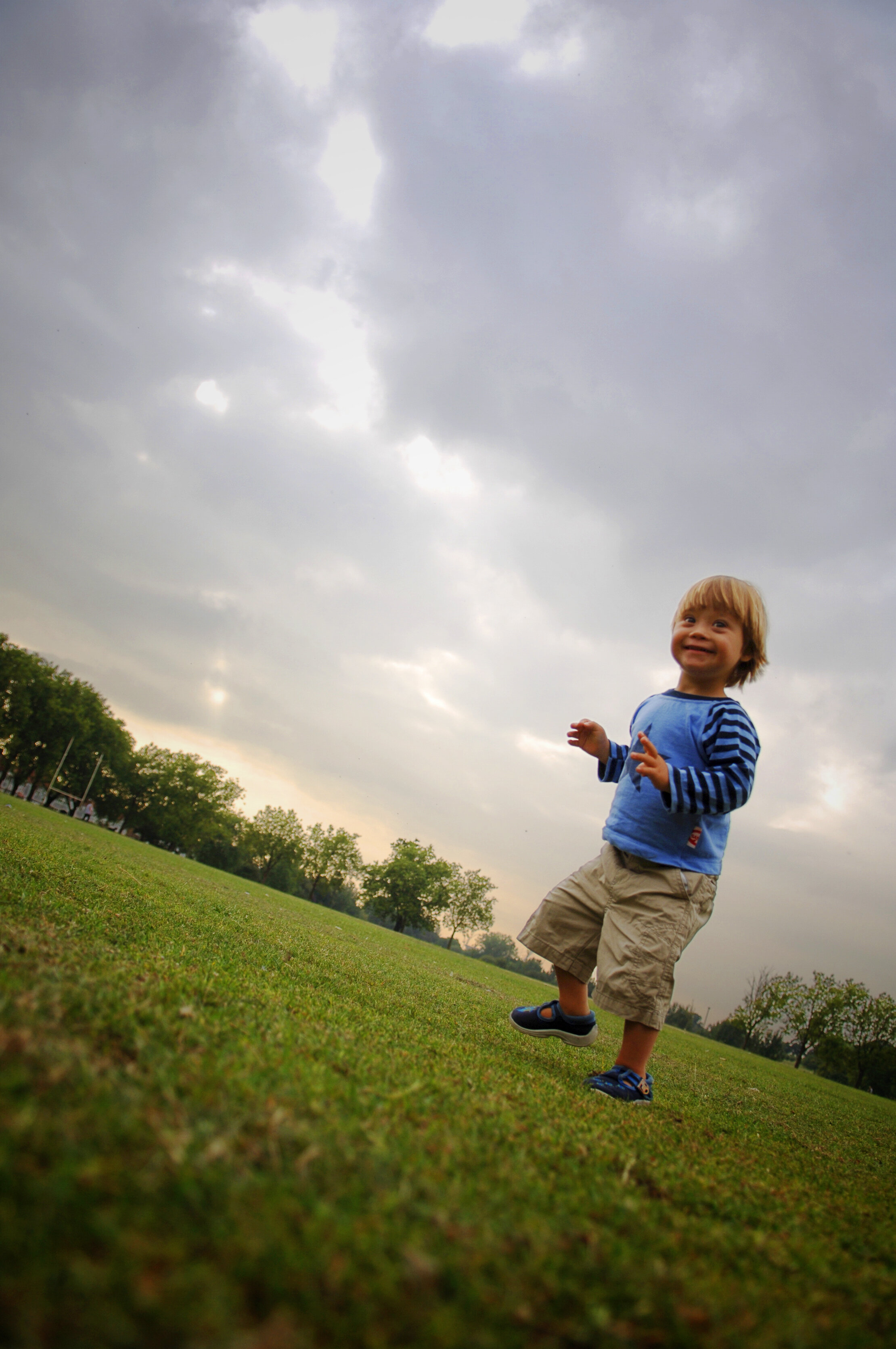


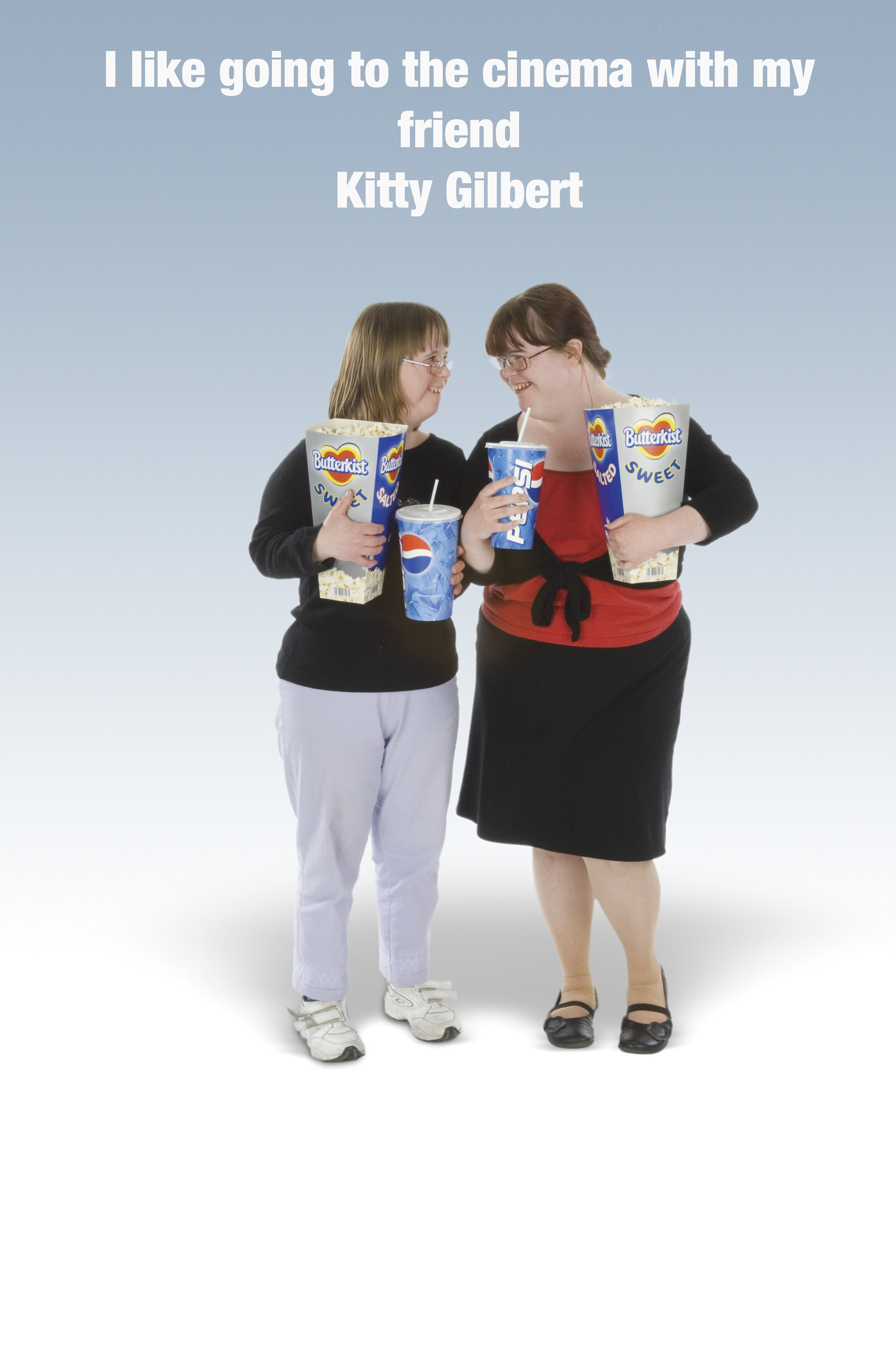







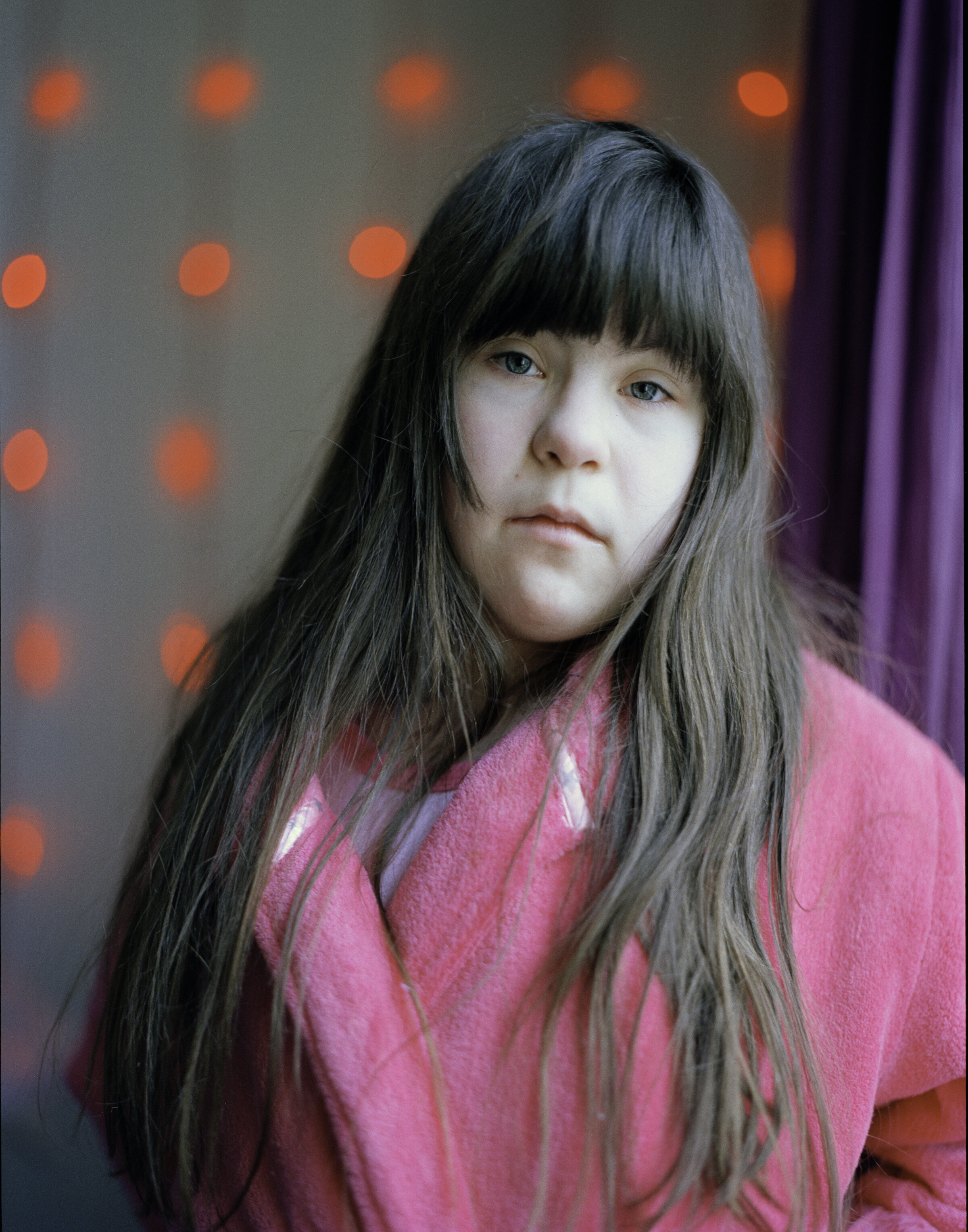
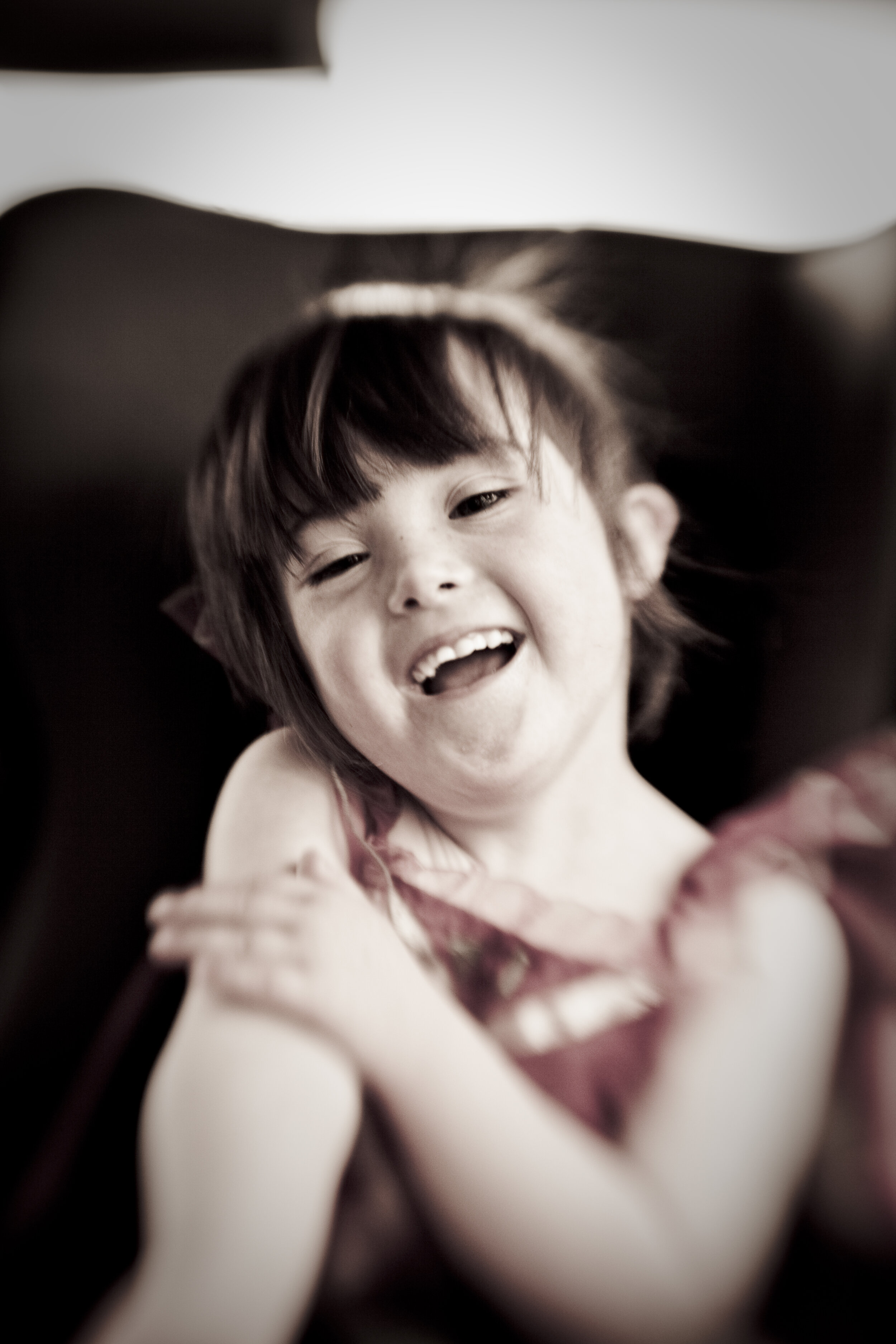


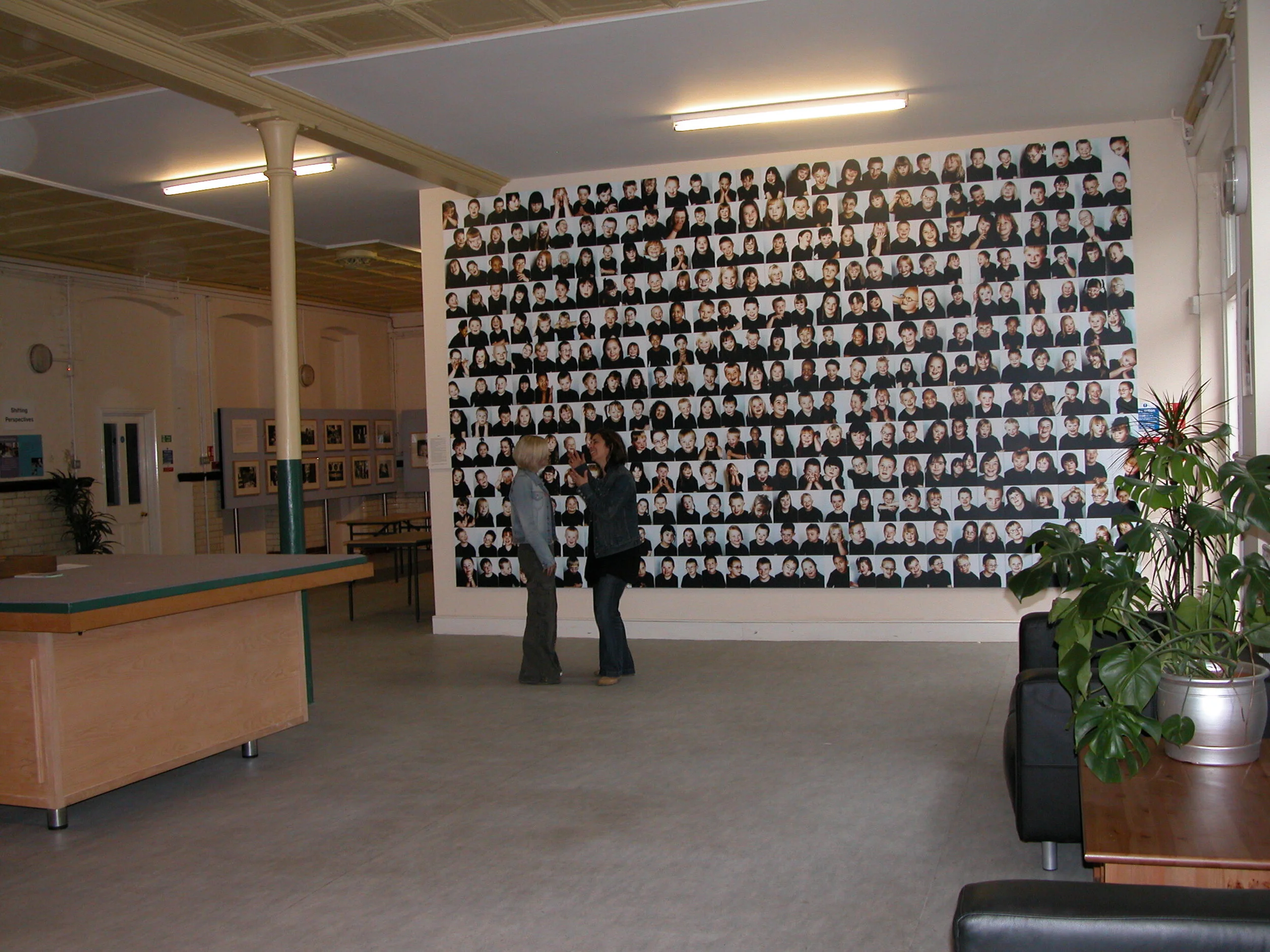
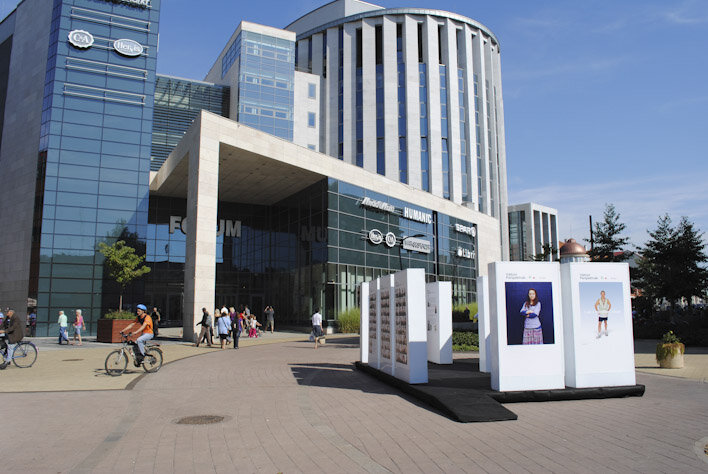


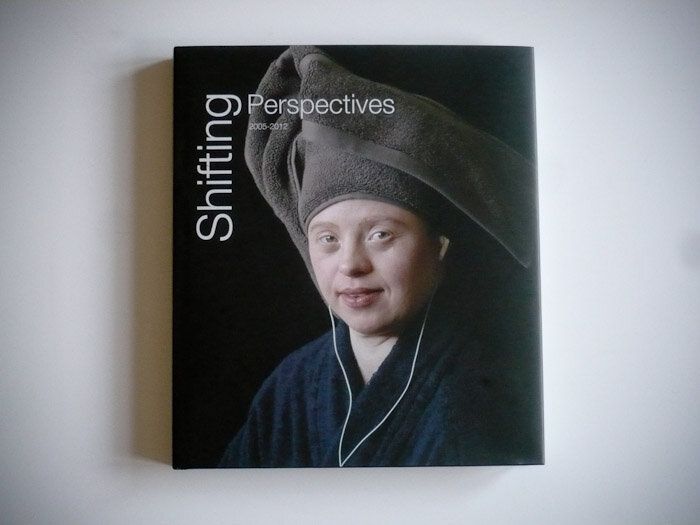








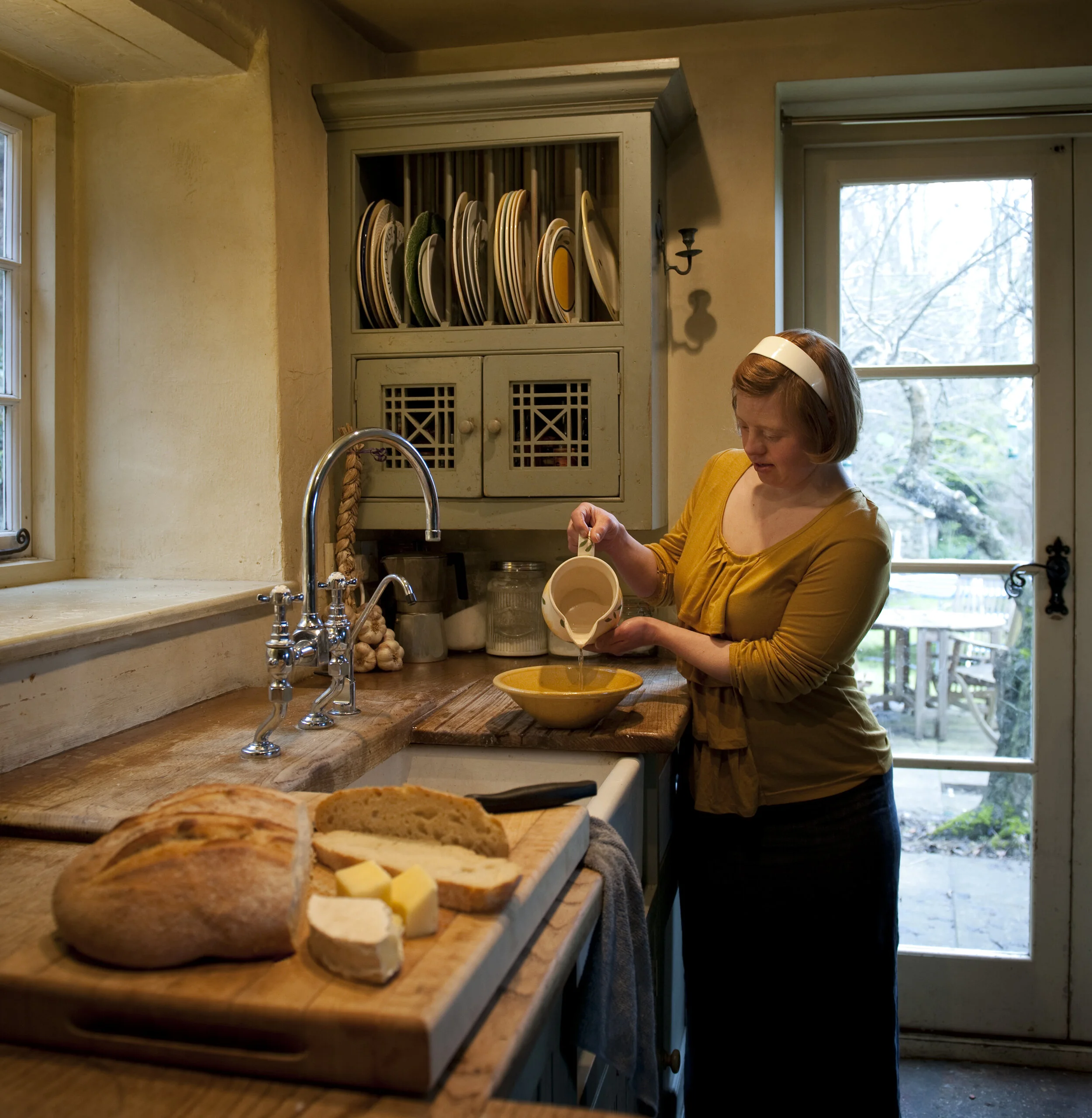




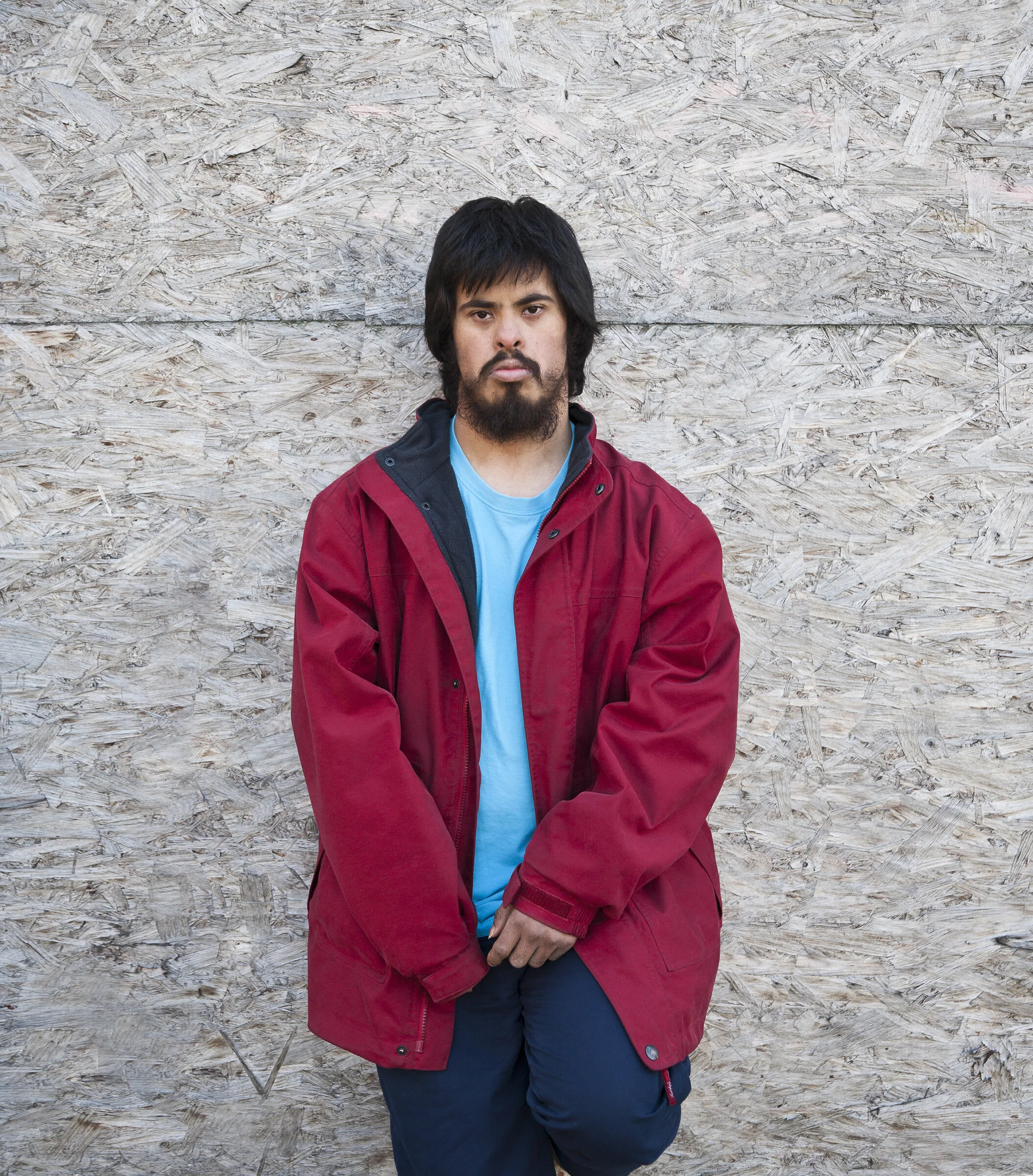










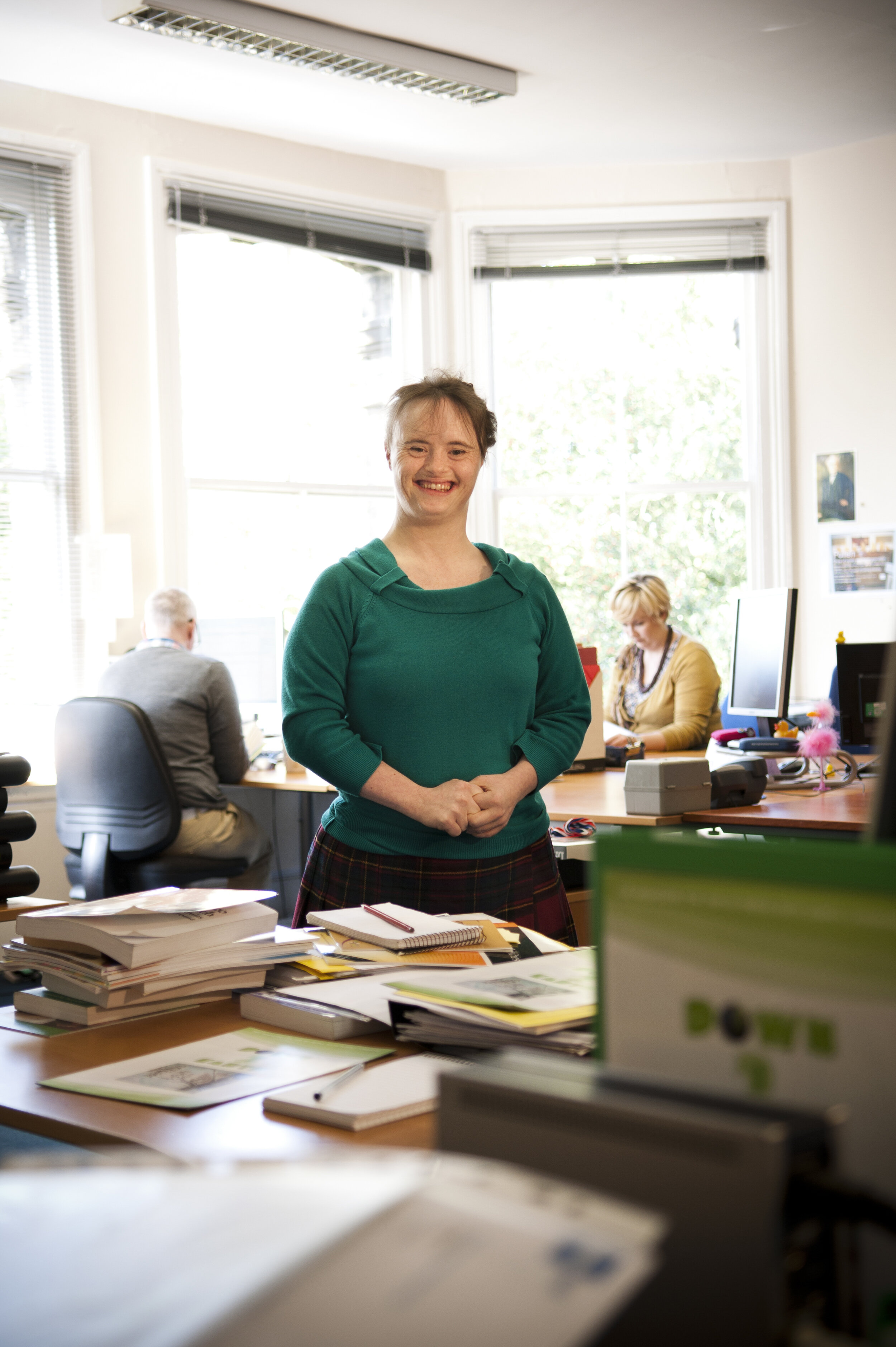
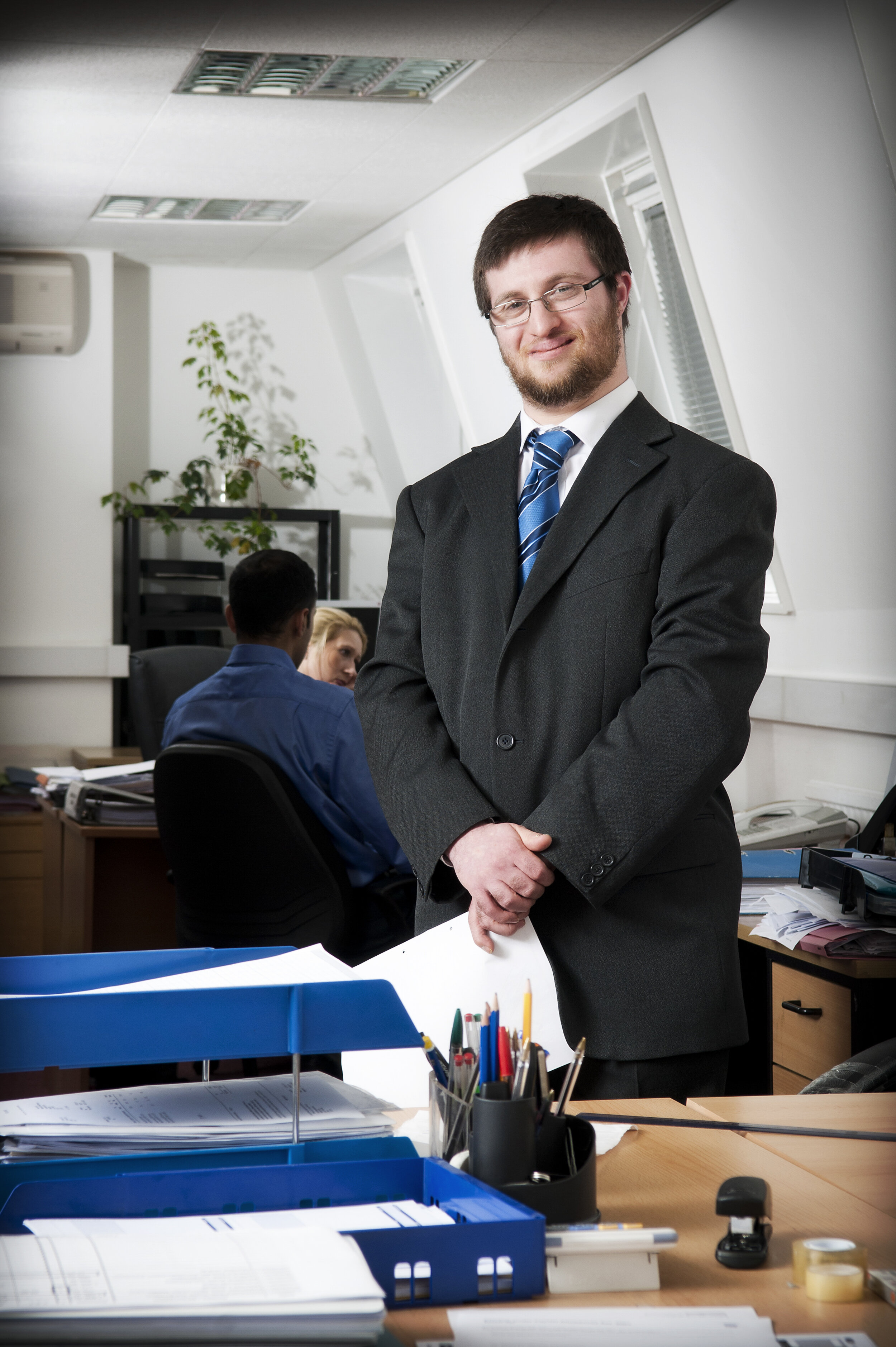
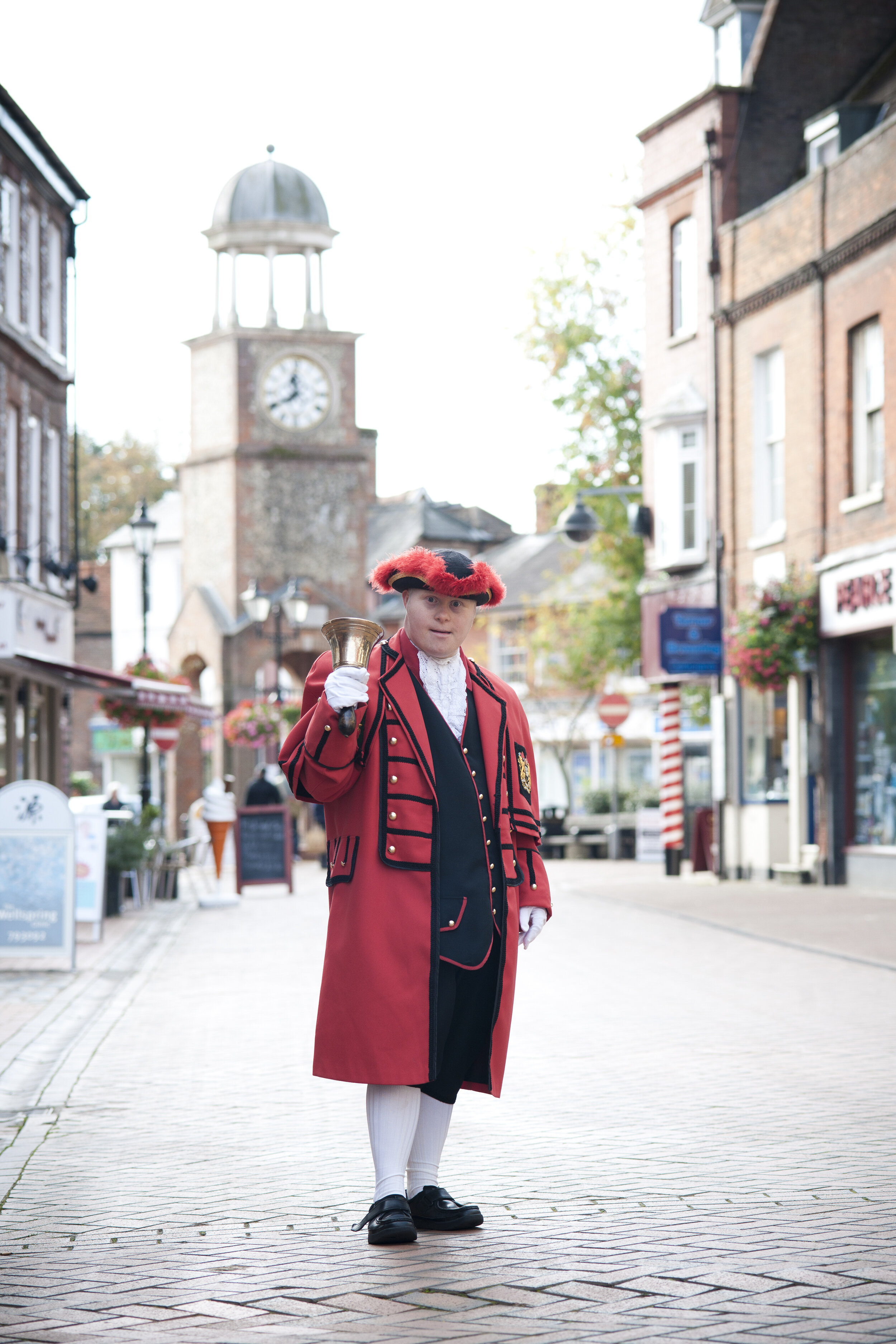











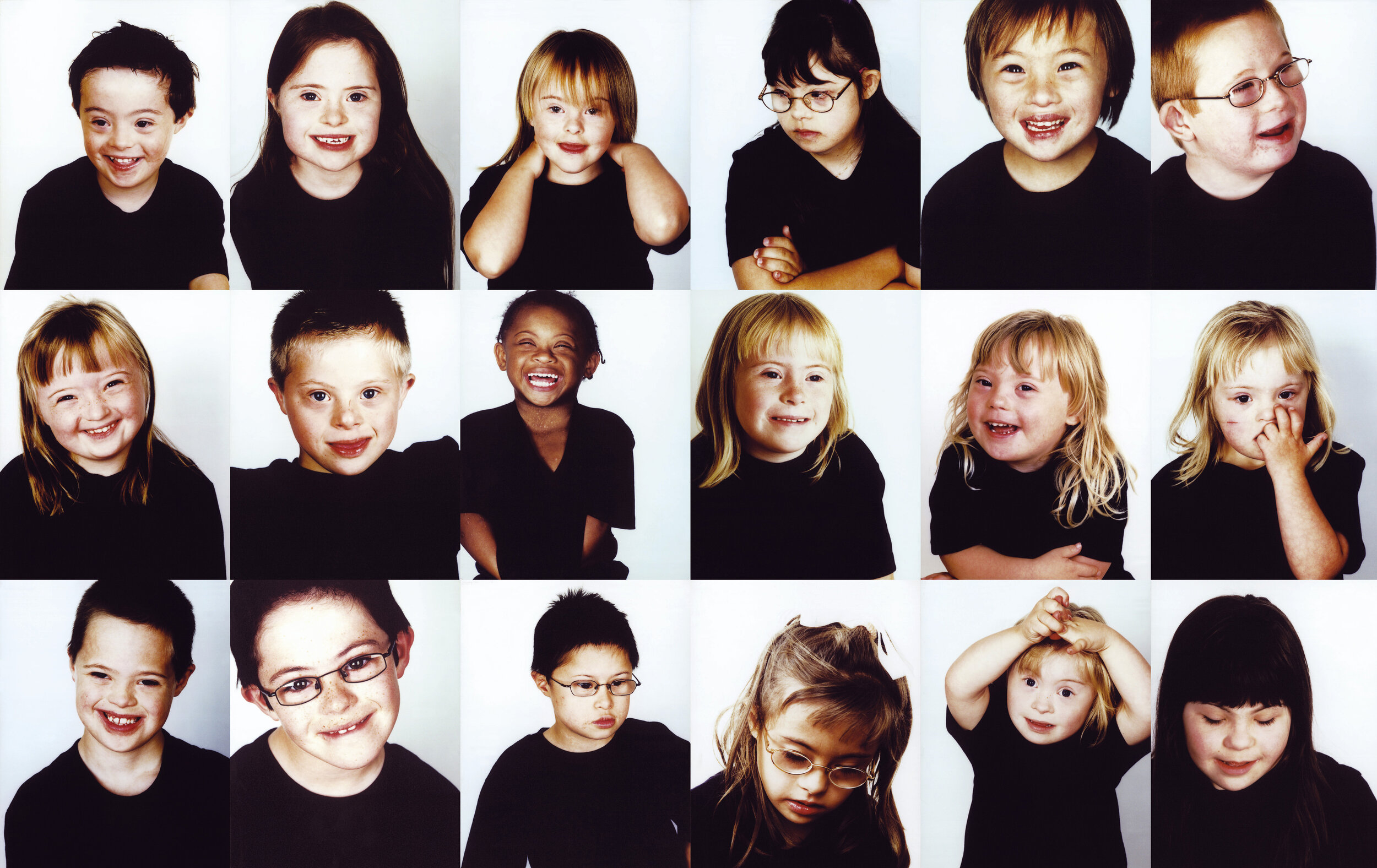









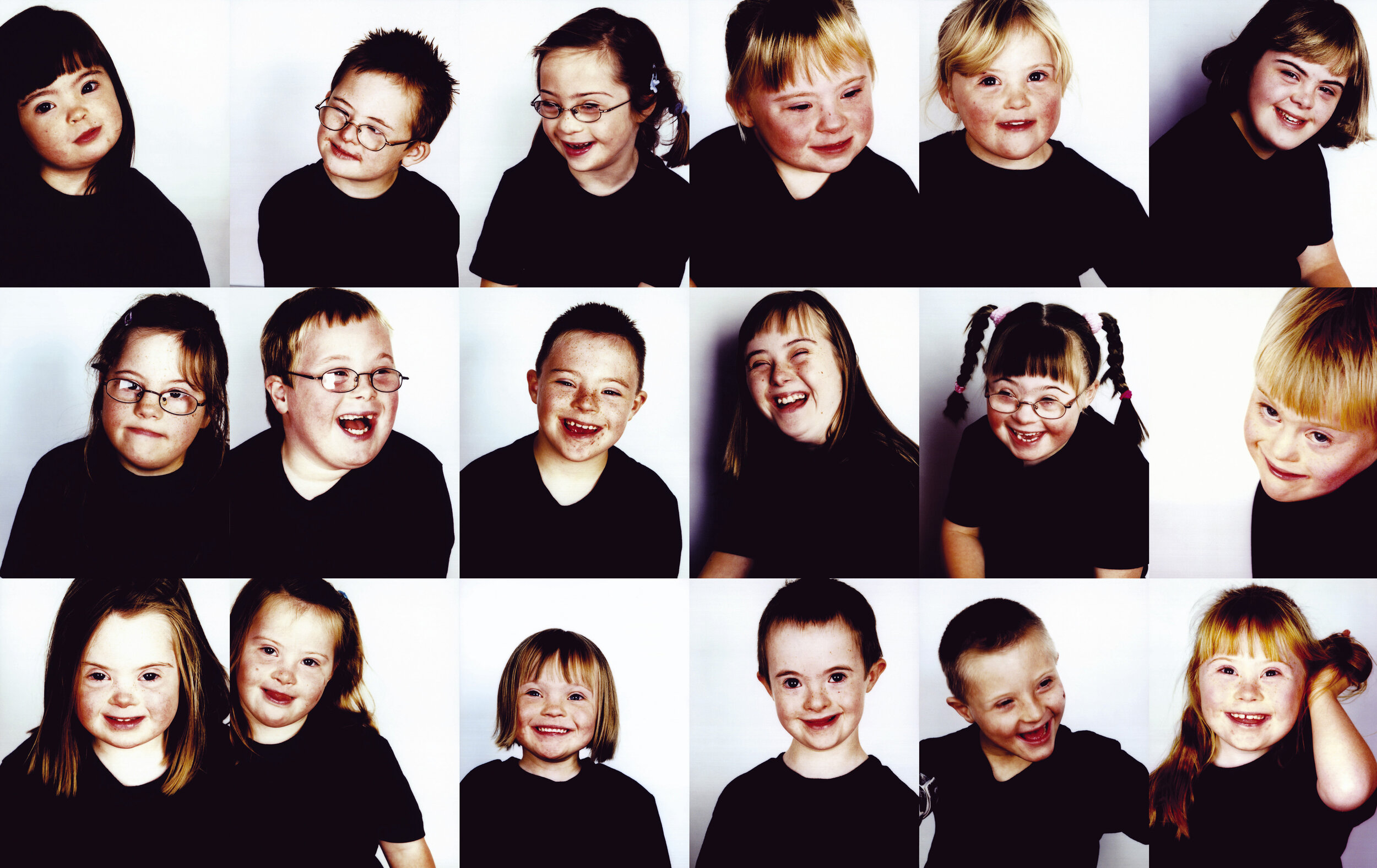





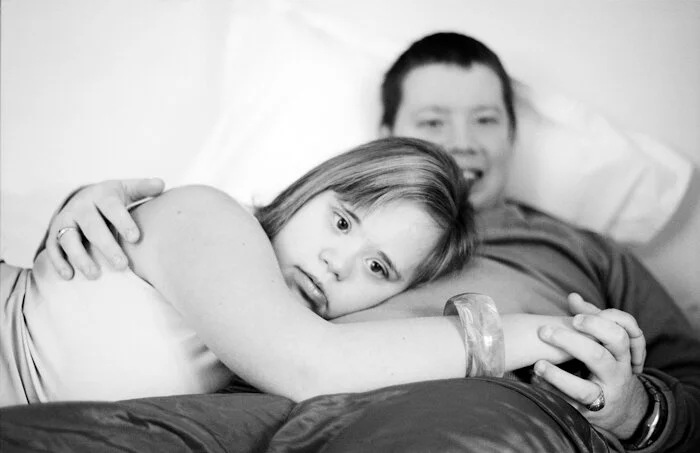












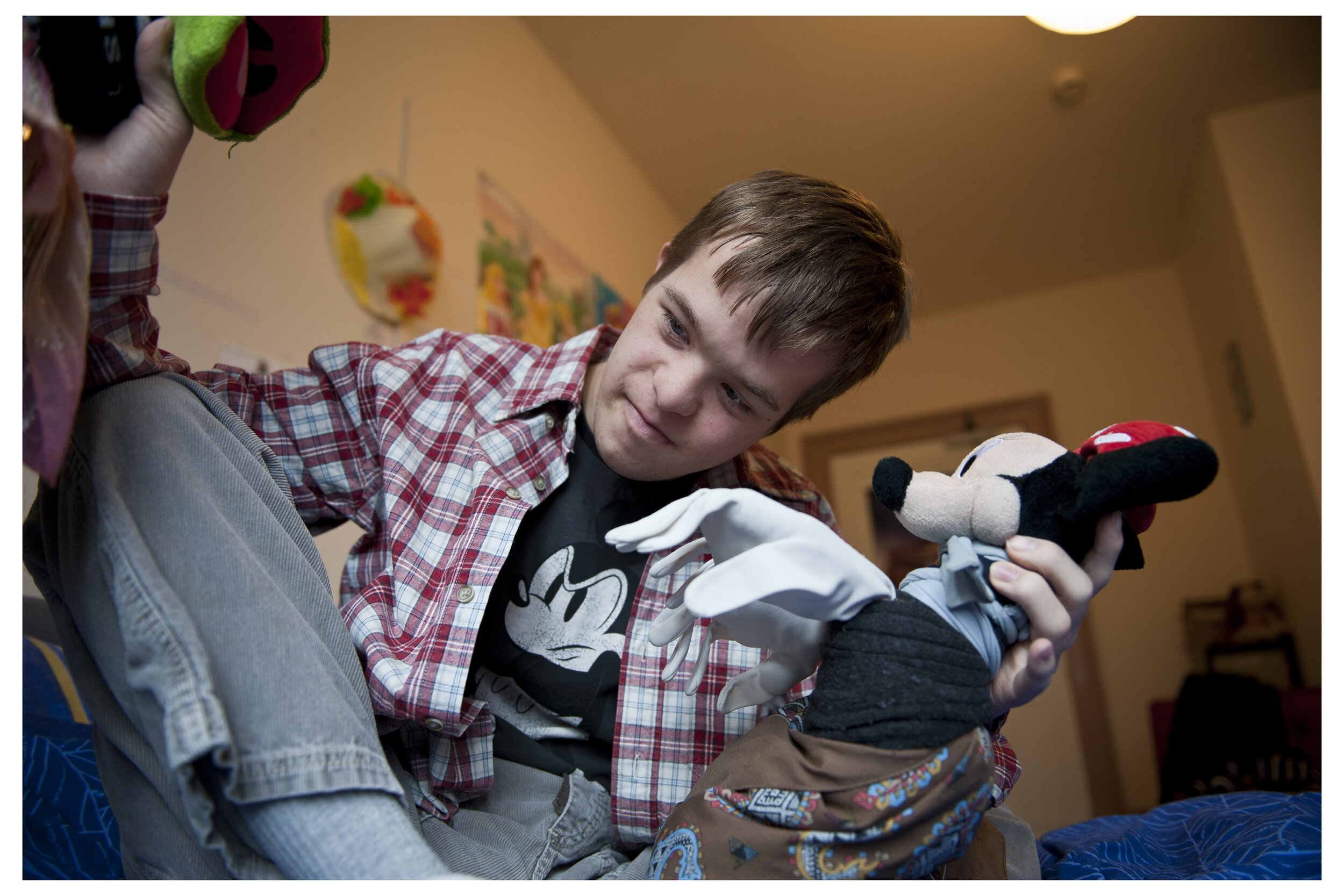



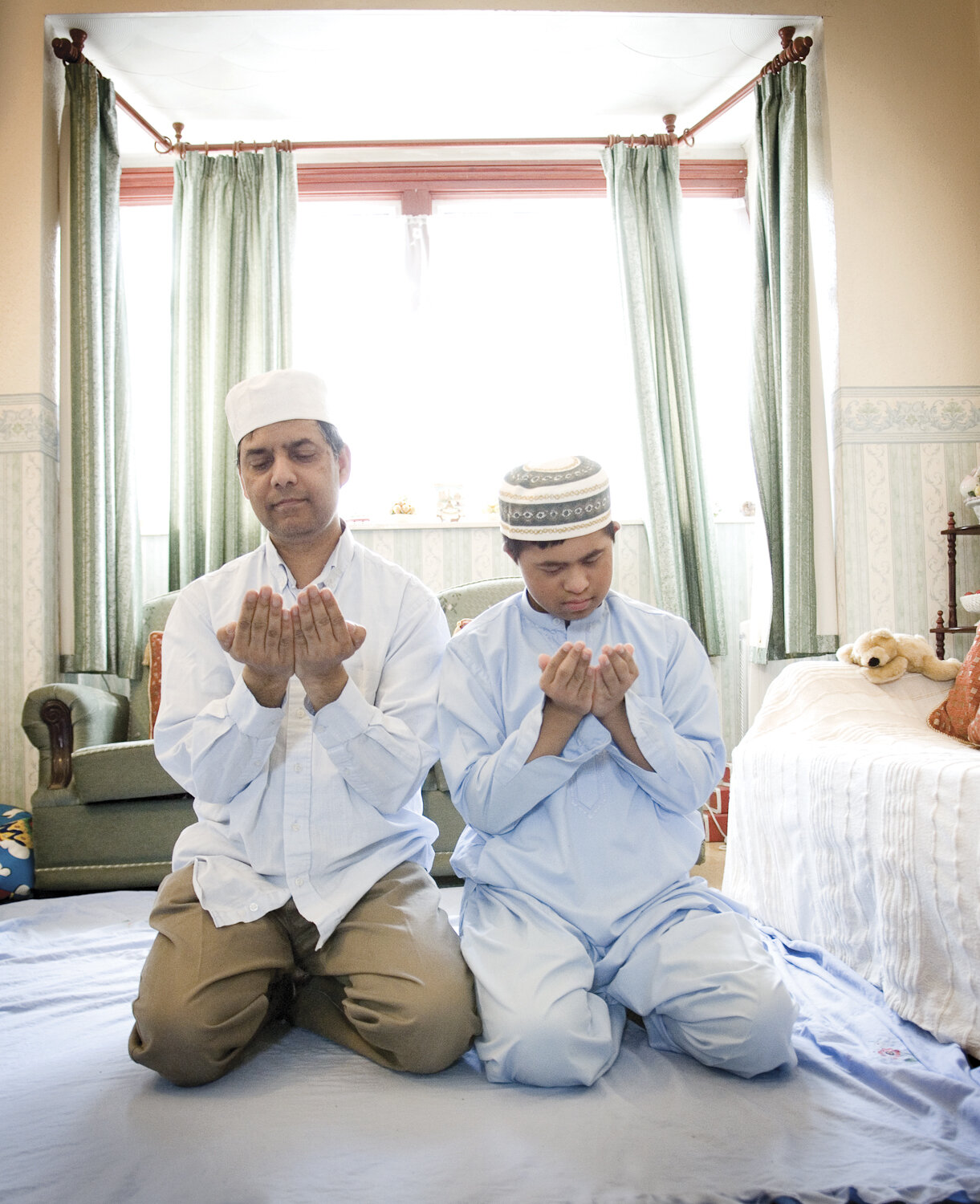





















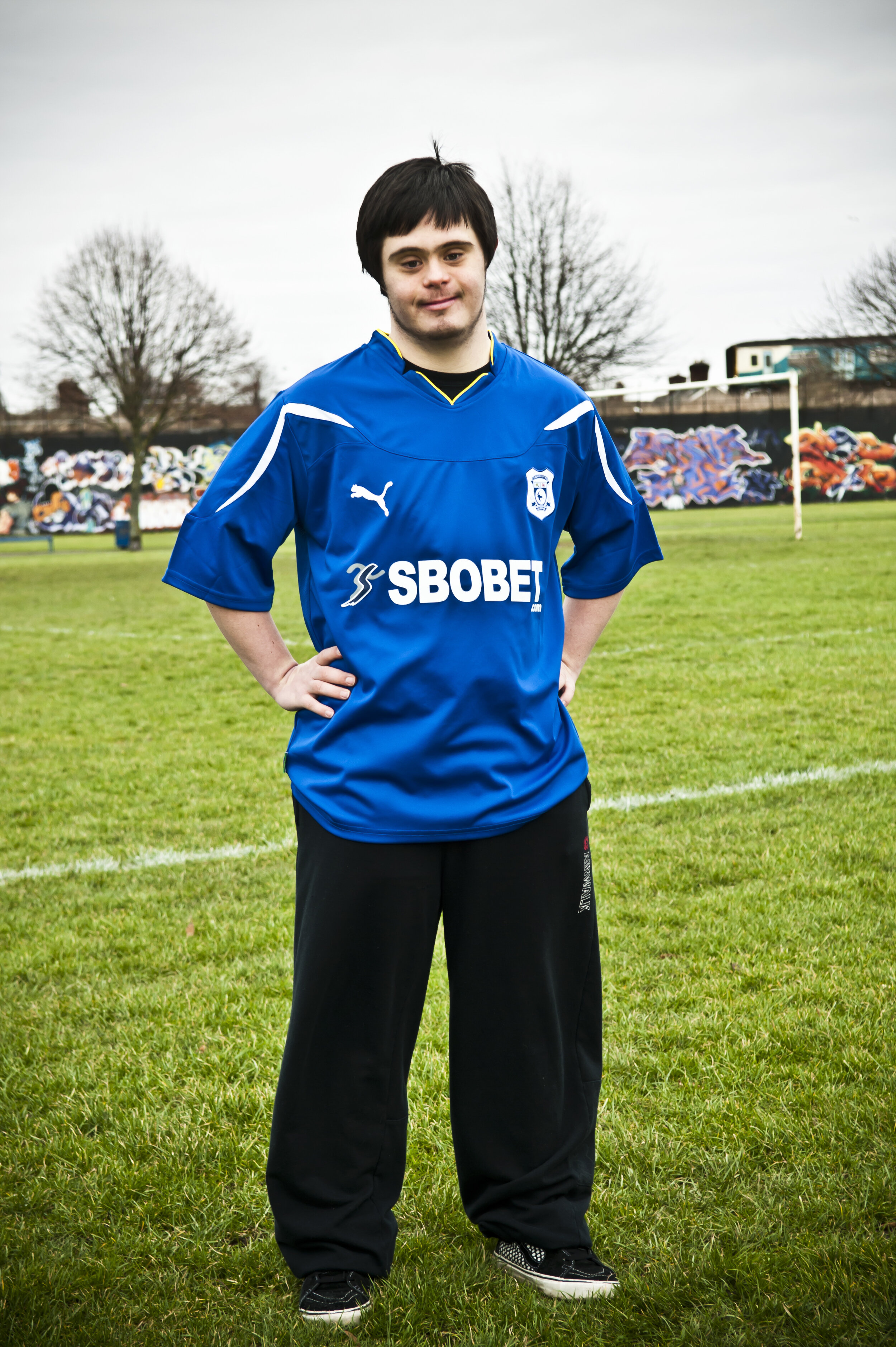
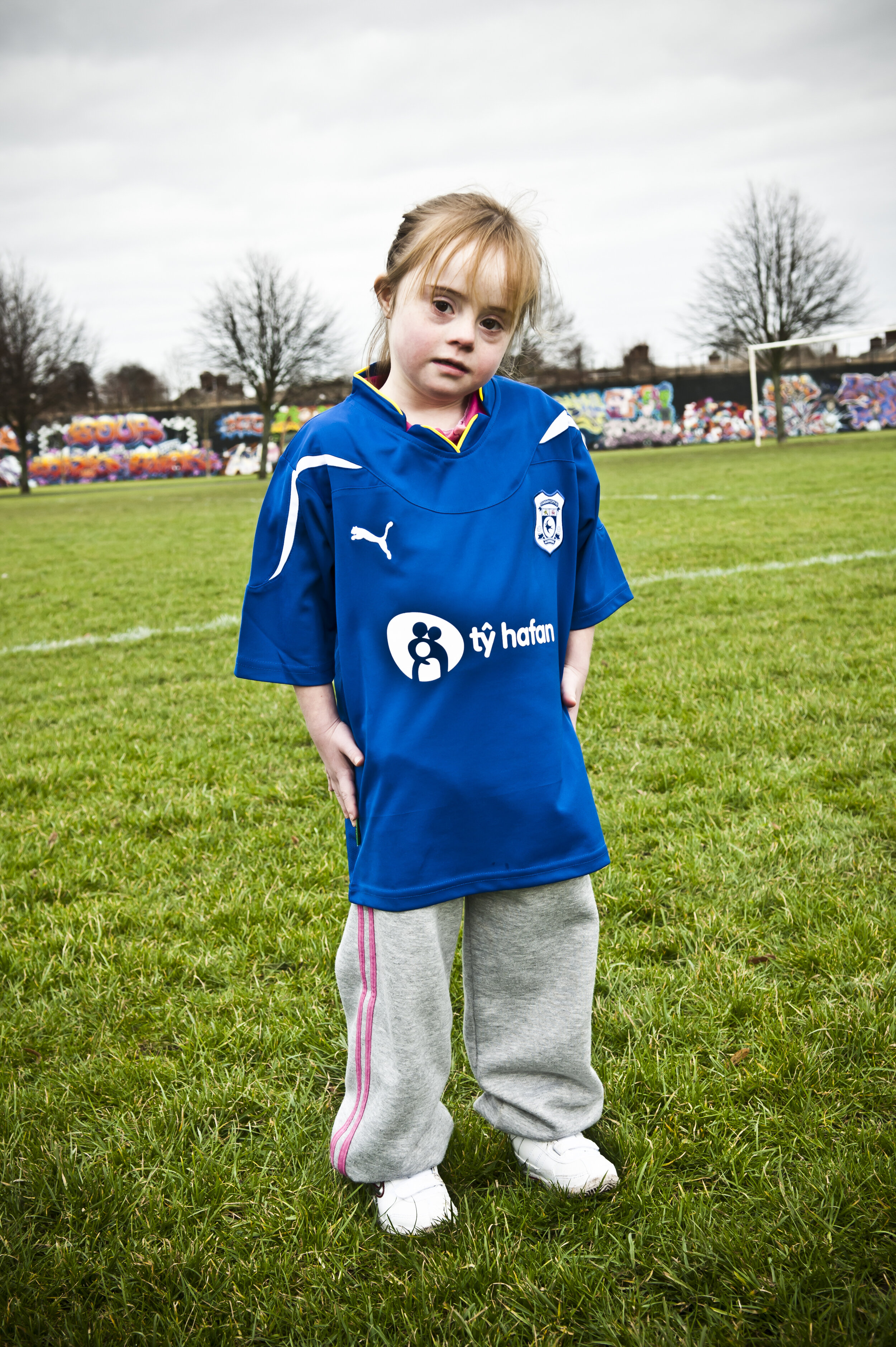
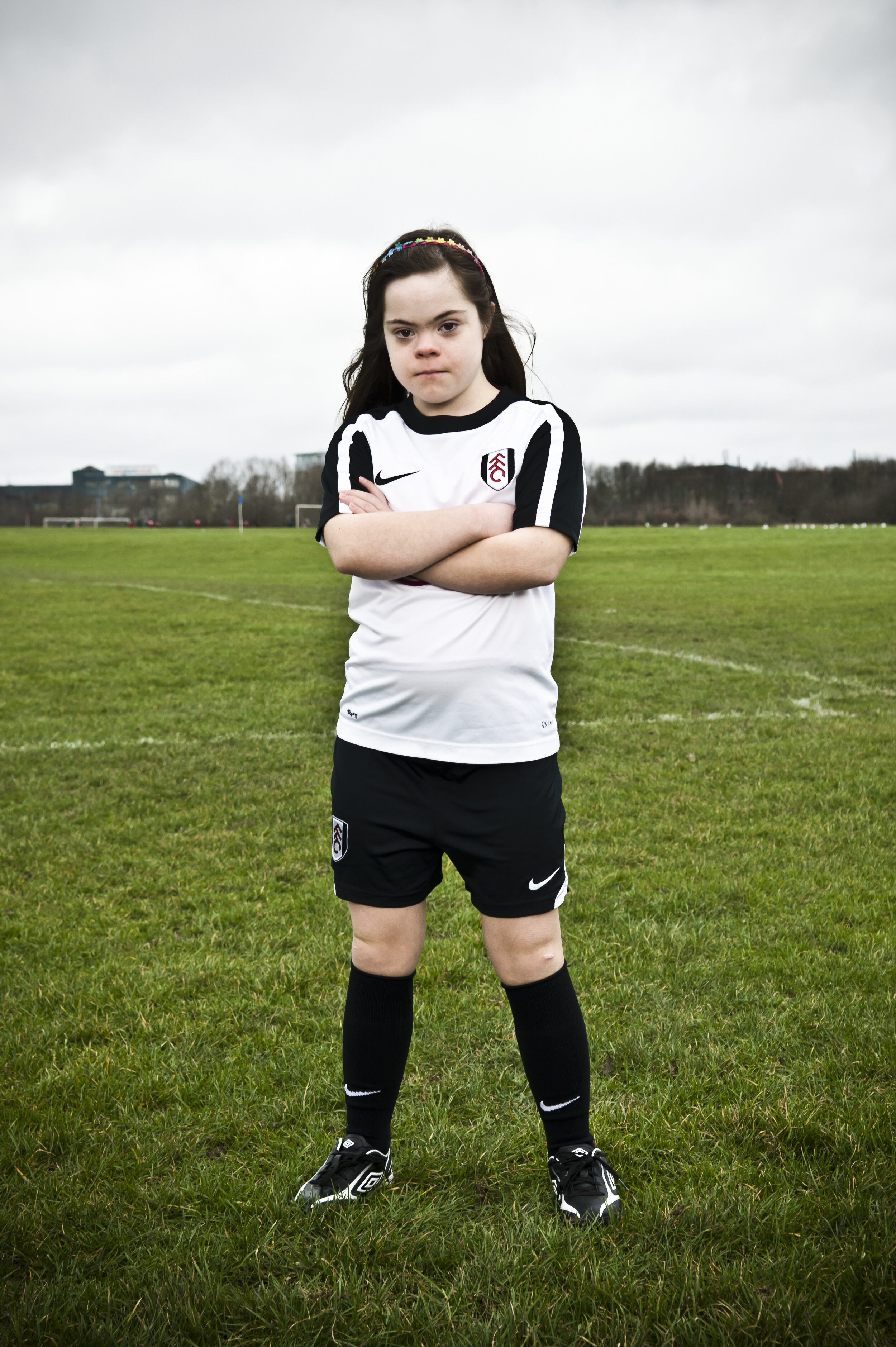

























































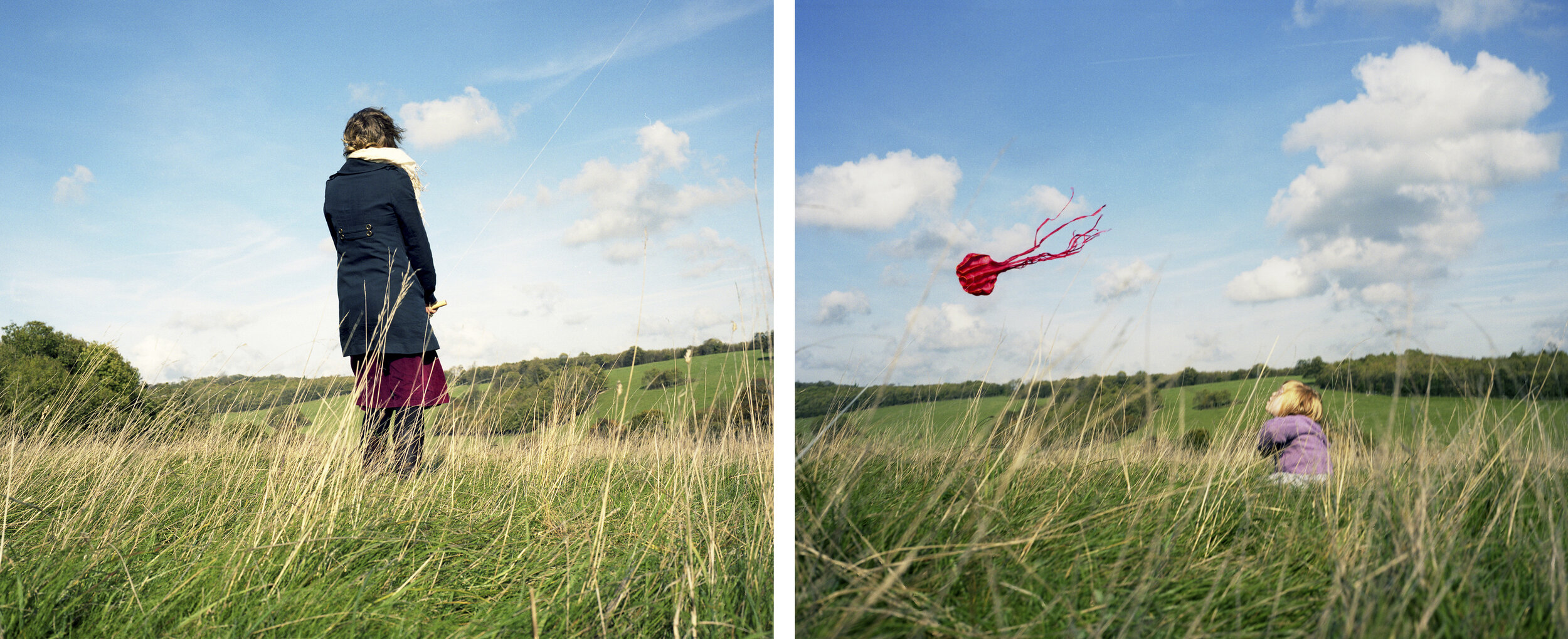
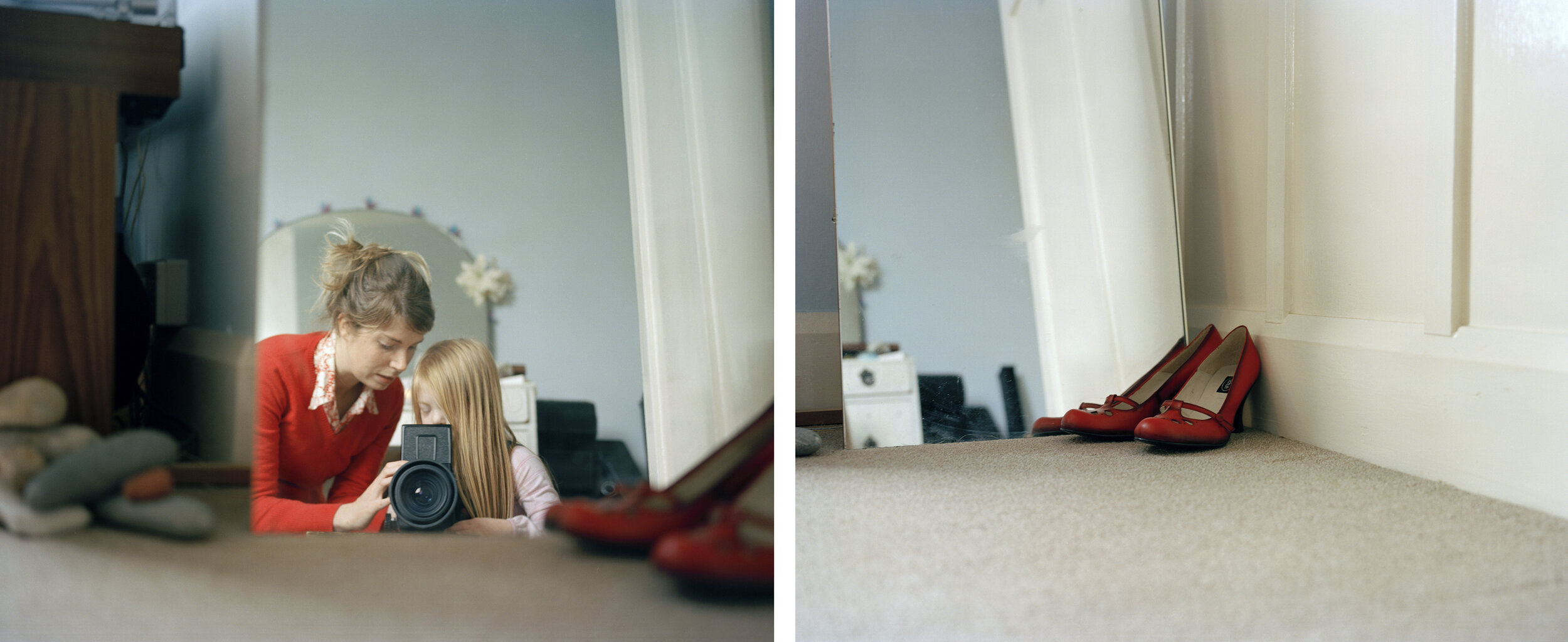























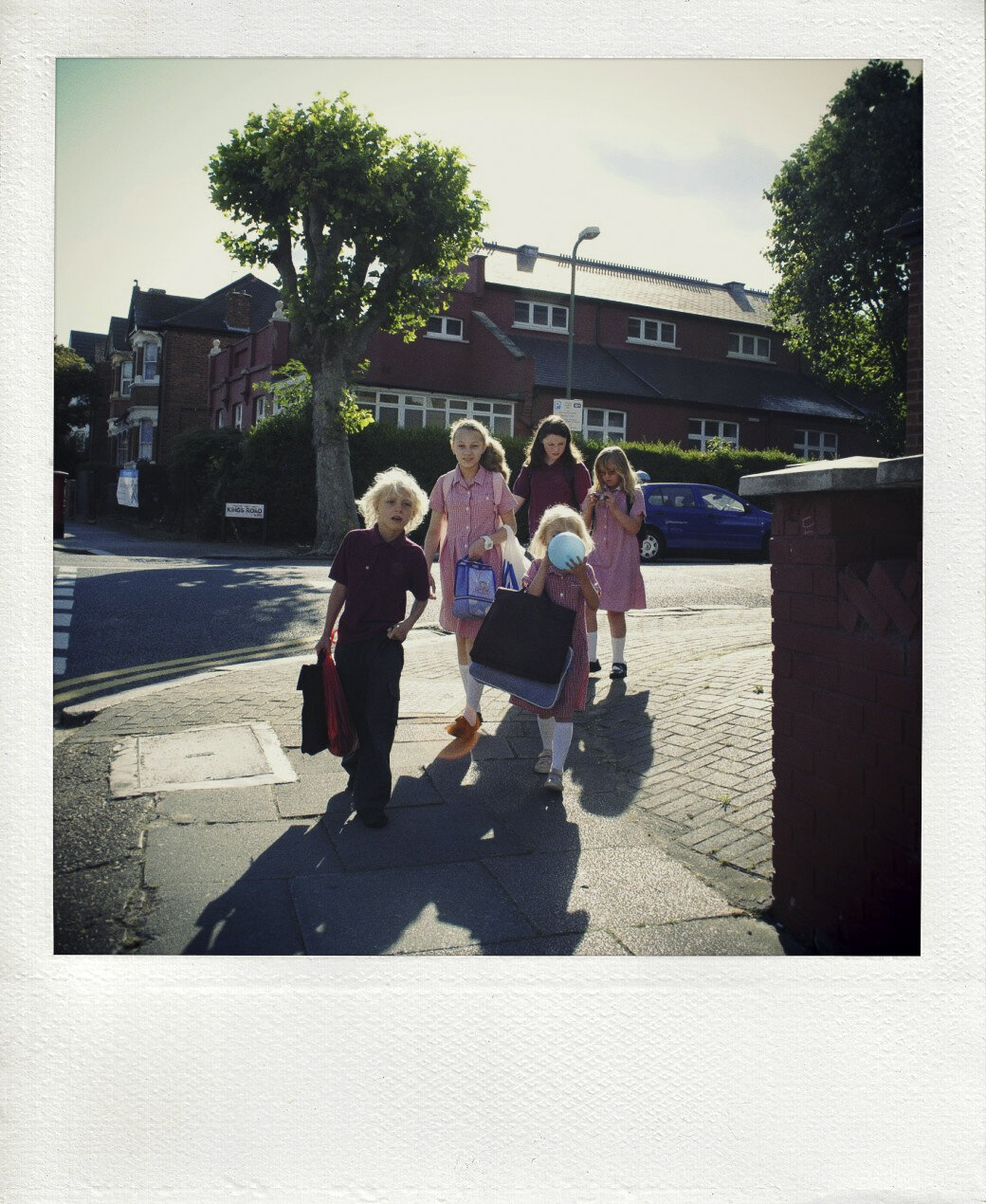







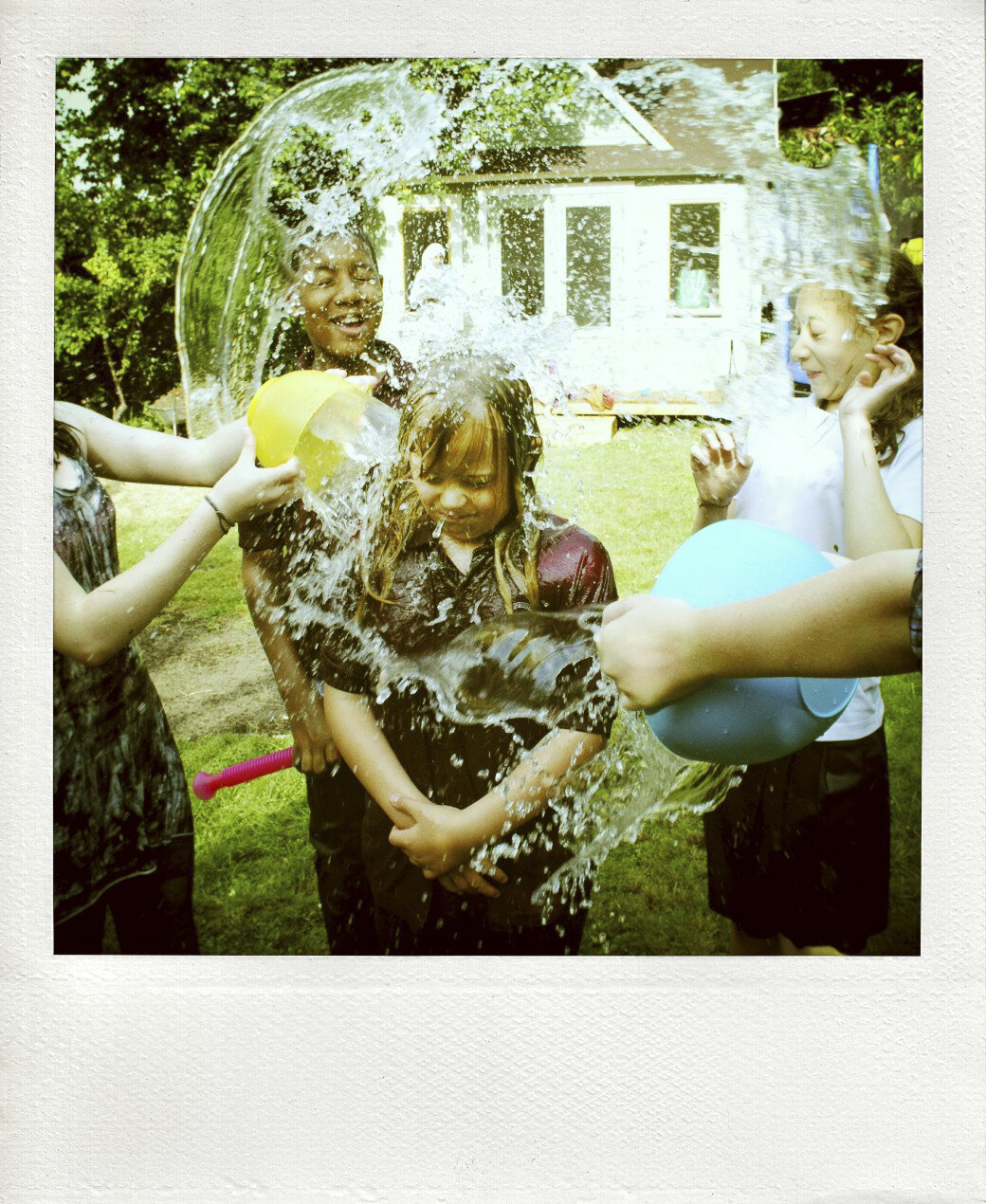




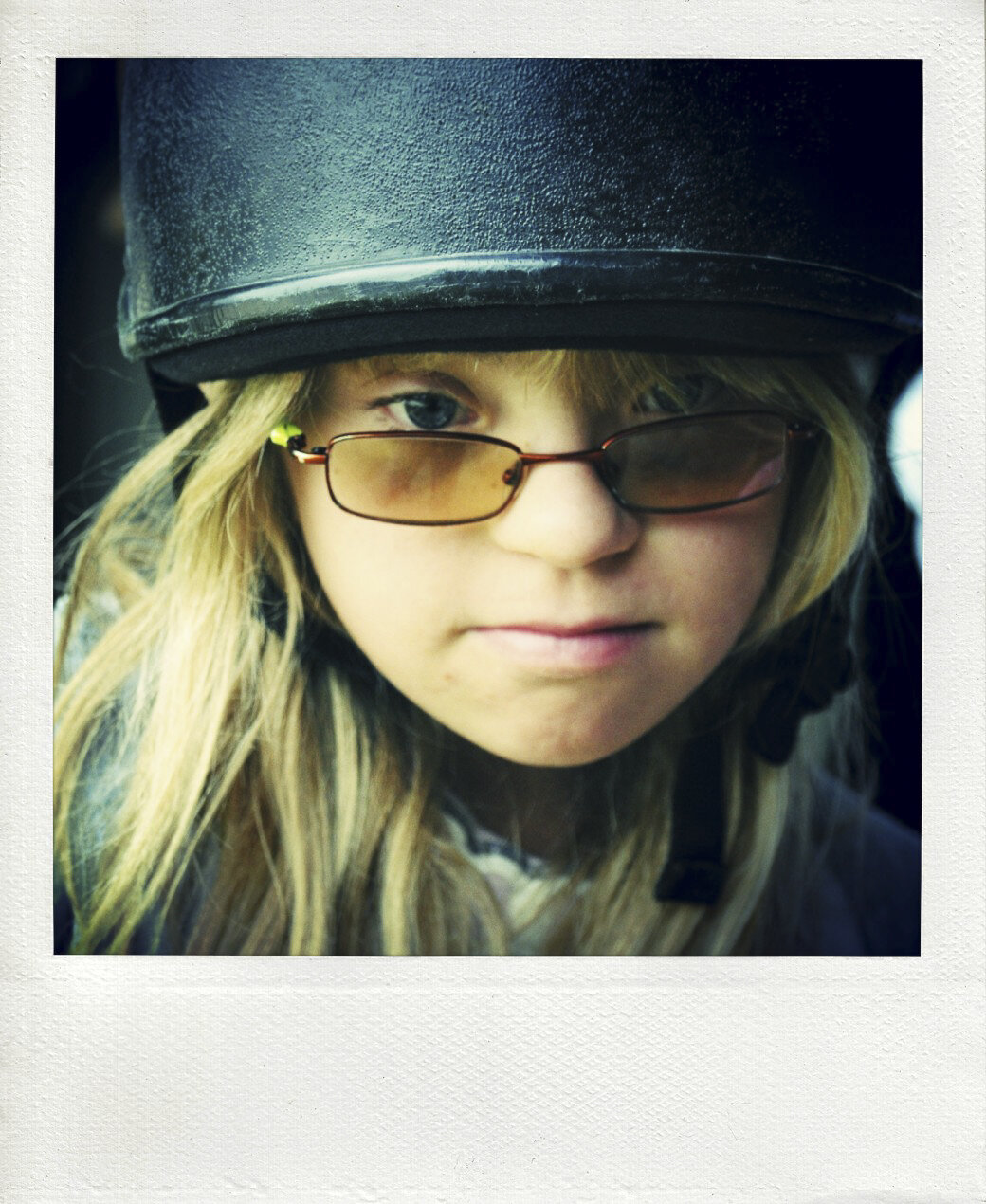







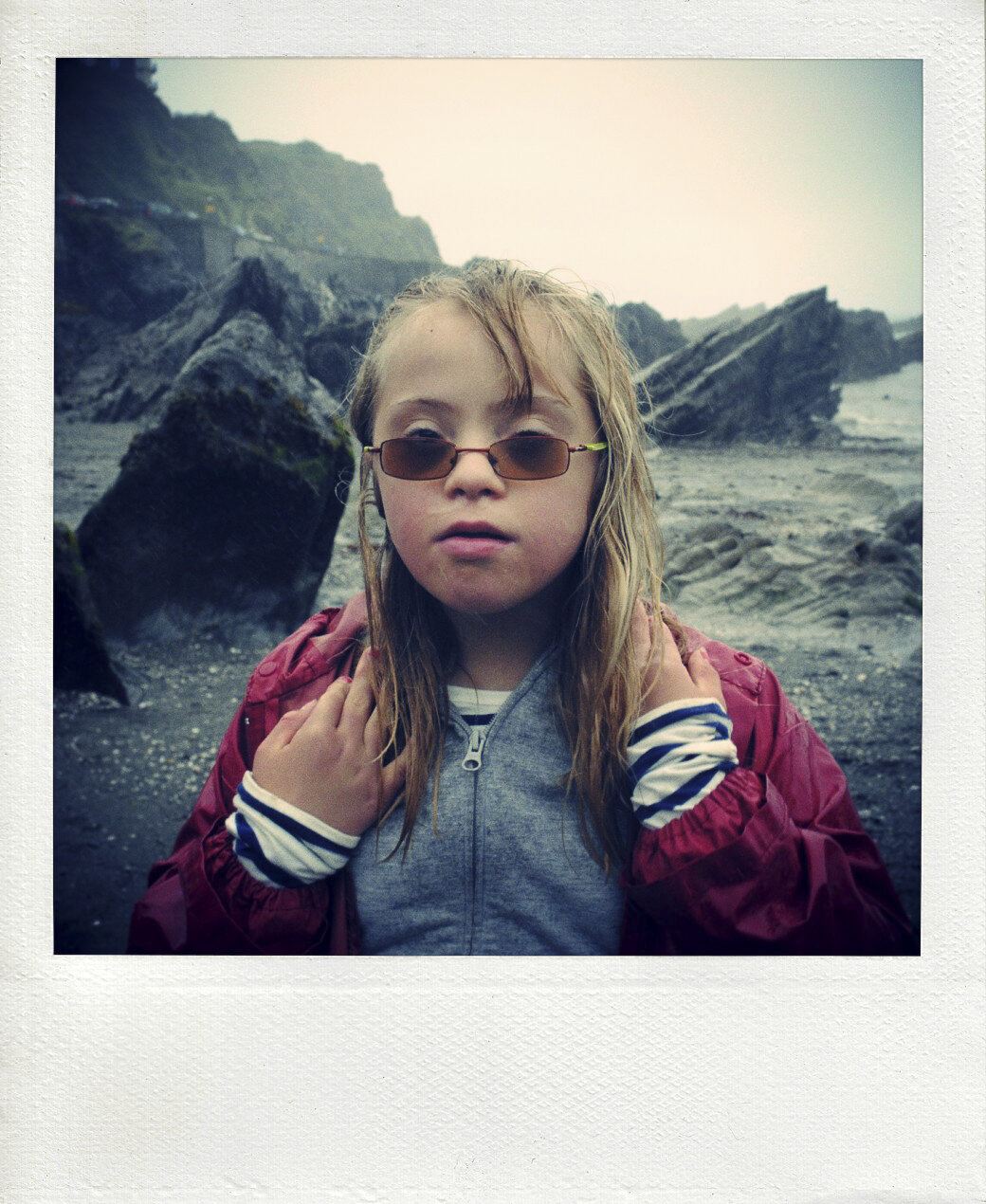

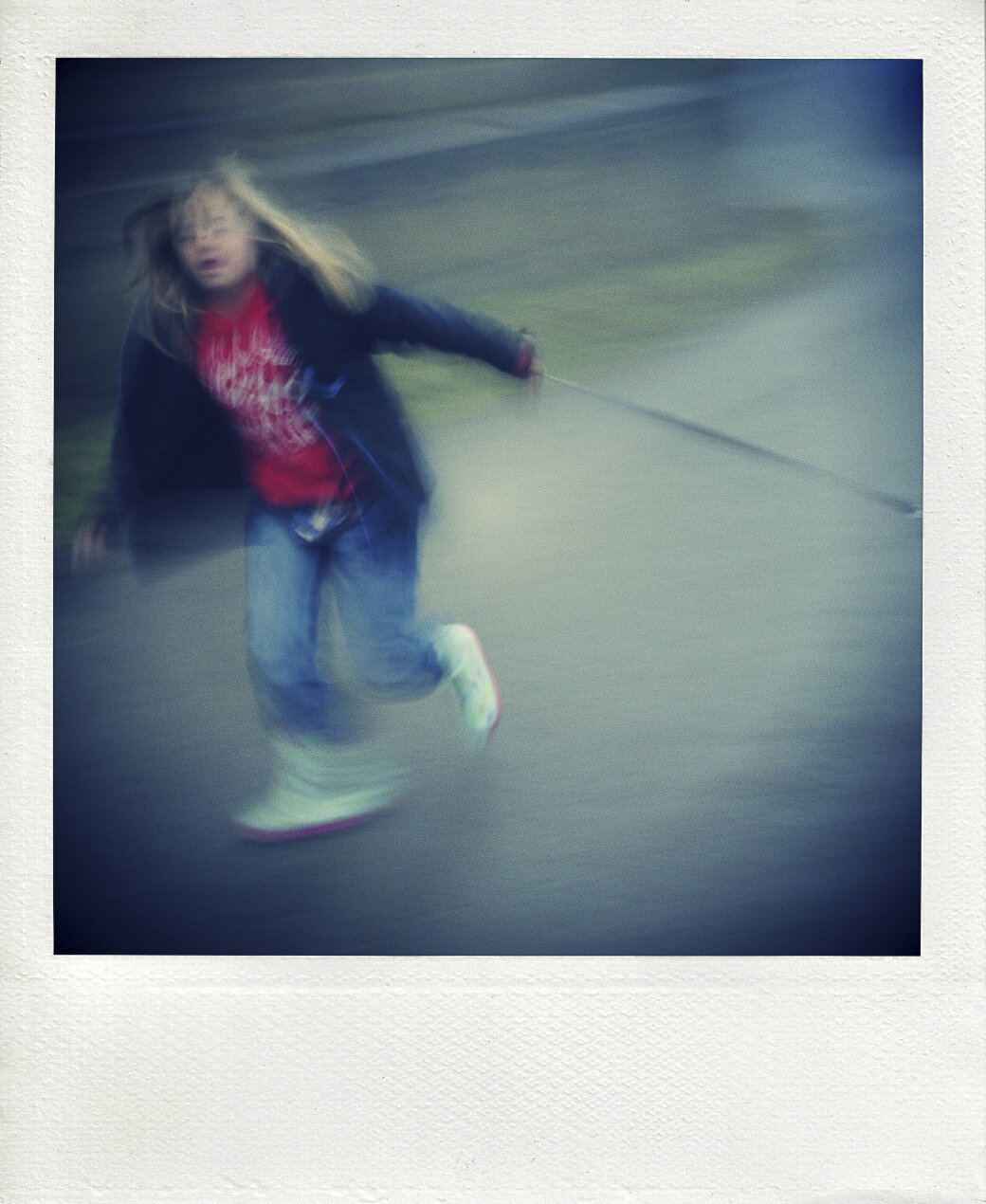













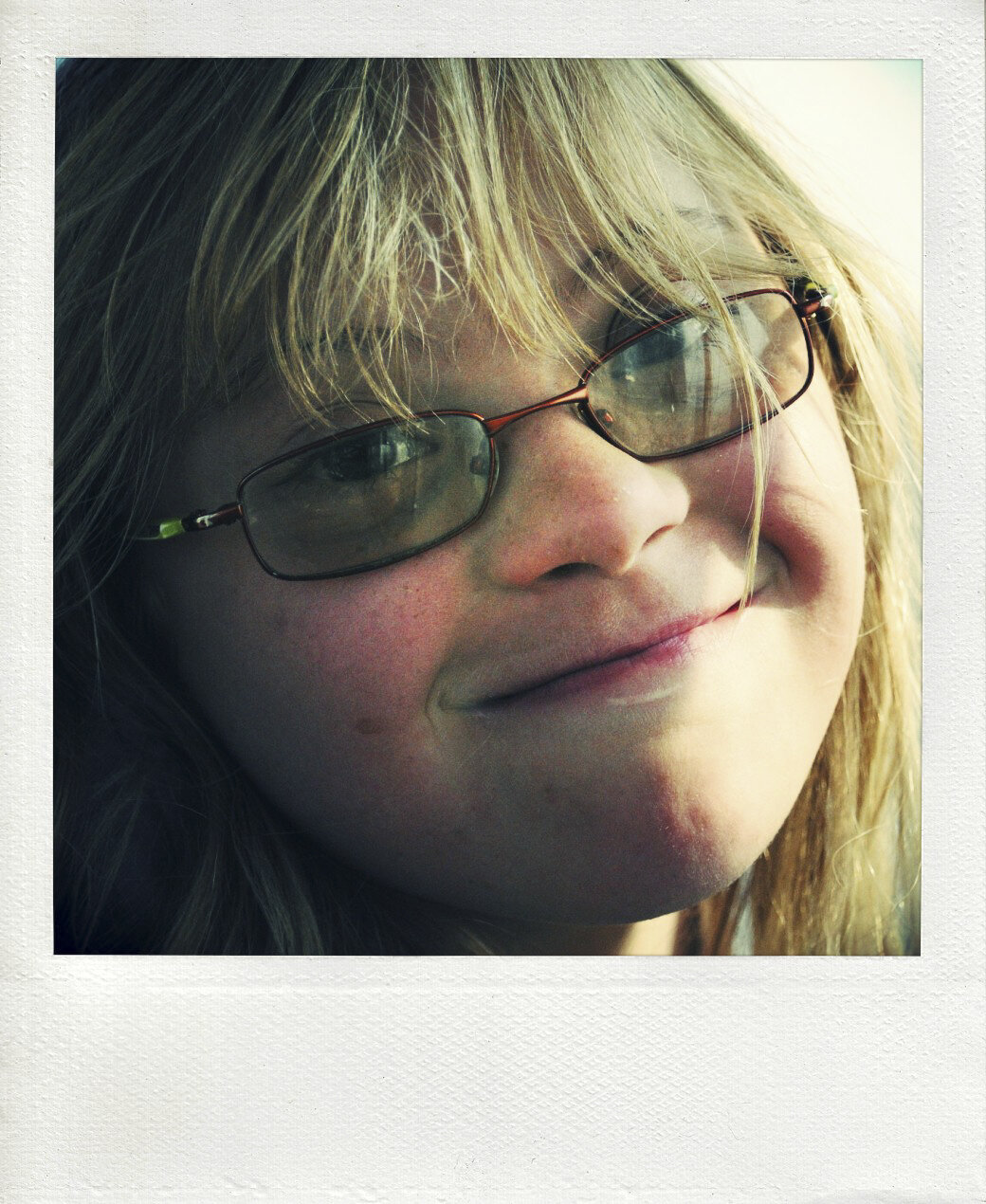
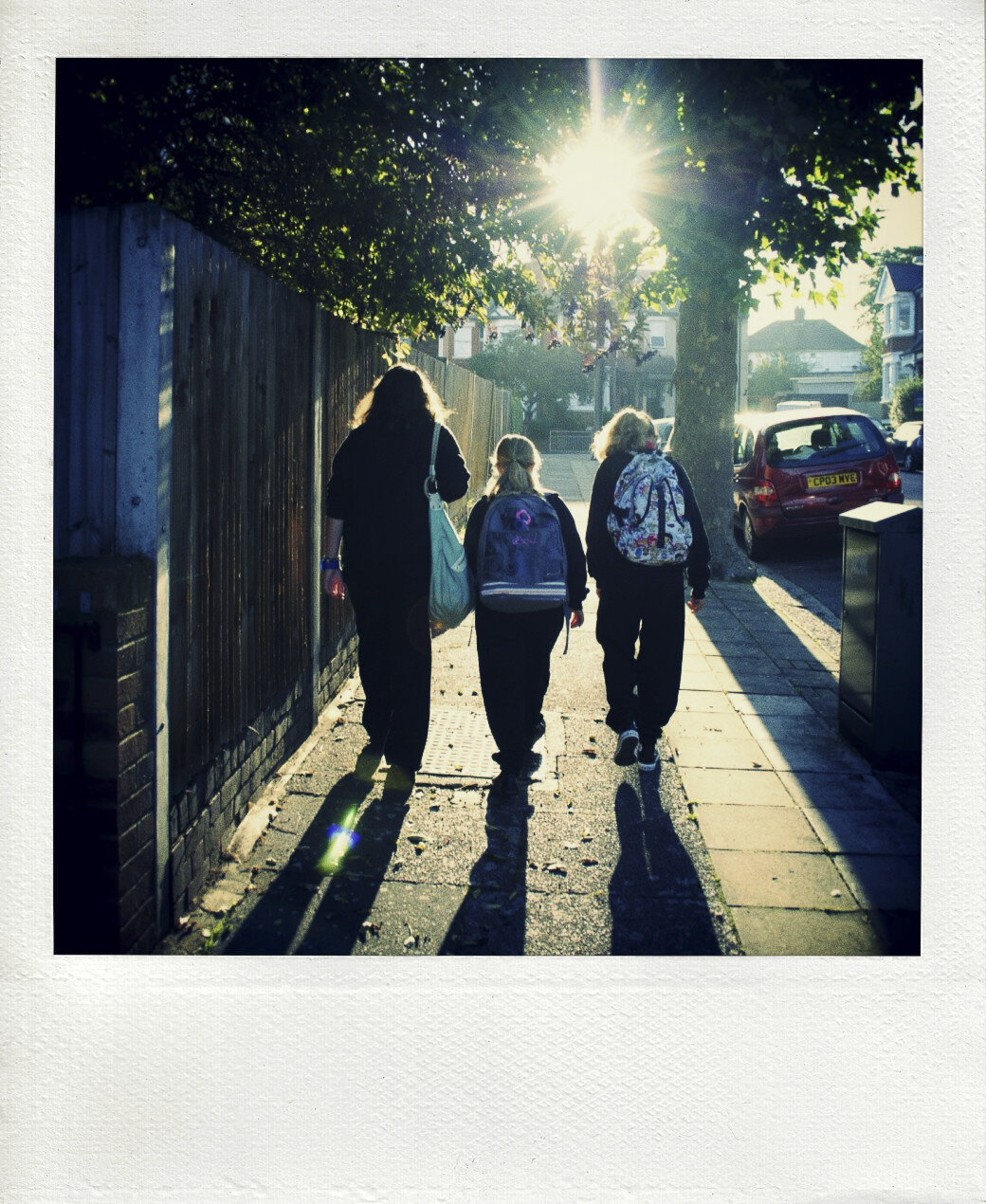









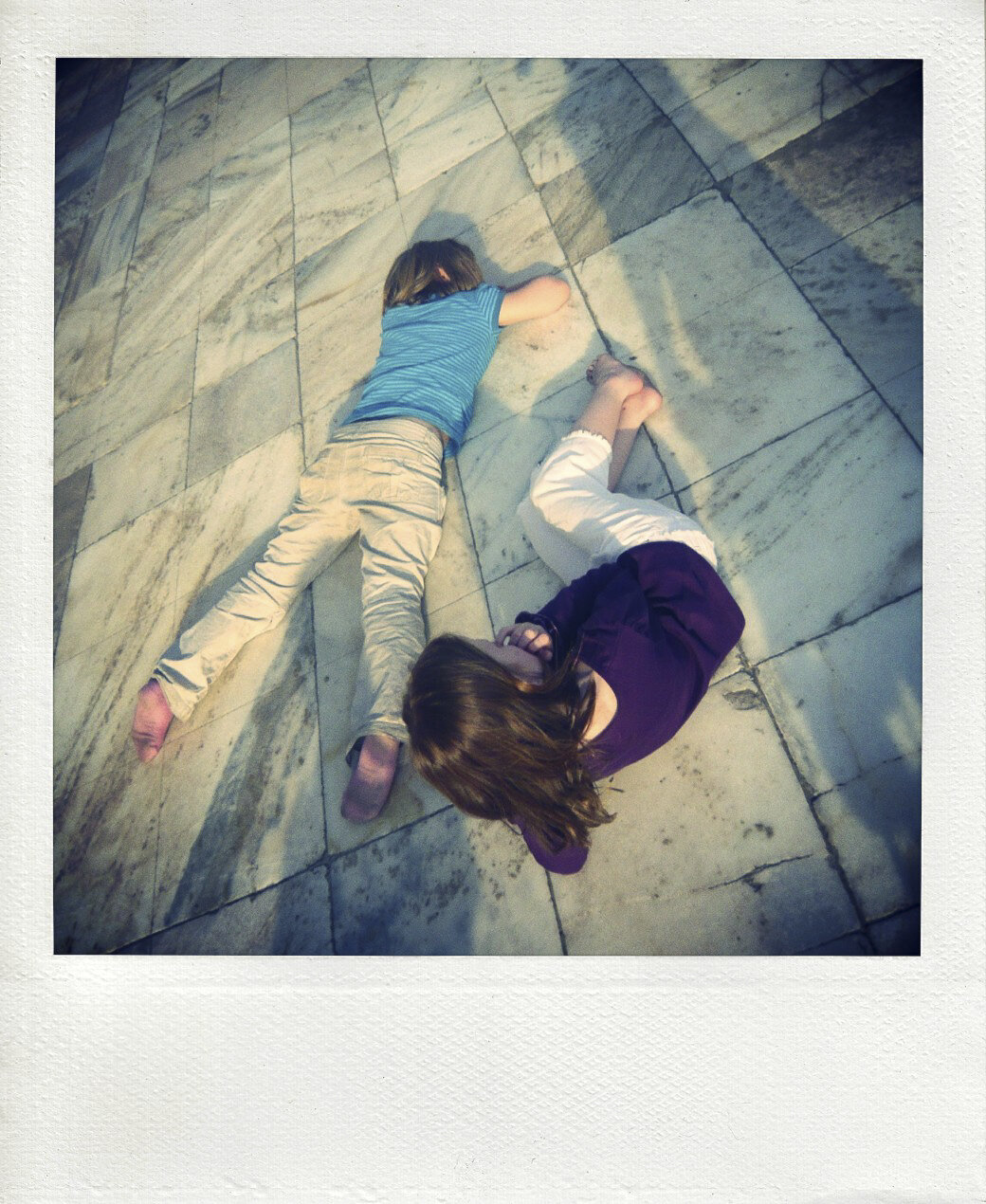








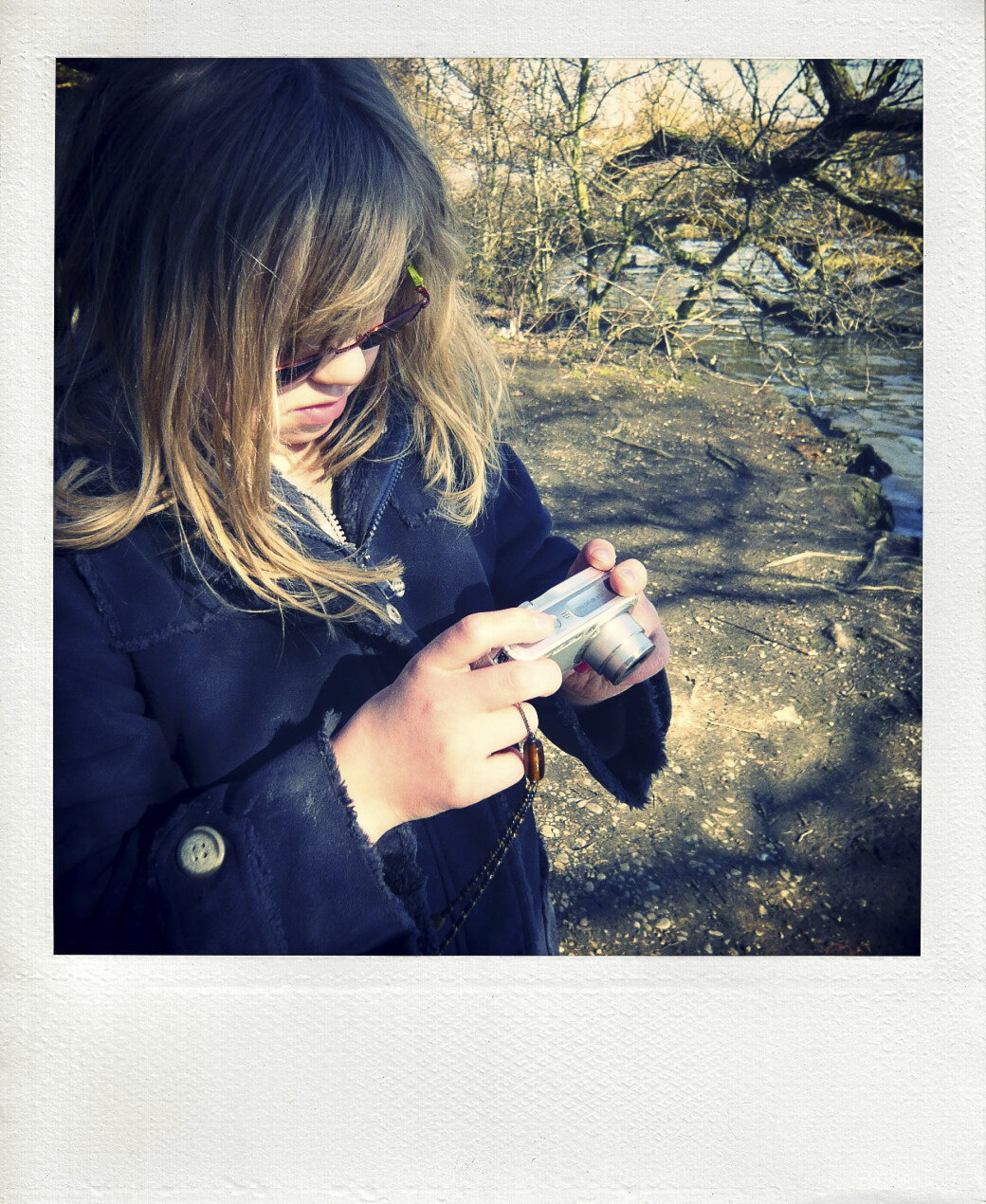


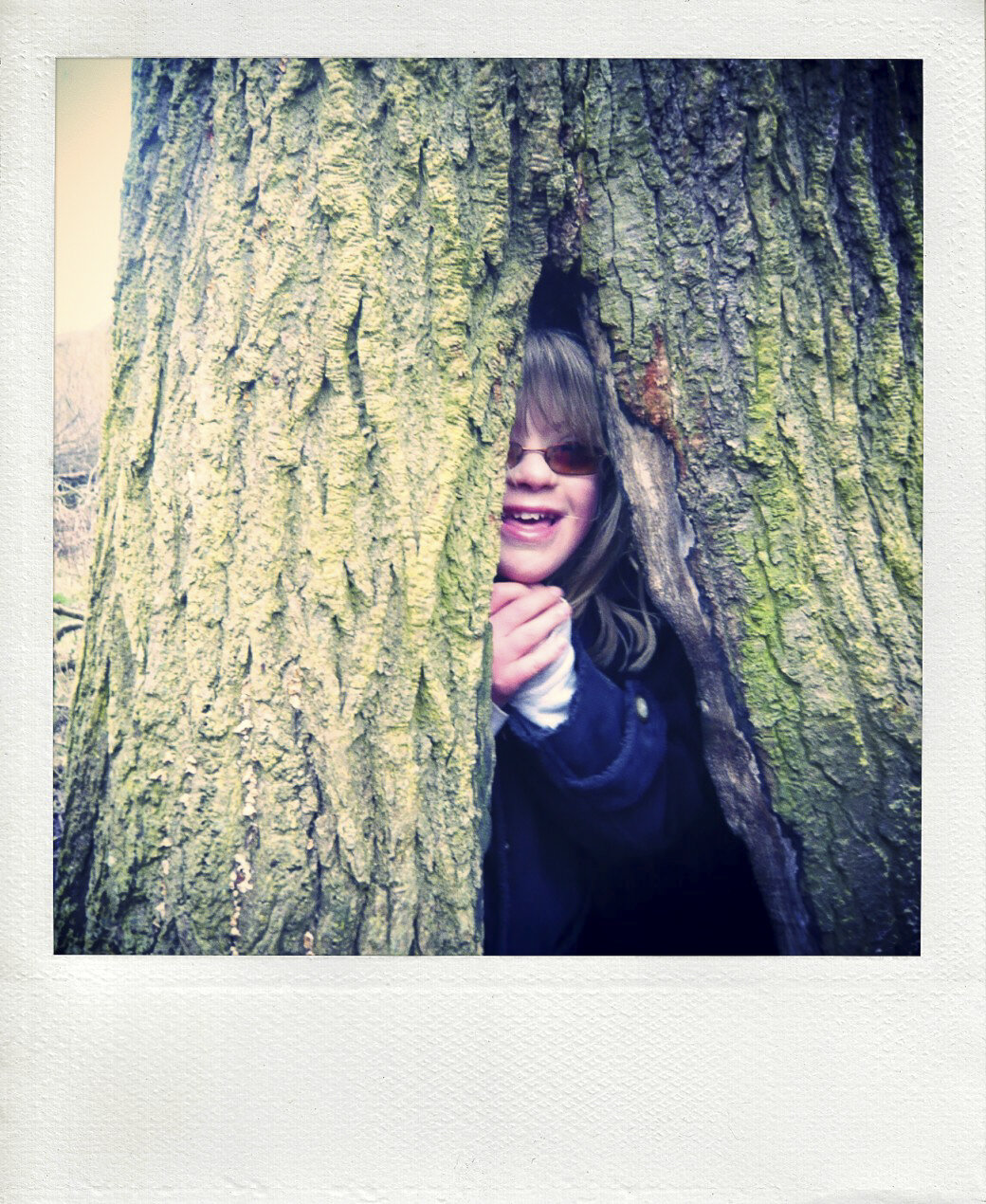


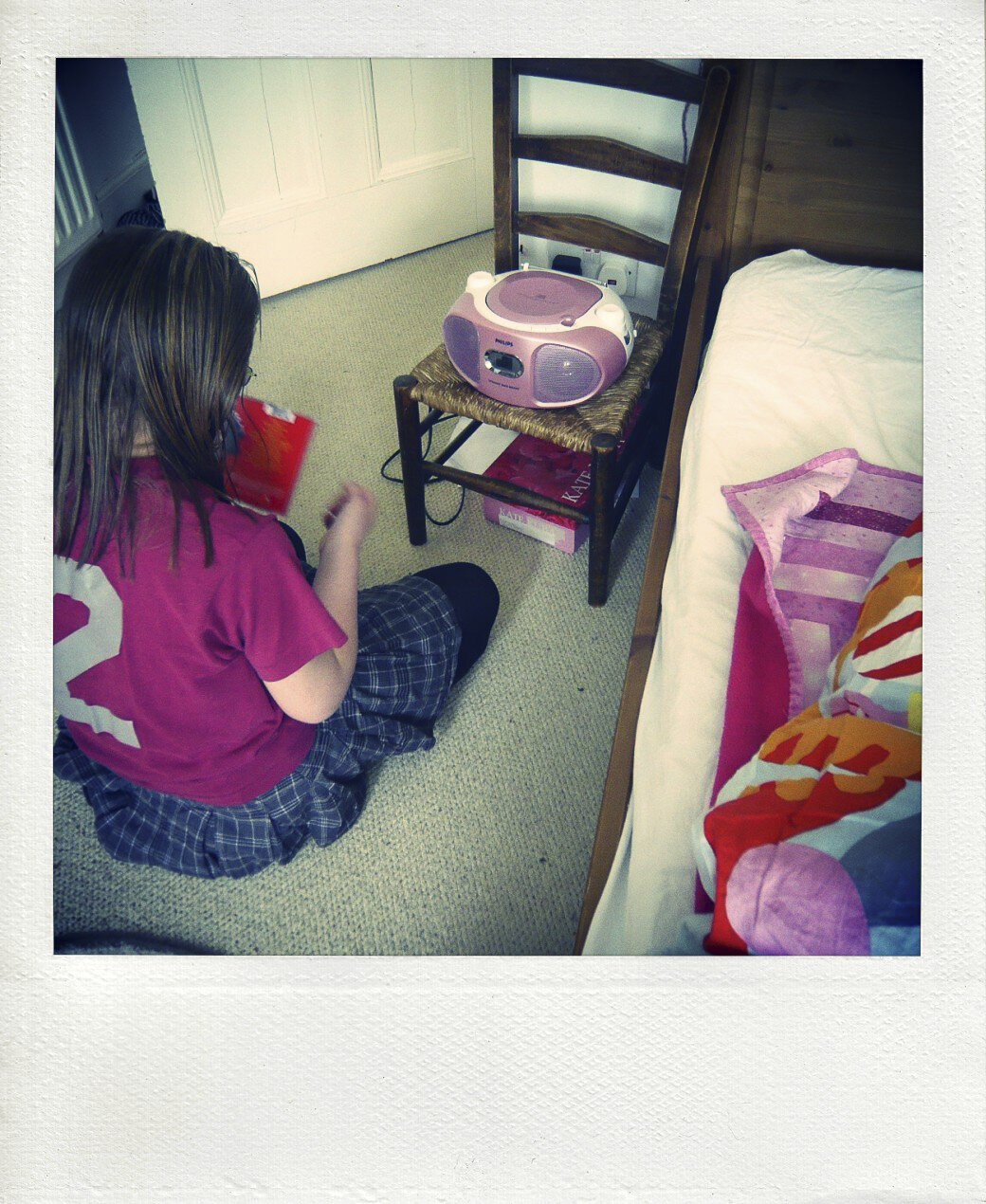

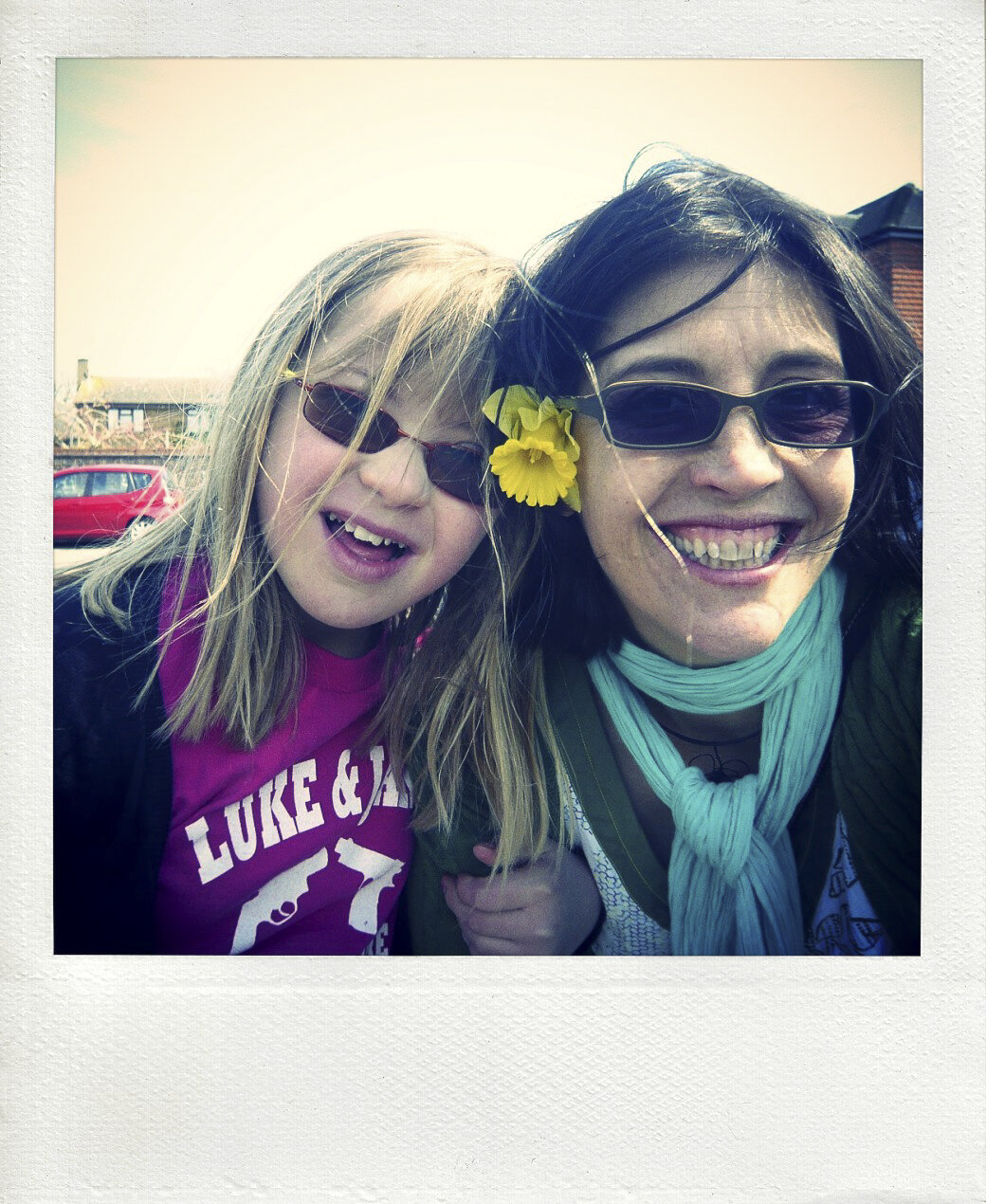




























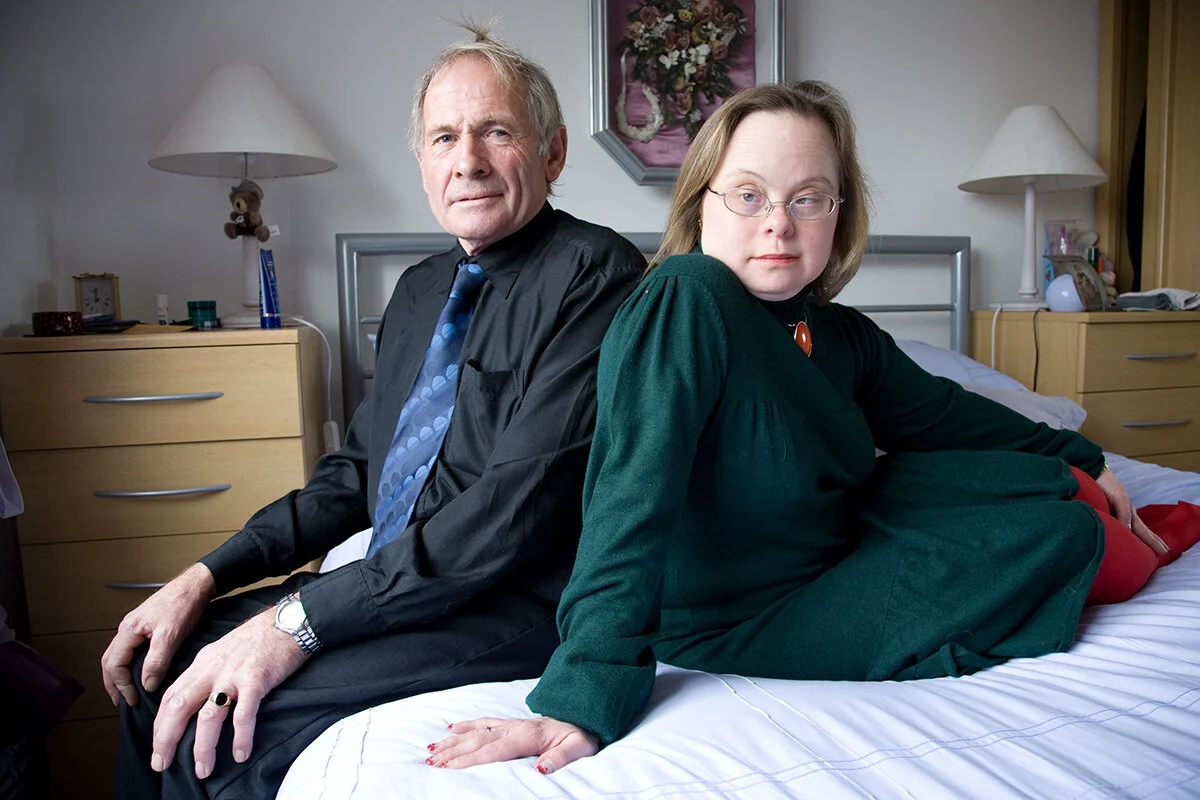



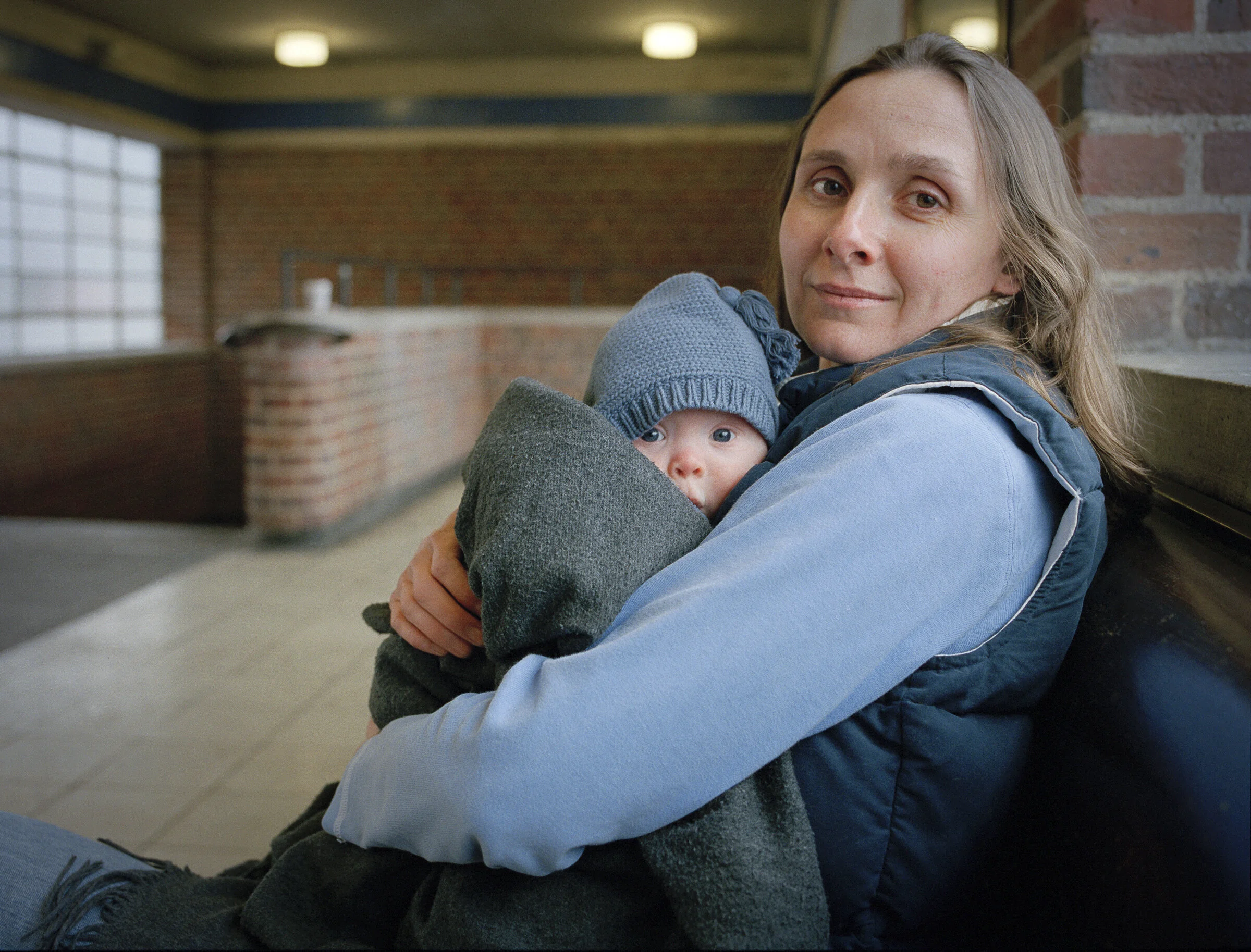


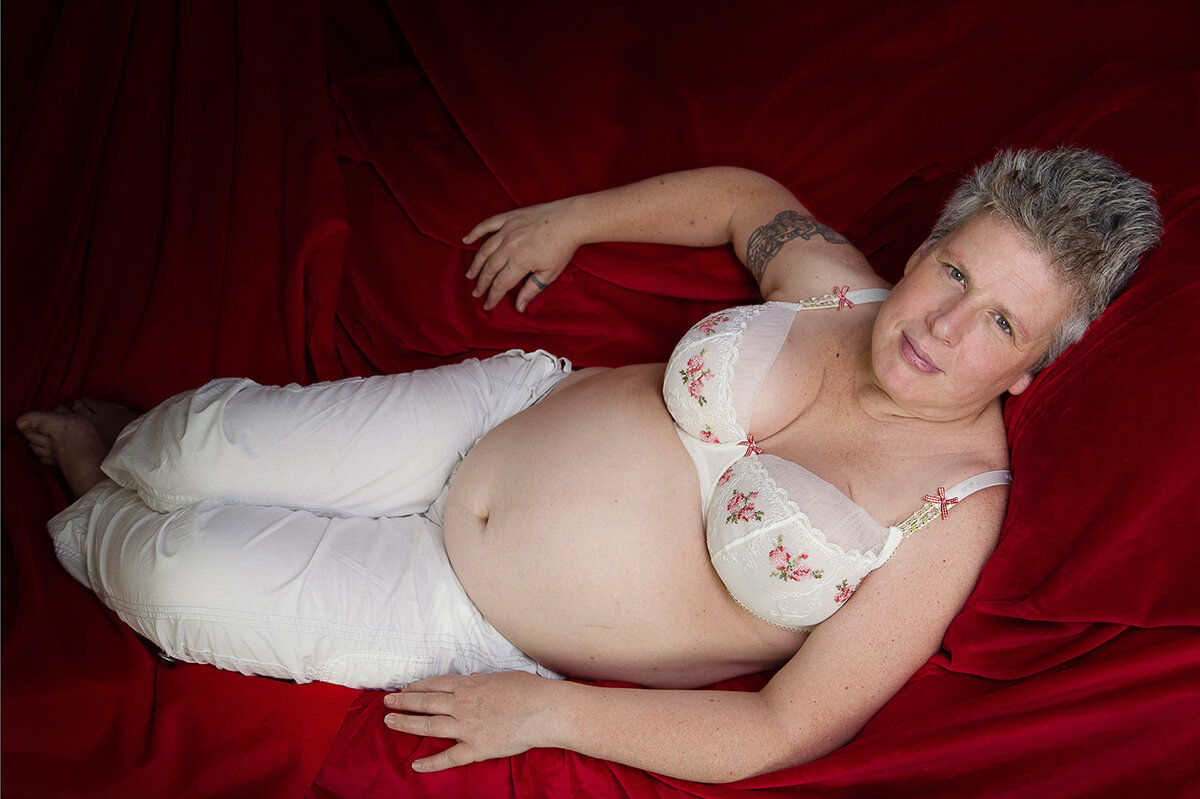



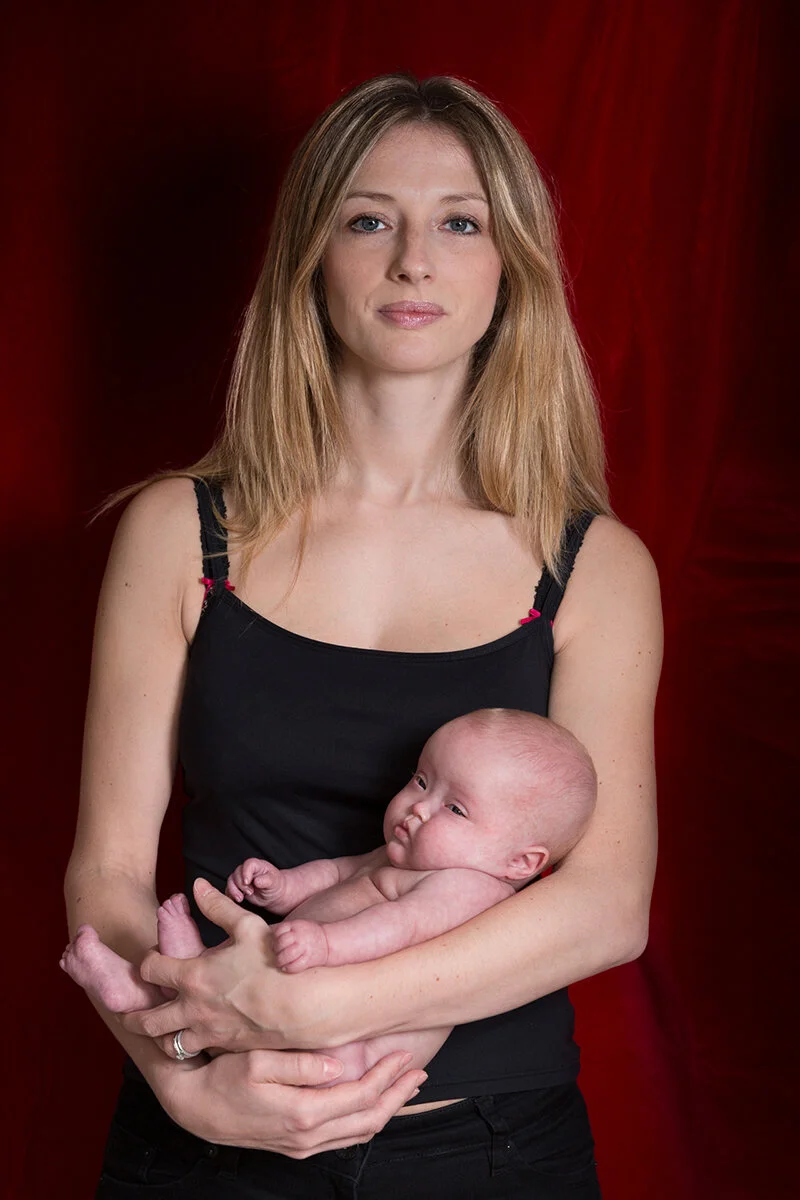



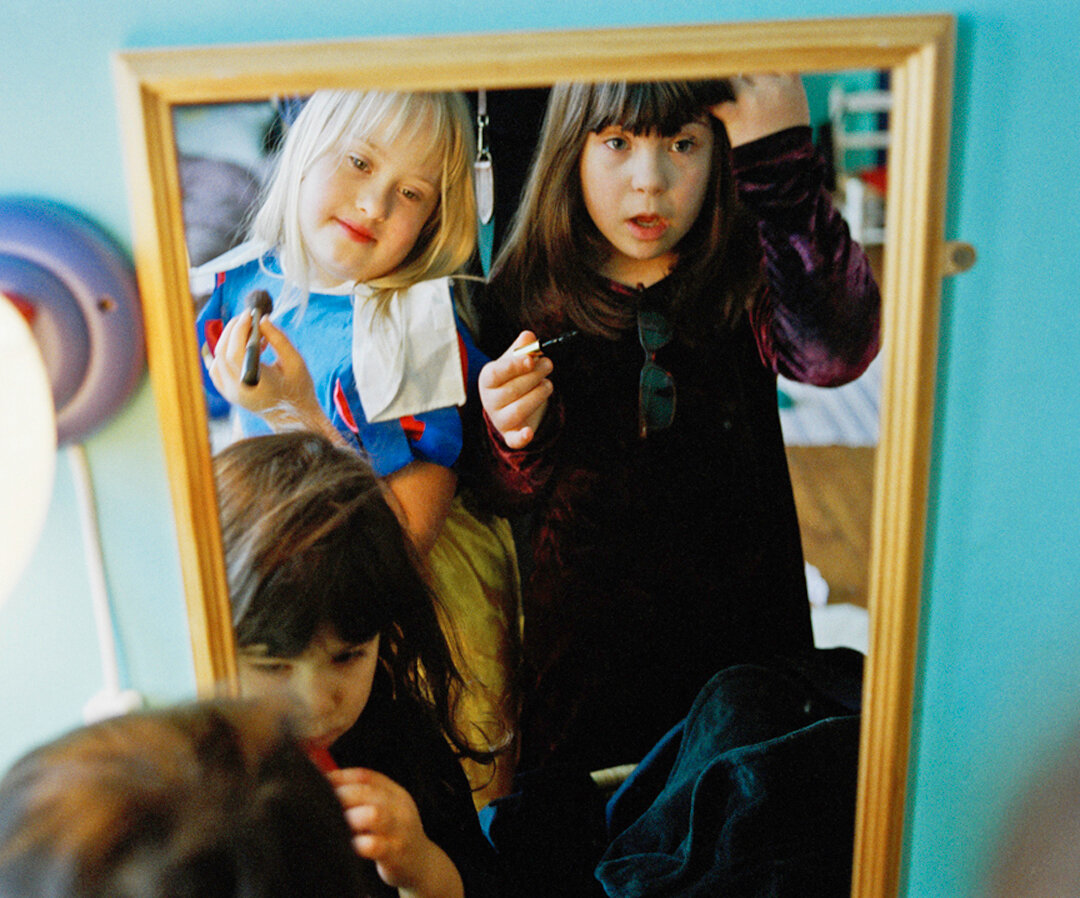



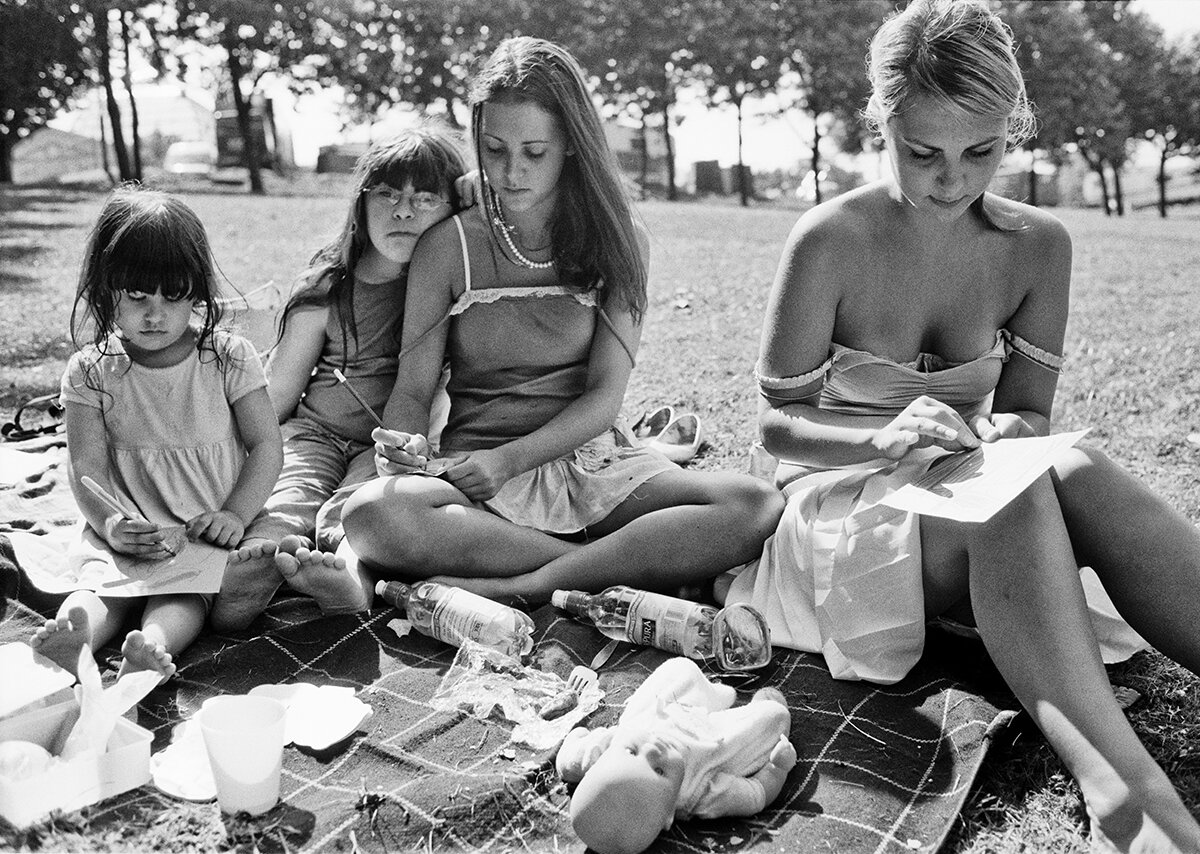
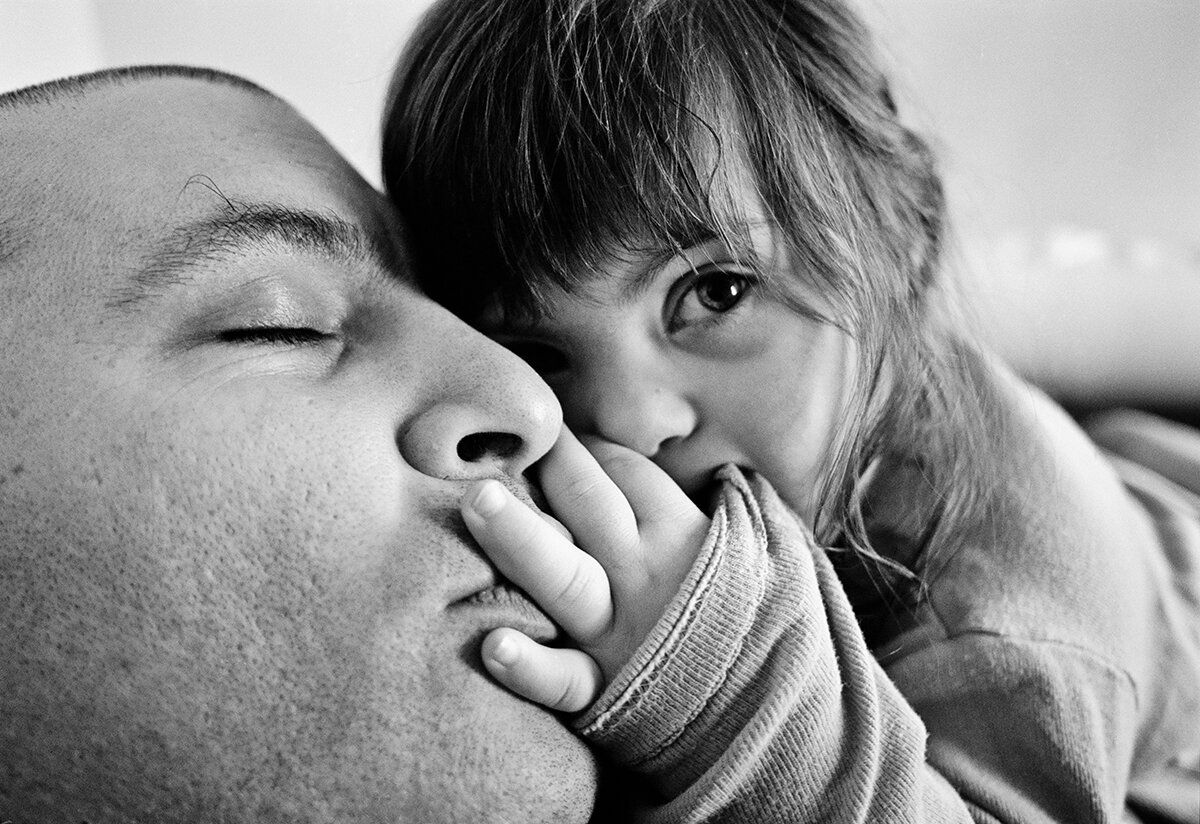
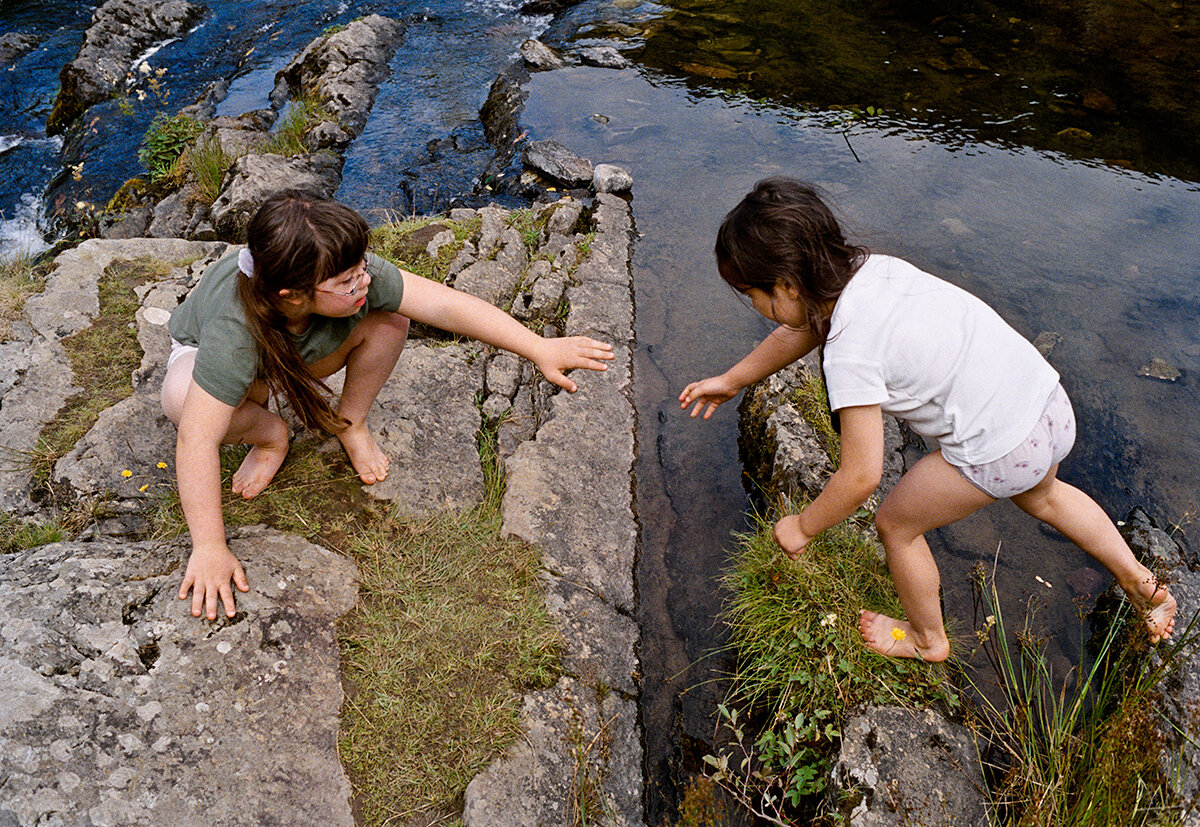



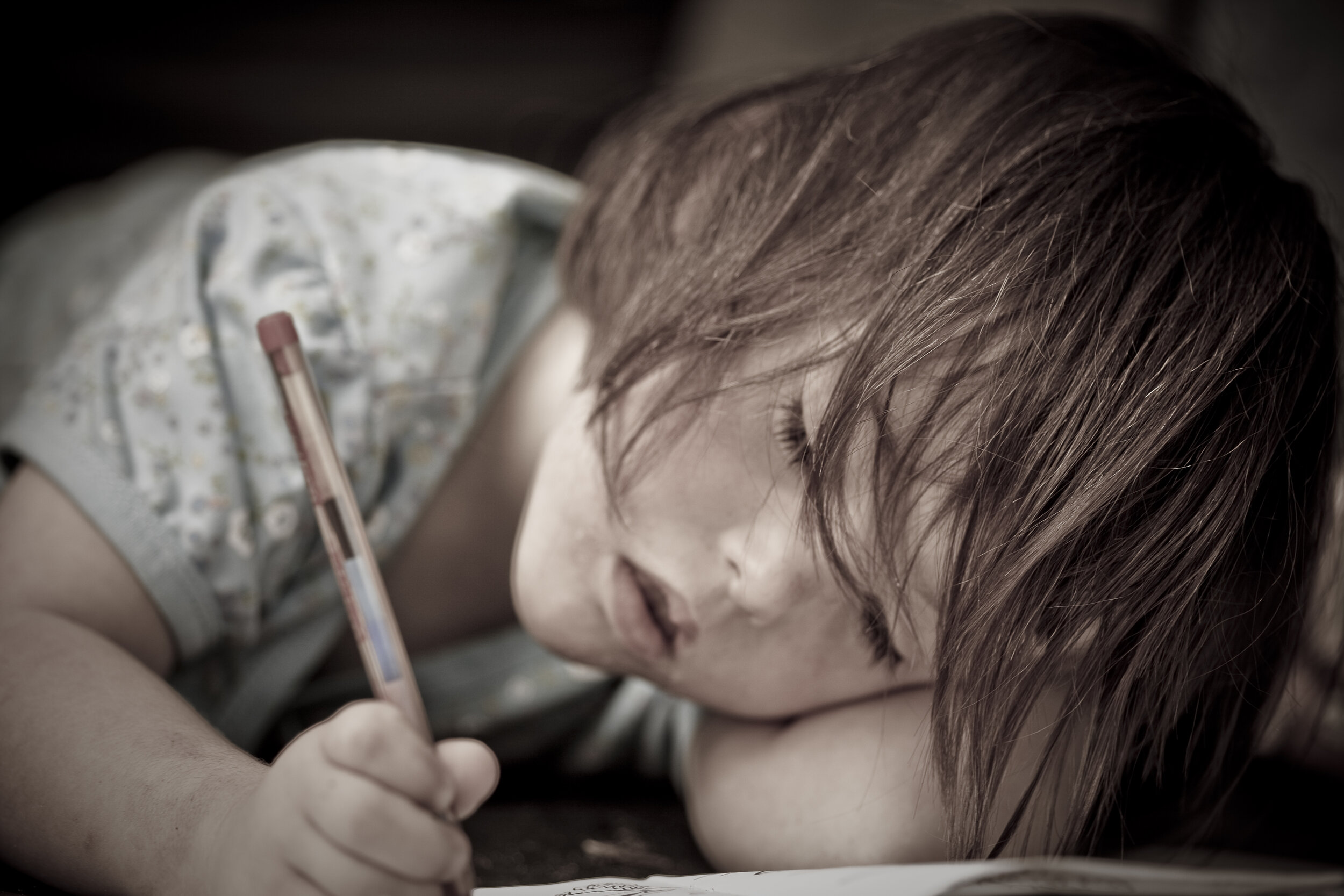







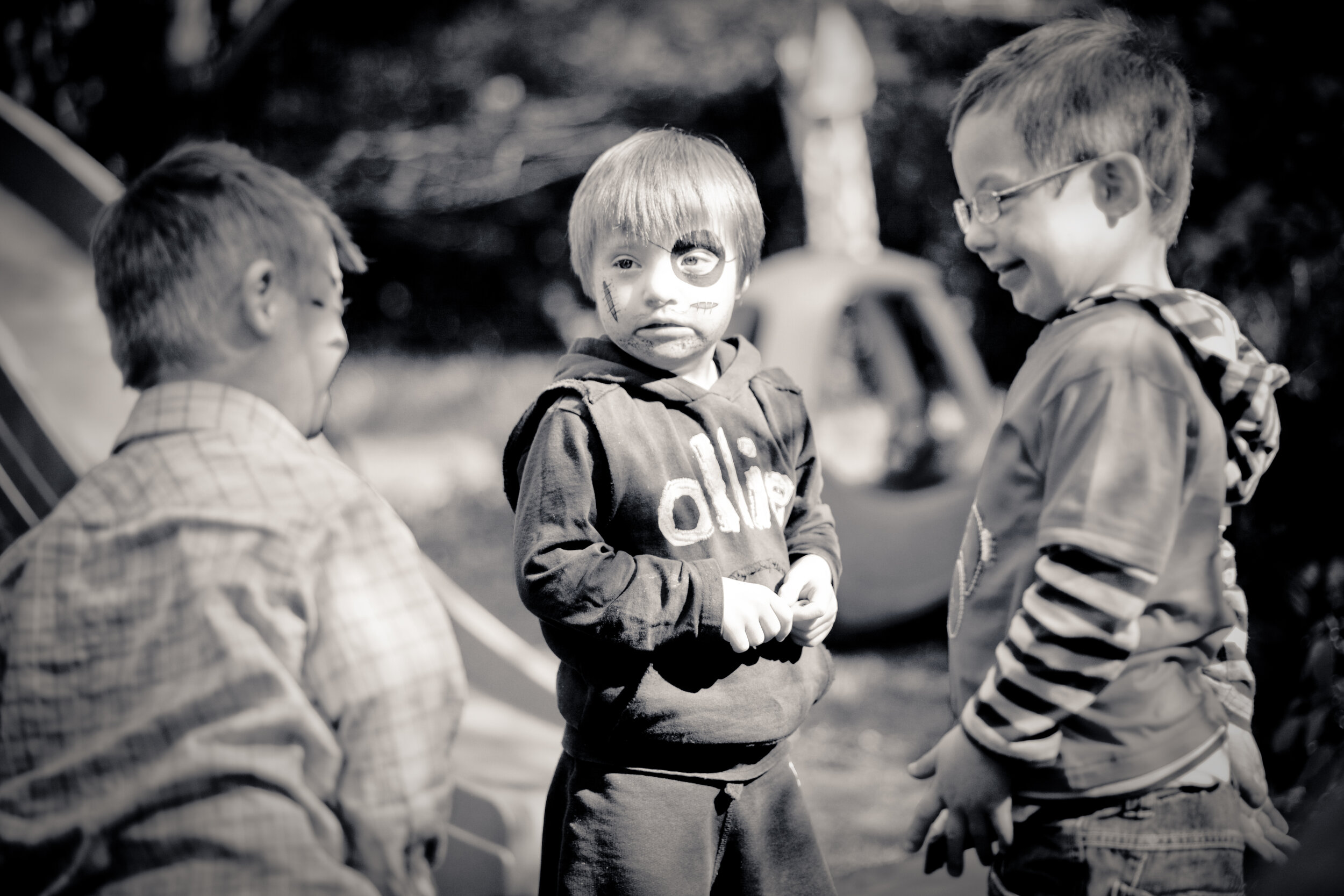






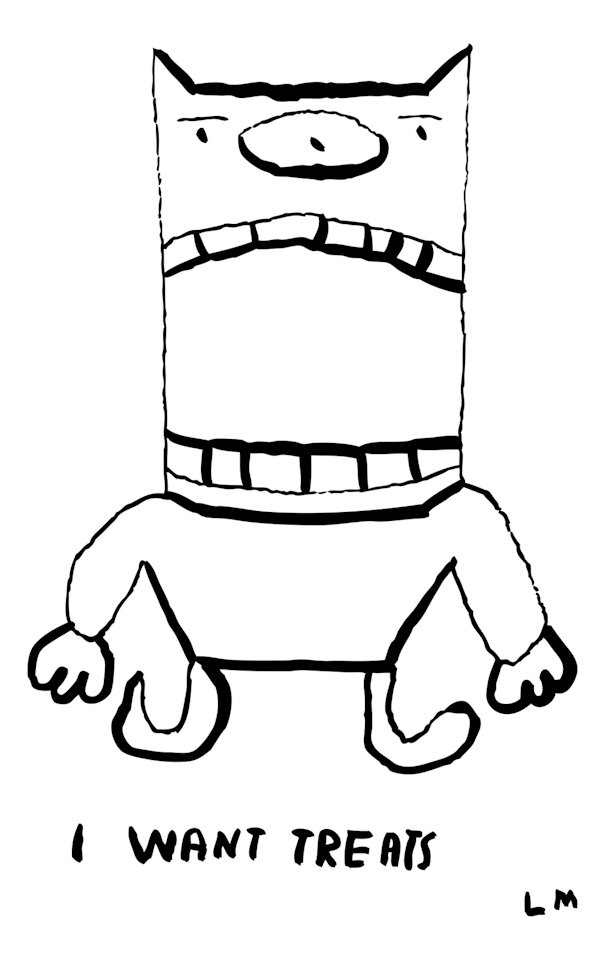







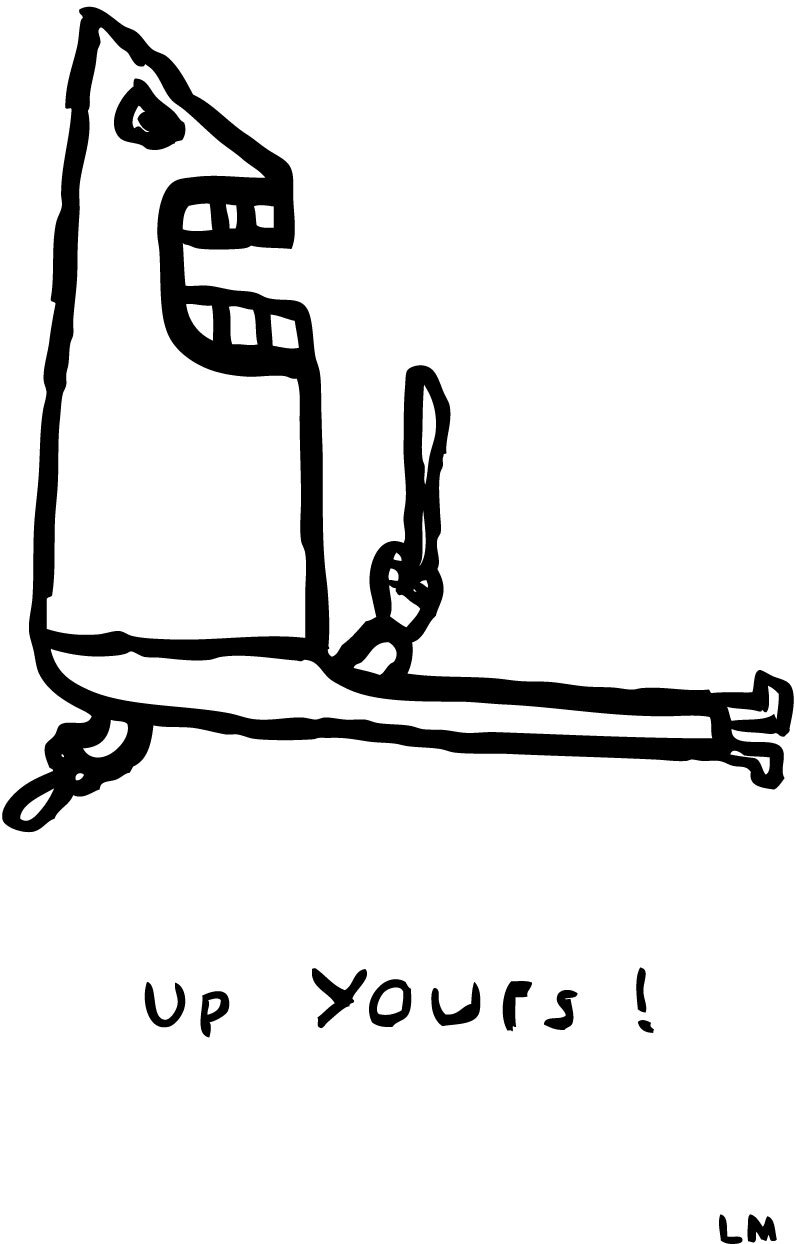































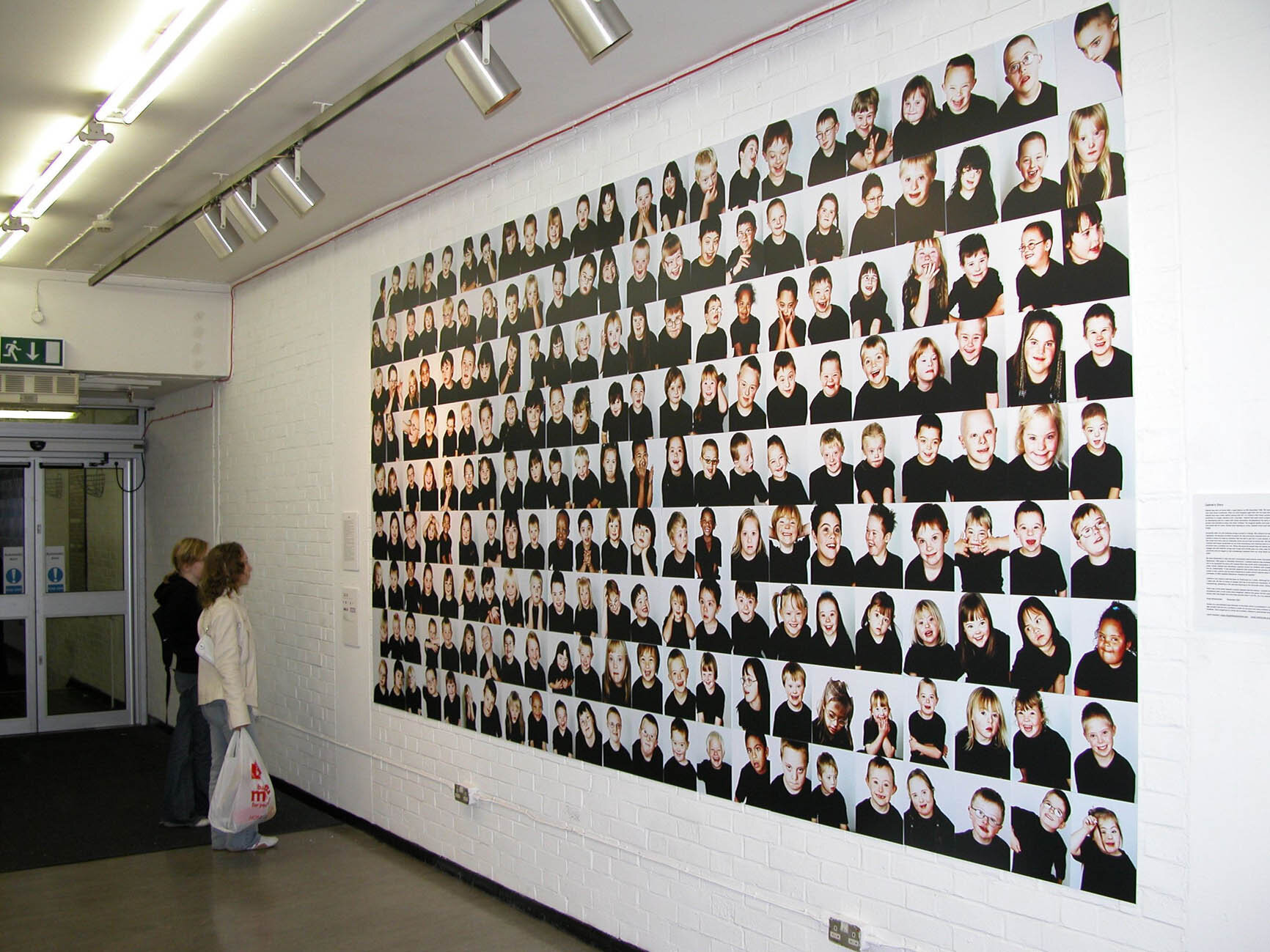
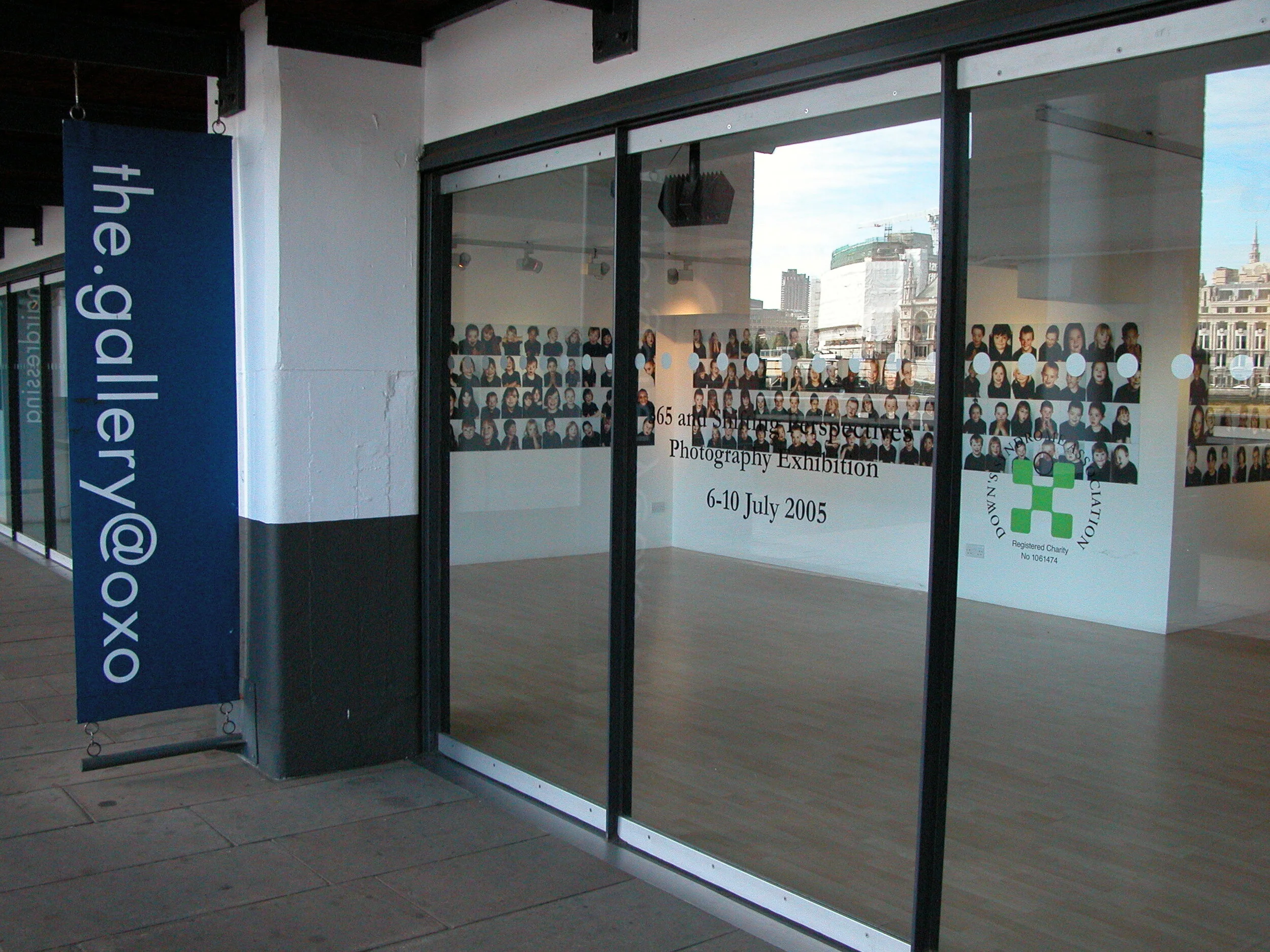
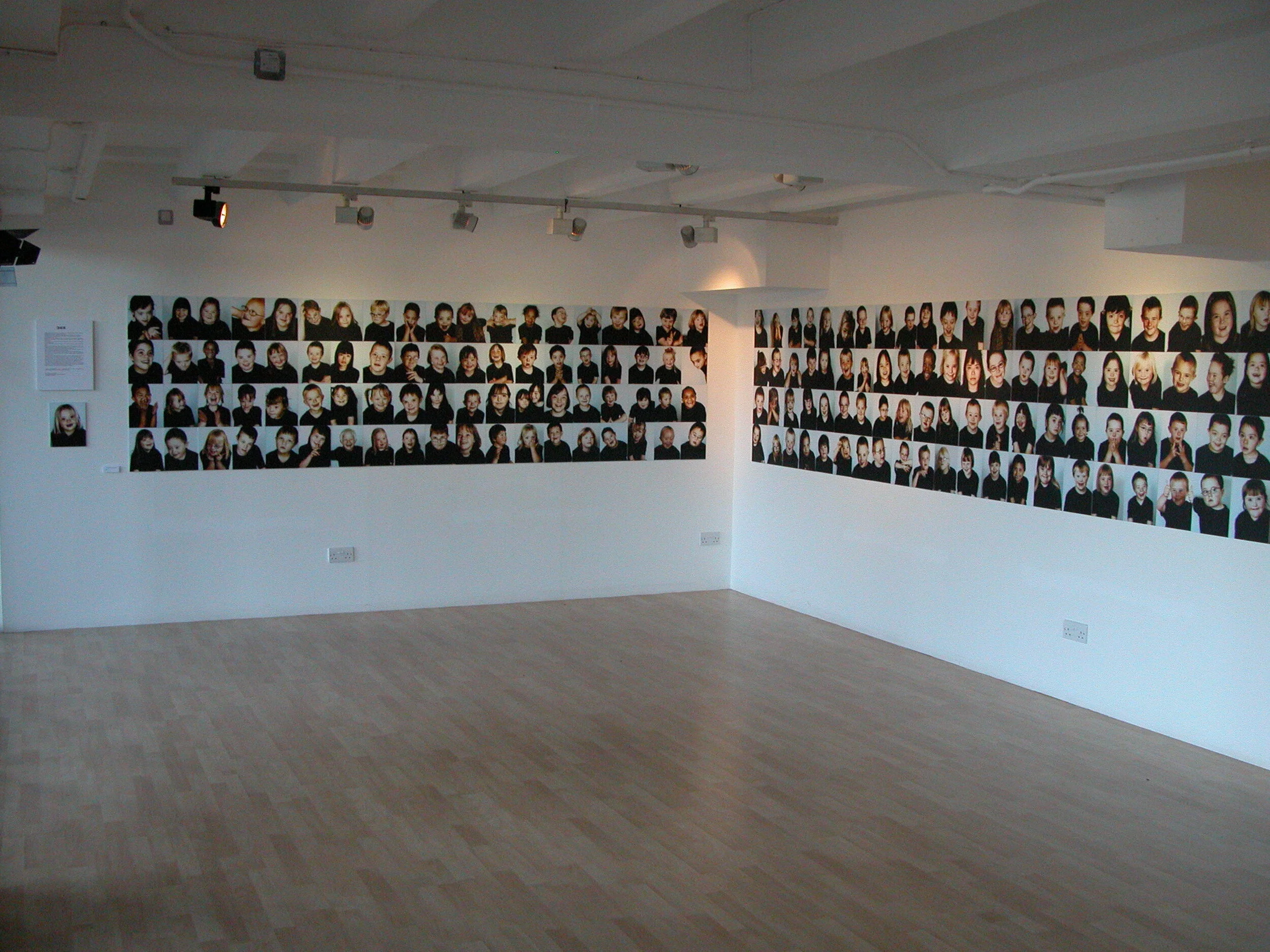
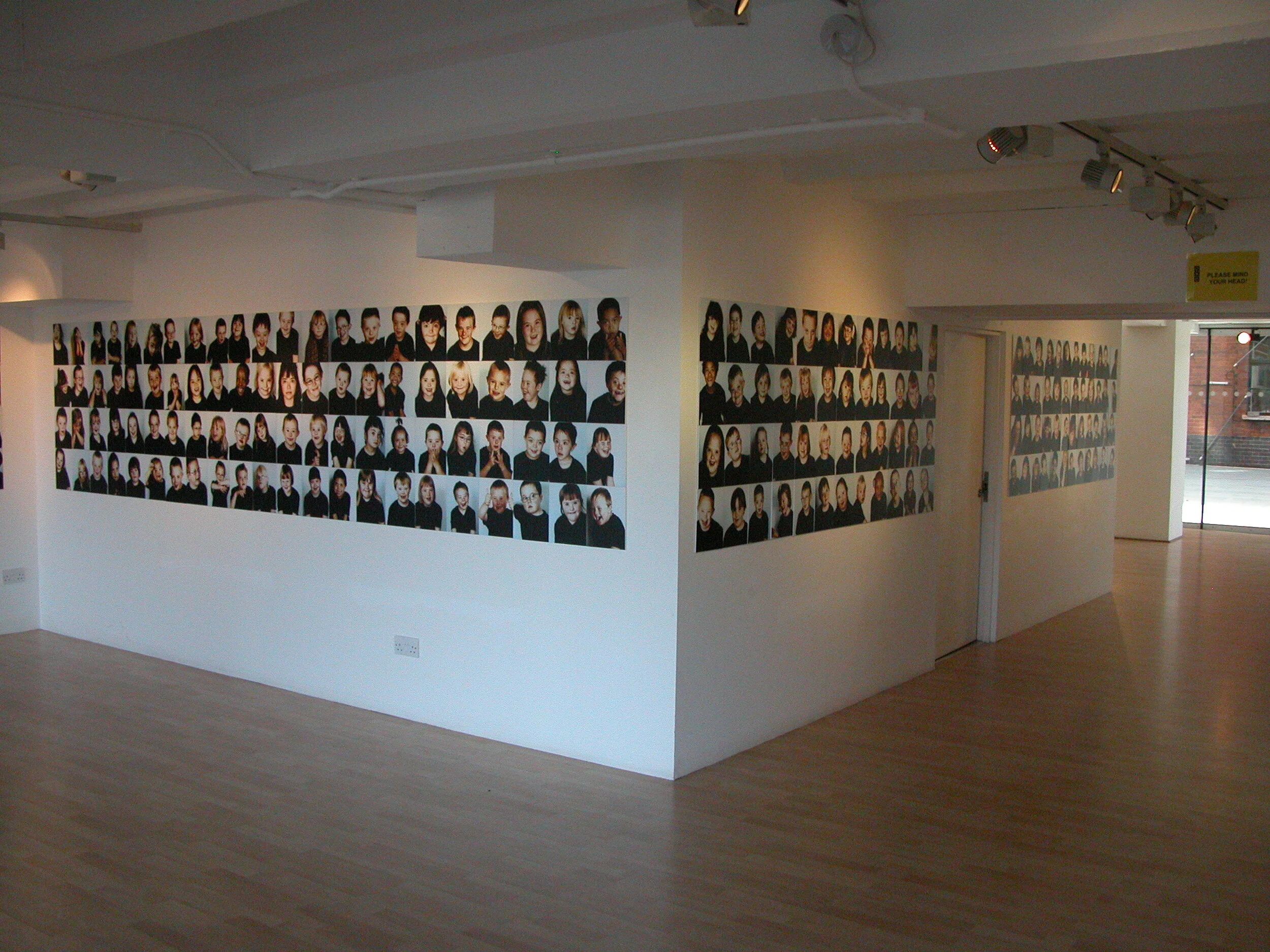
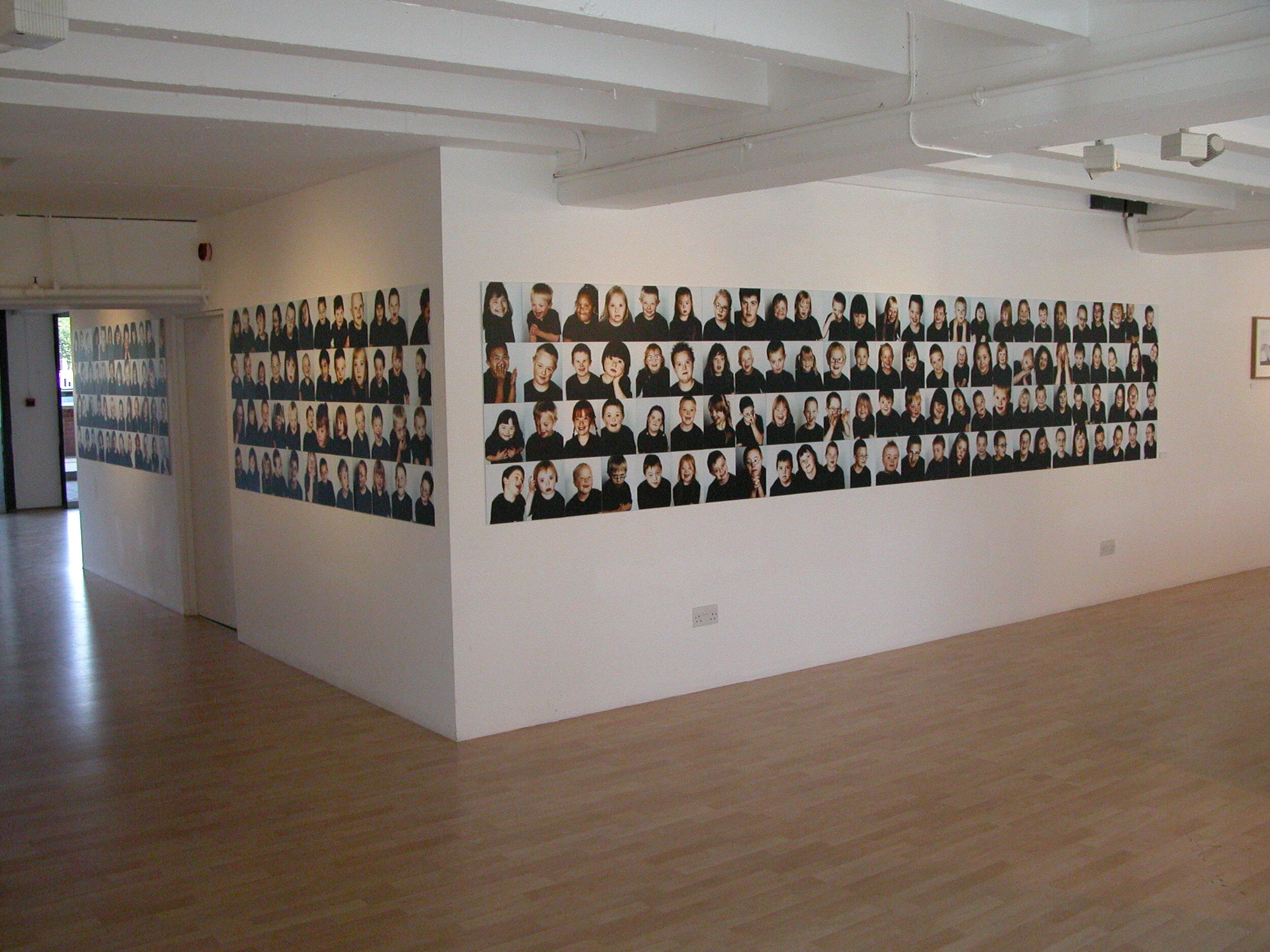
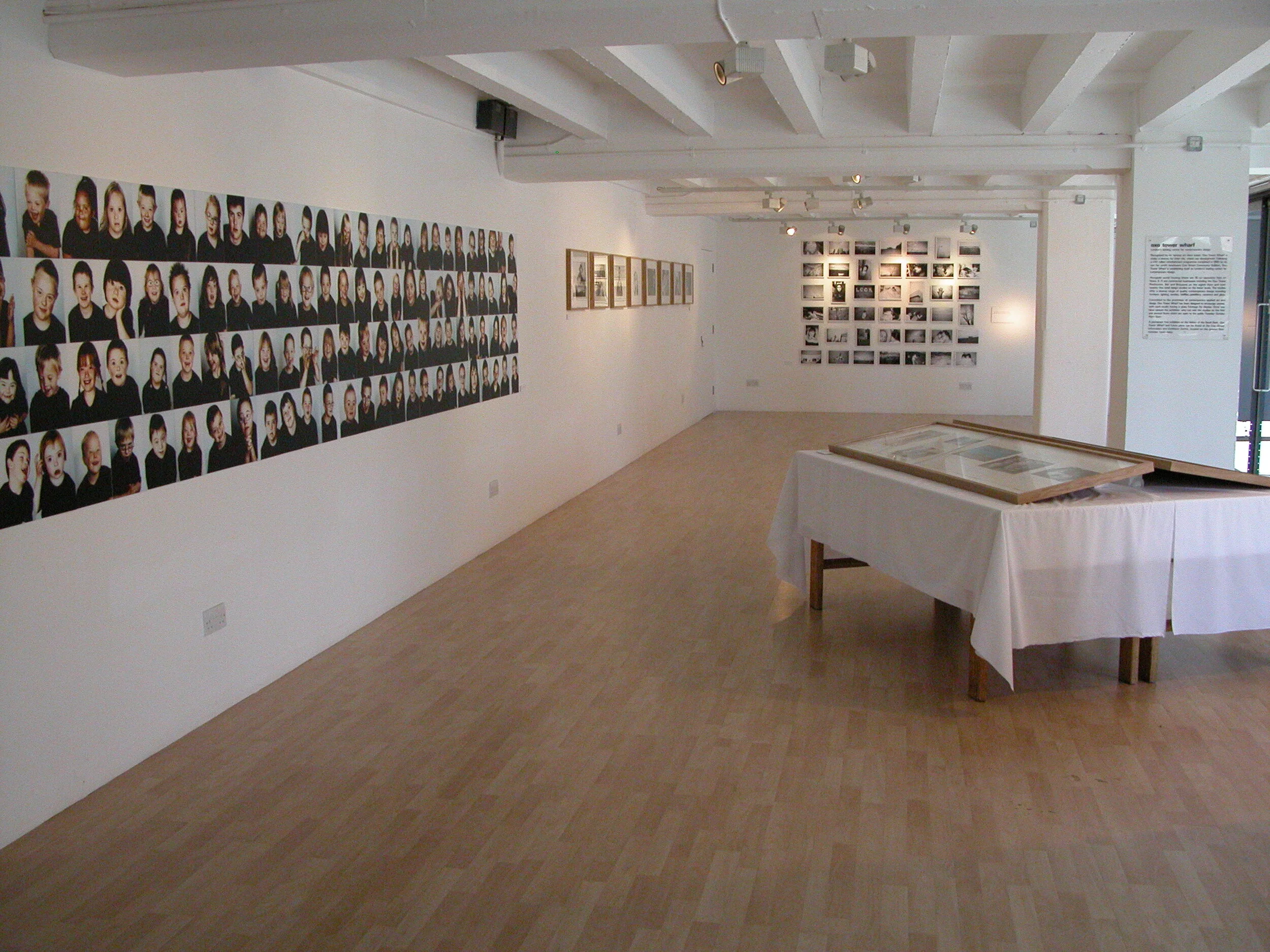

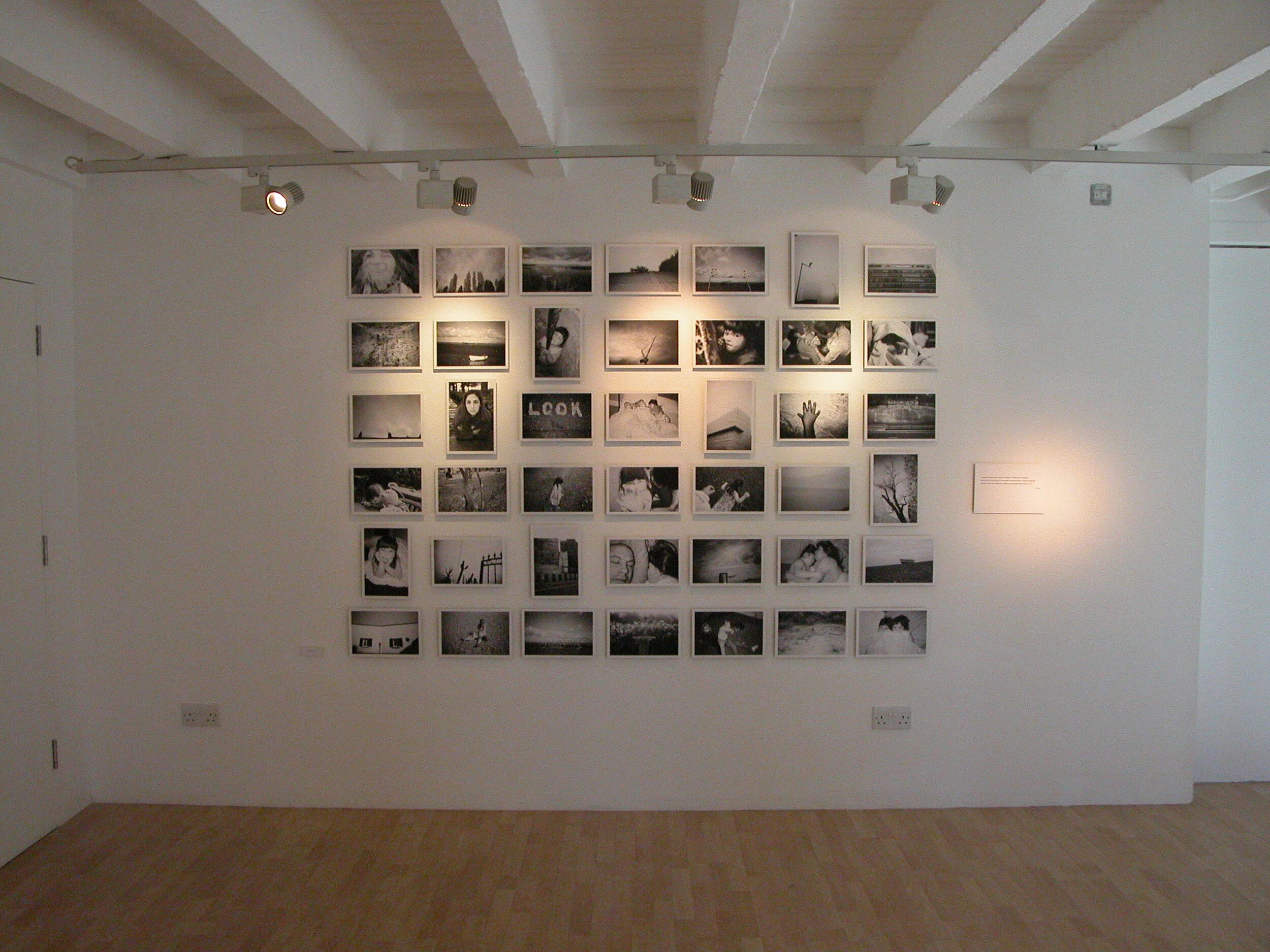



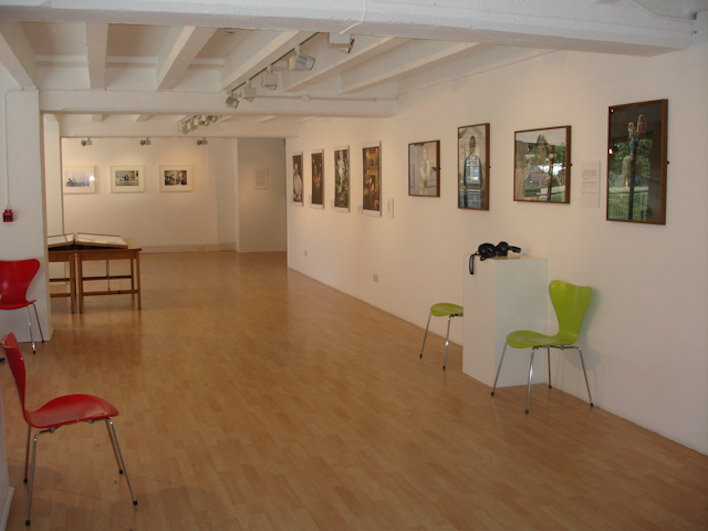






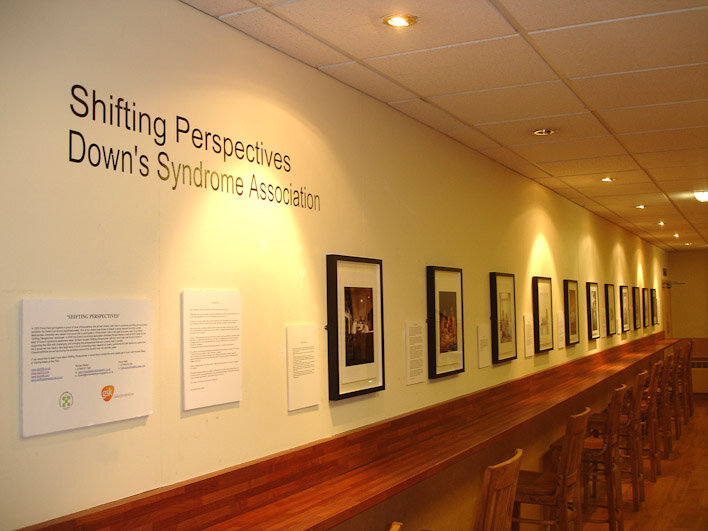

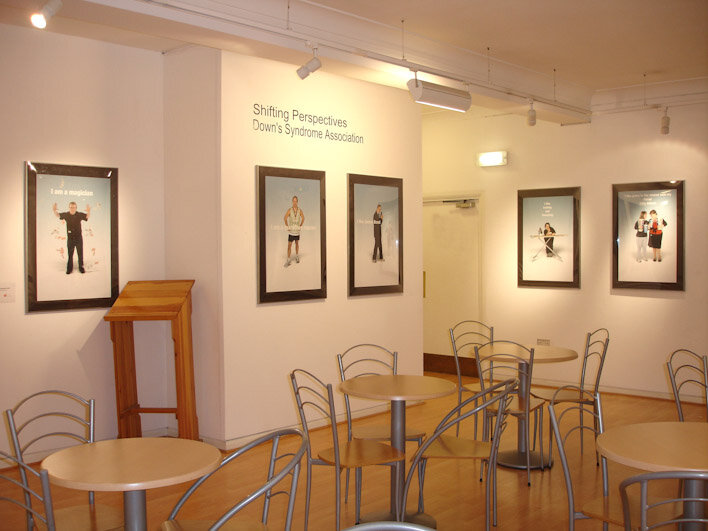

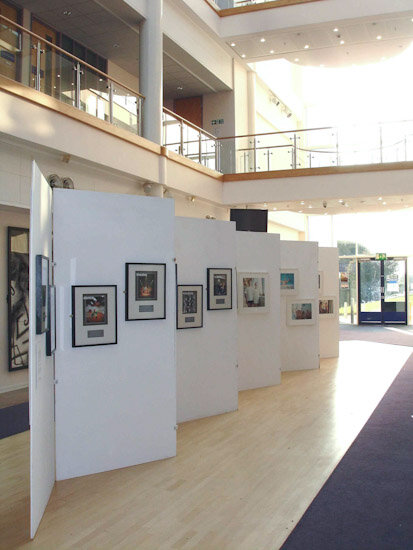


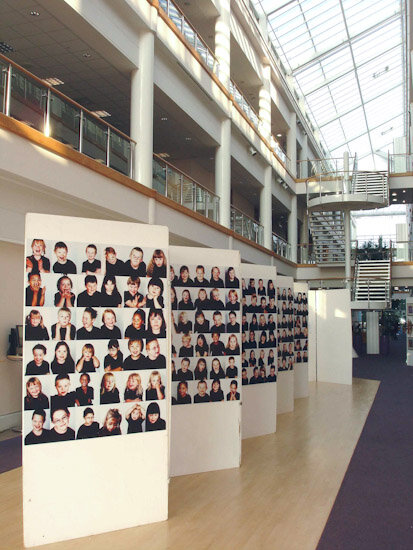

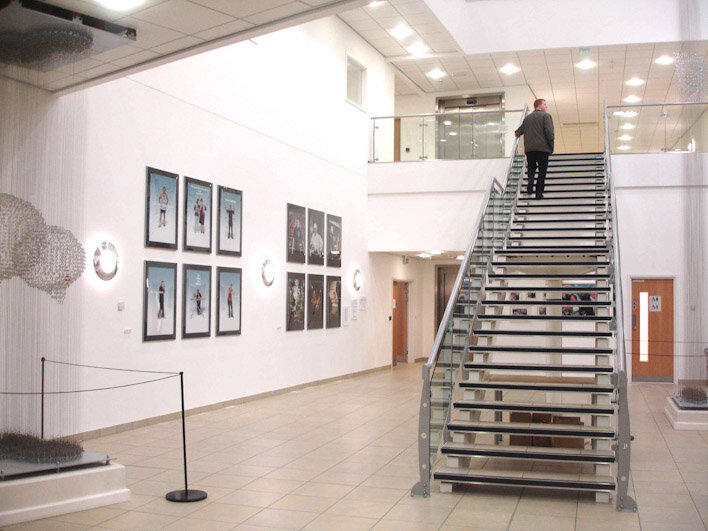


























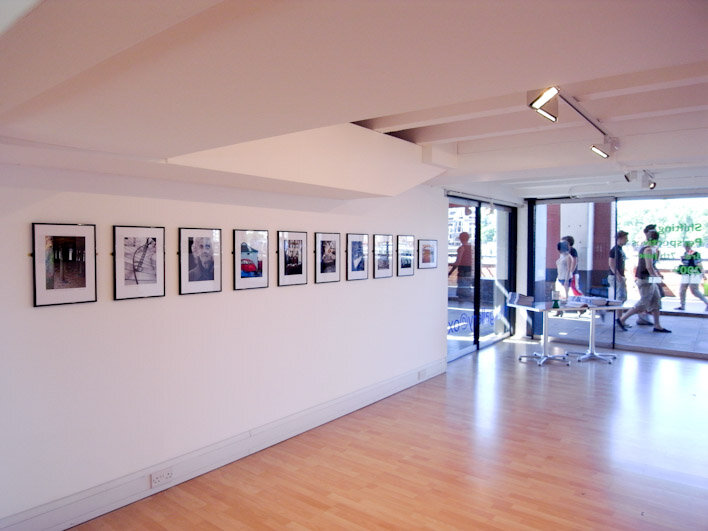




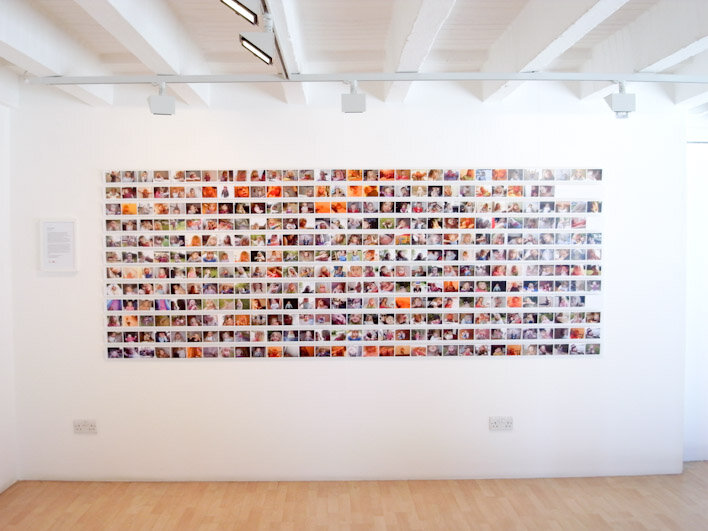


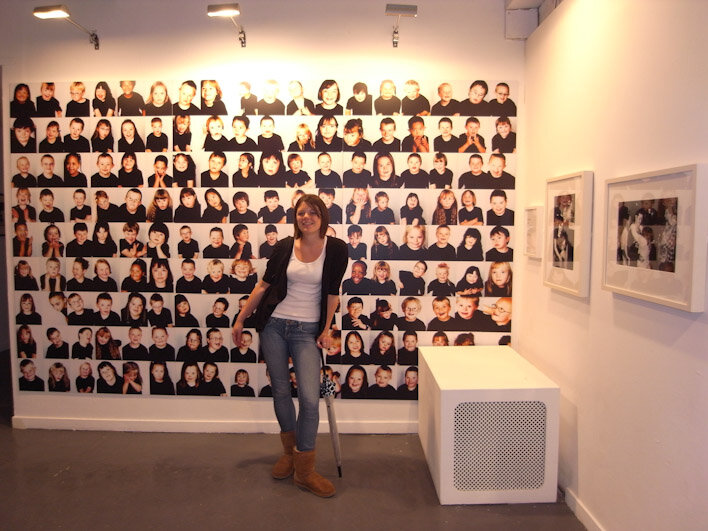

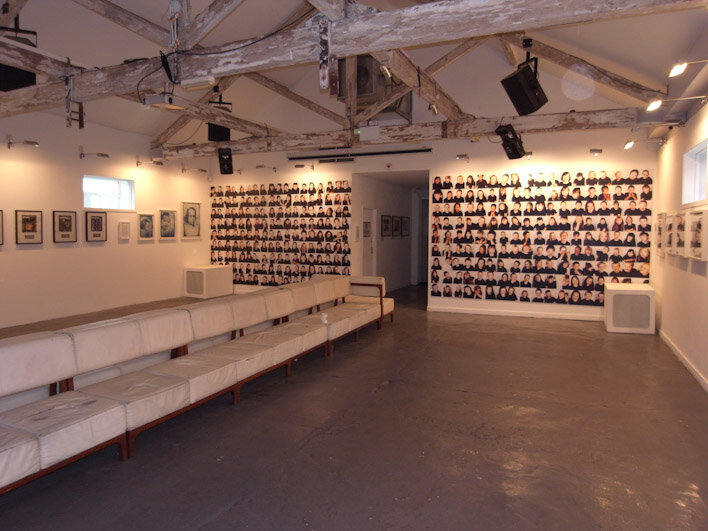
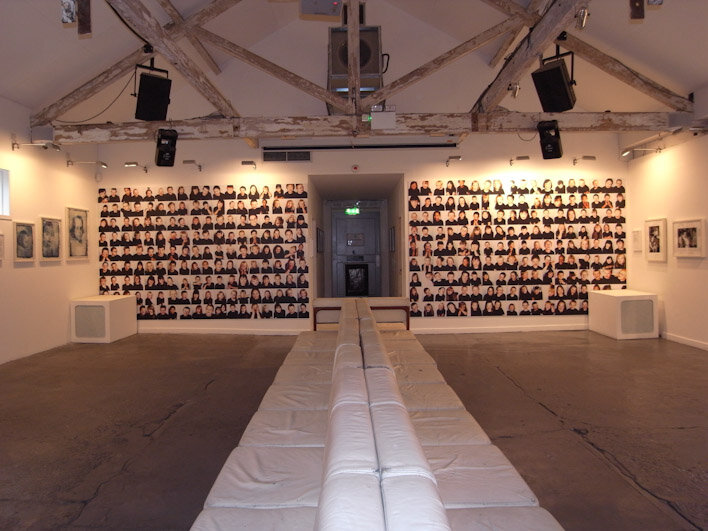
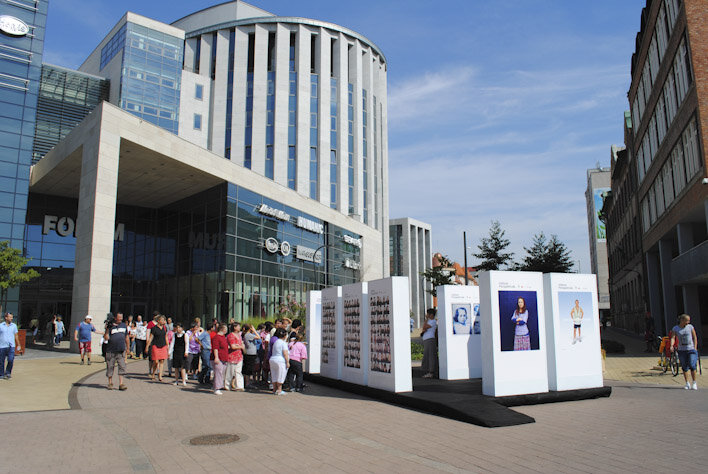

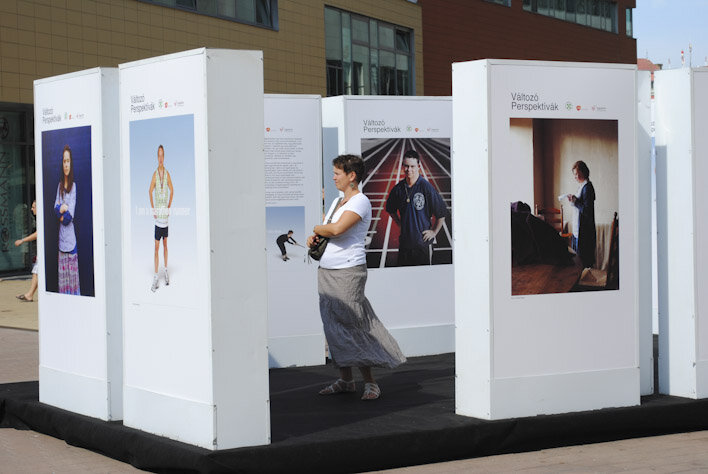
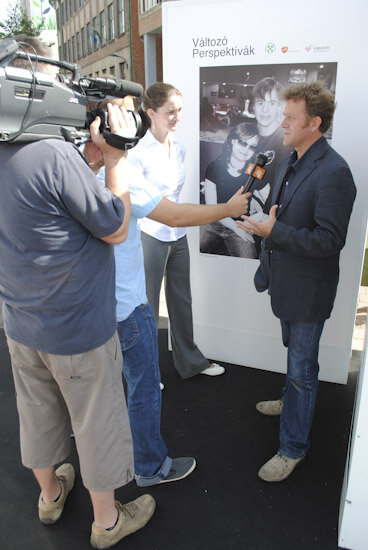
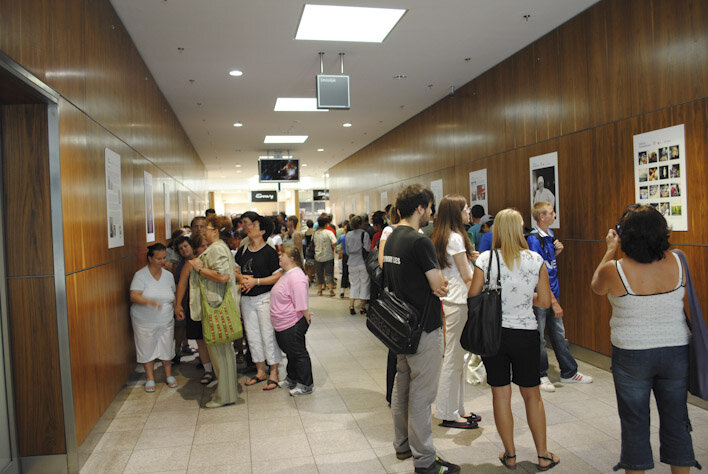
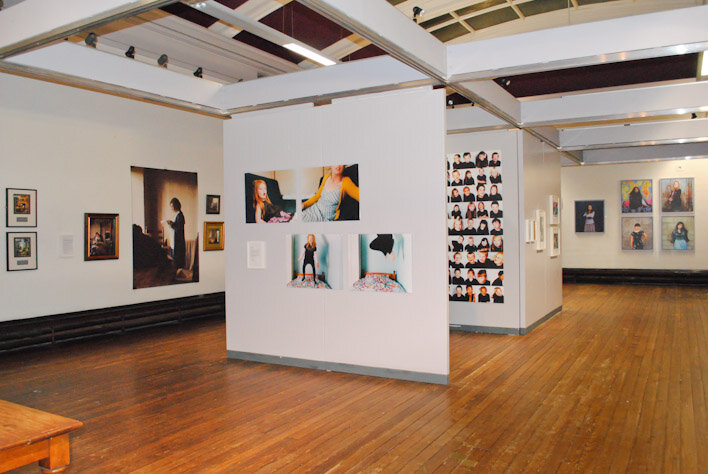
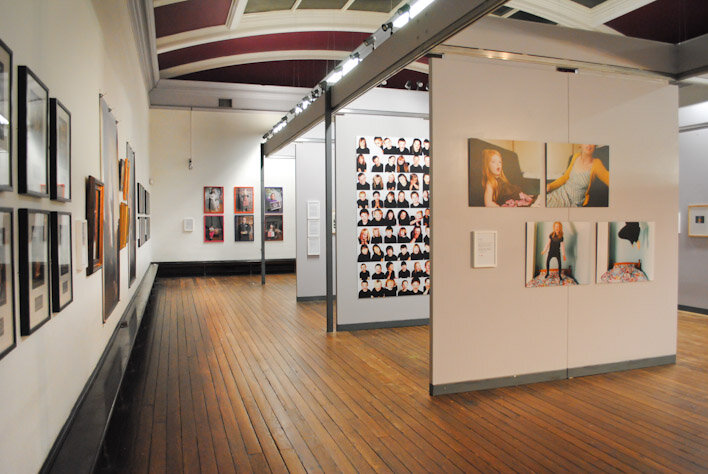

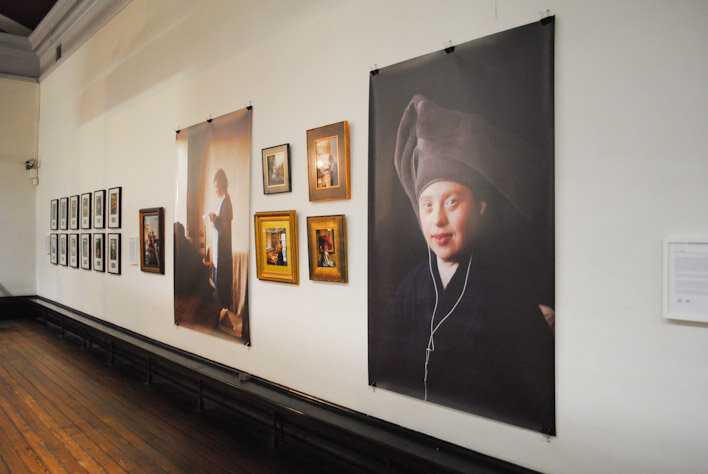

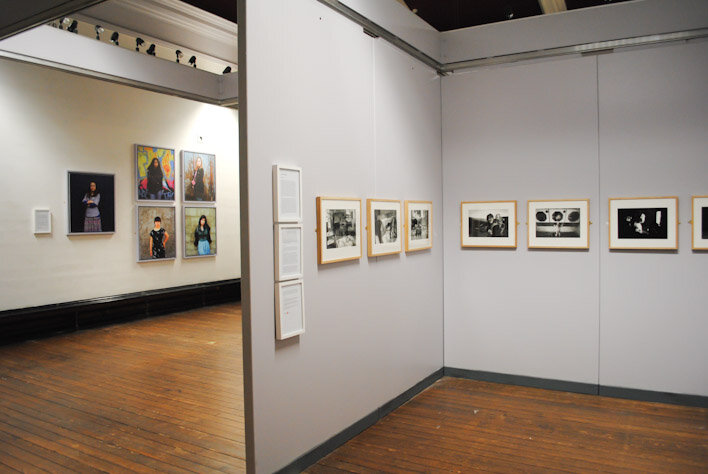
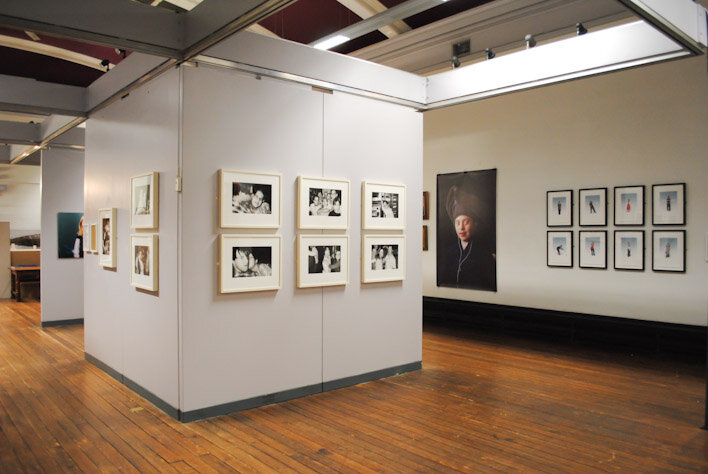
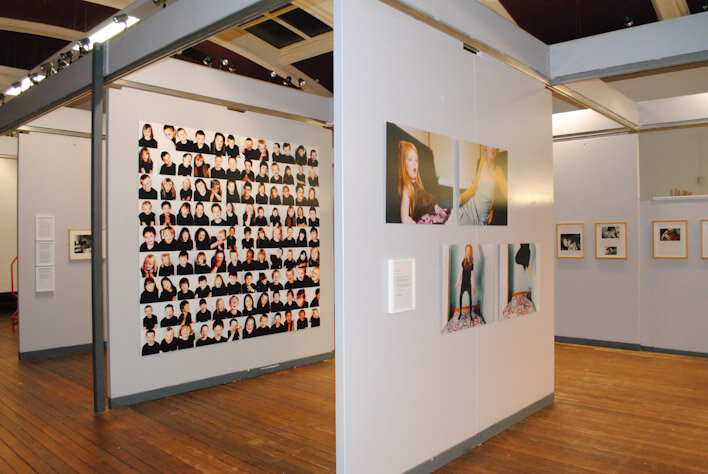
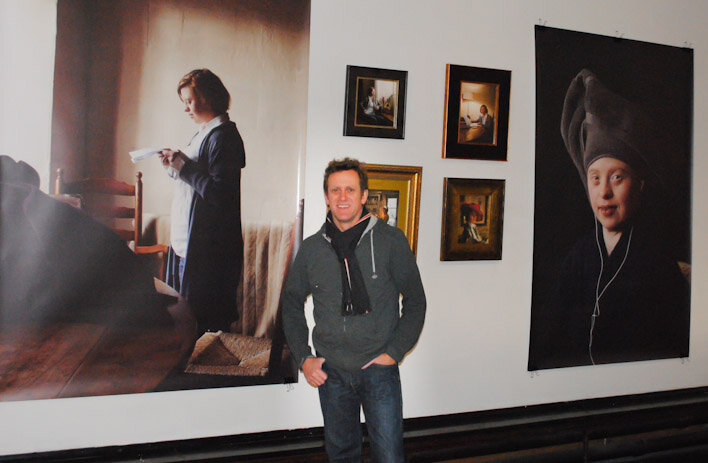
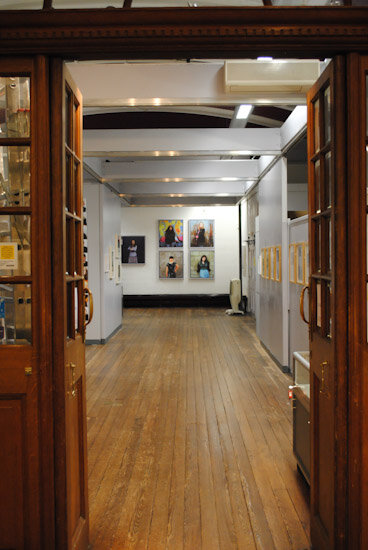

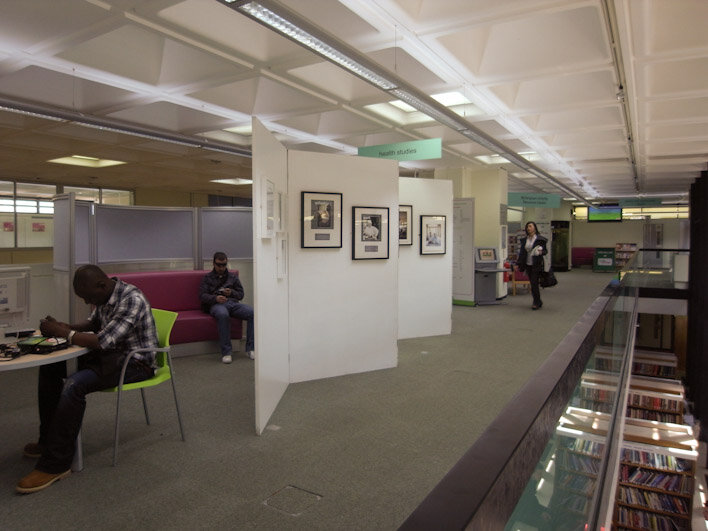

![P1030221[1].jpg](https://images.squarespace-cdn.com/content/v1/5de7b83b2a399c17e34ca74c/1576337593551-3BHZ7GX54CBY0VU1WKFS/P1030221%5B1%5D.jpg)
